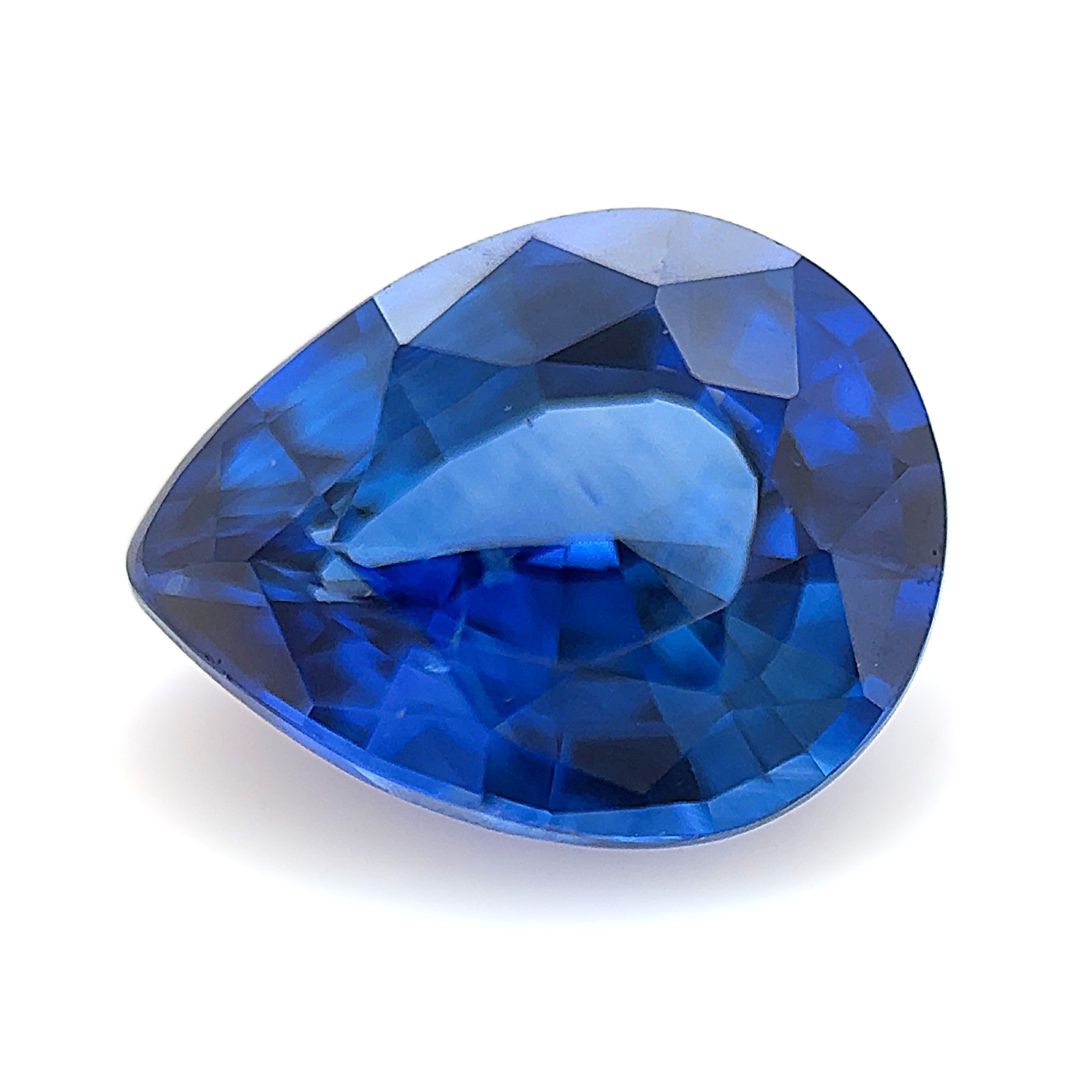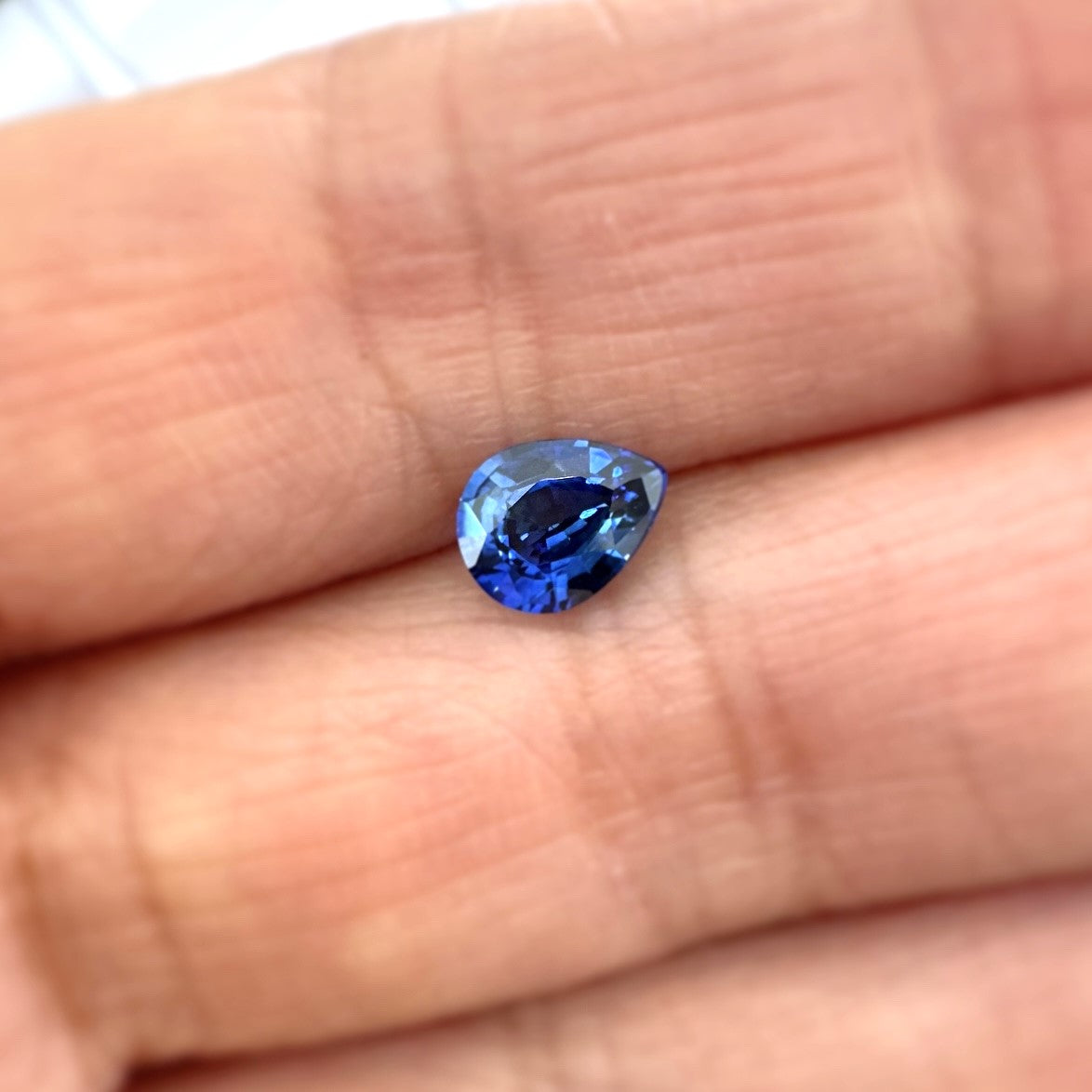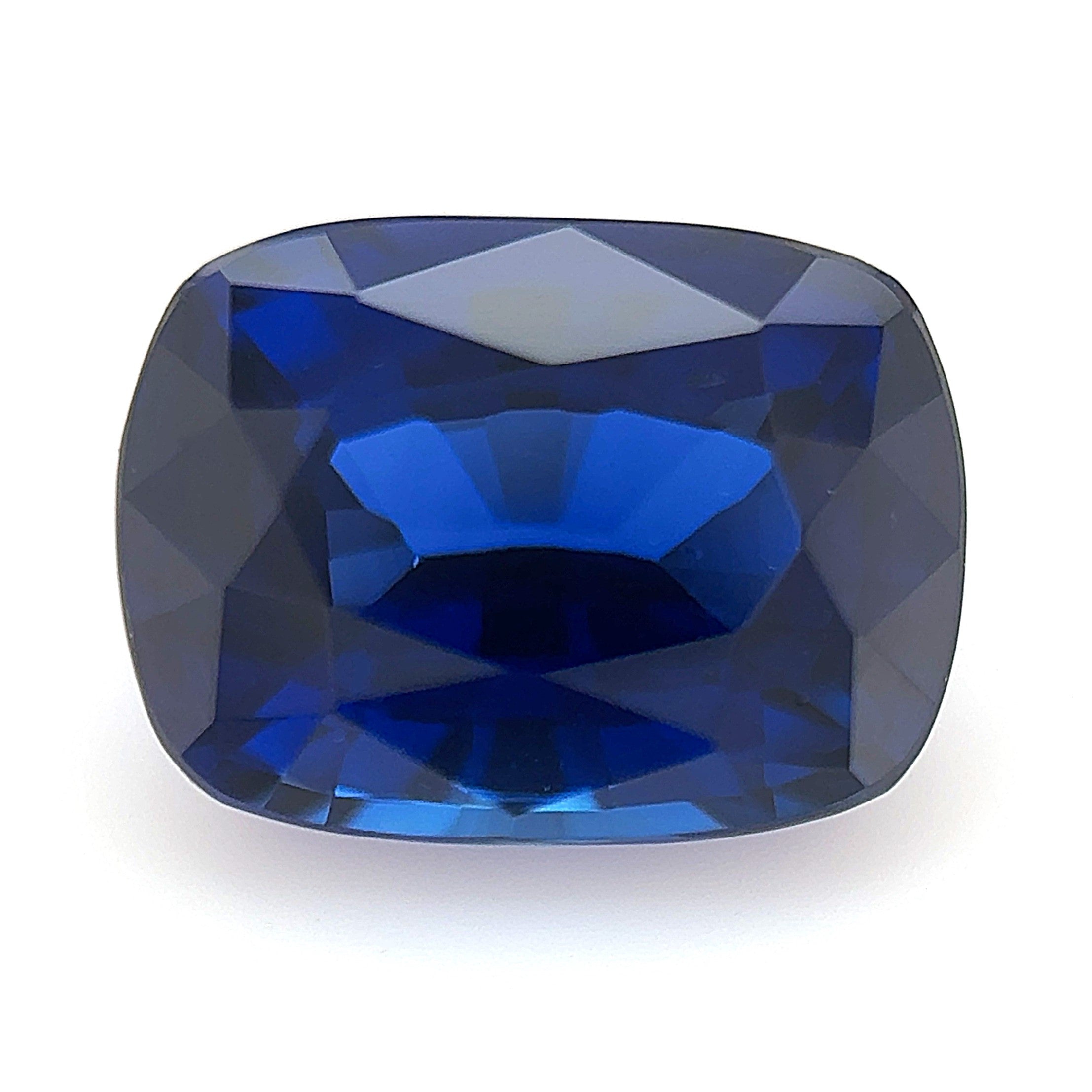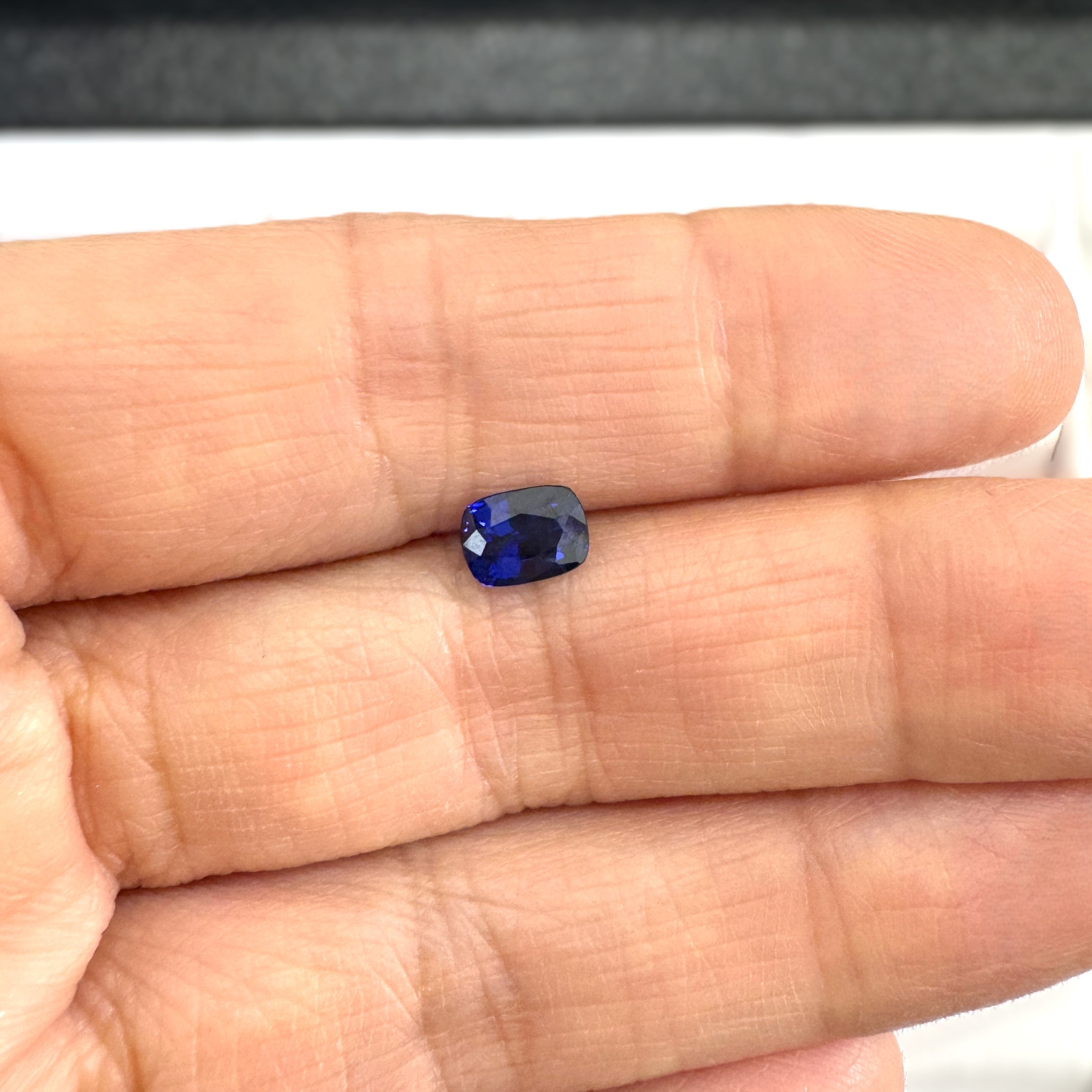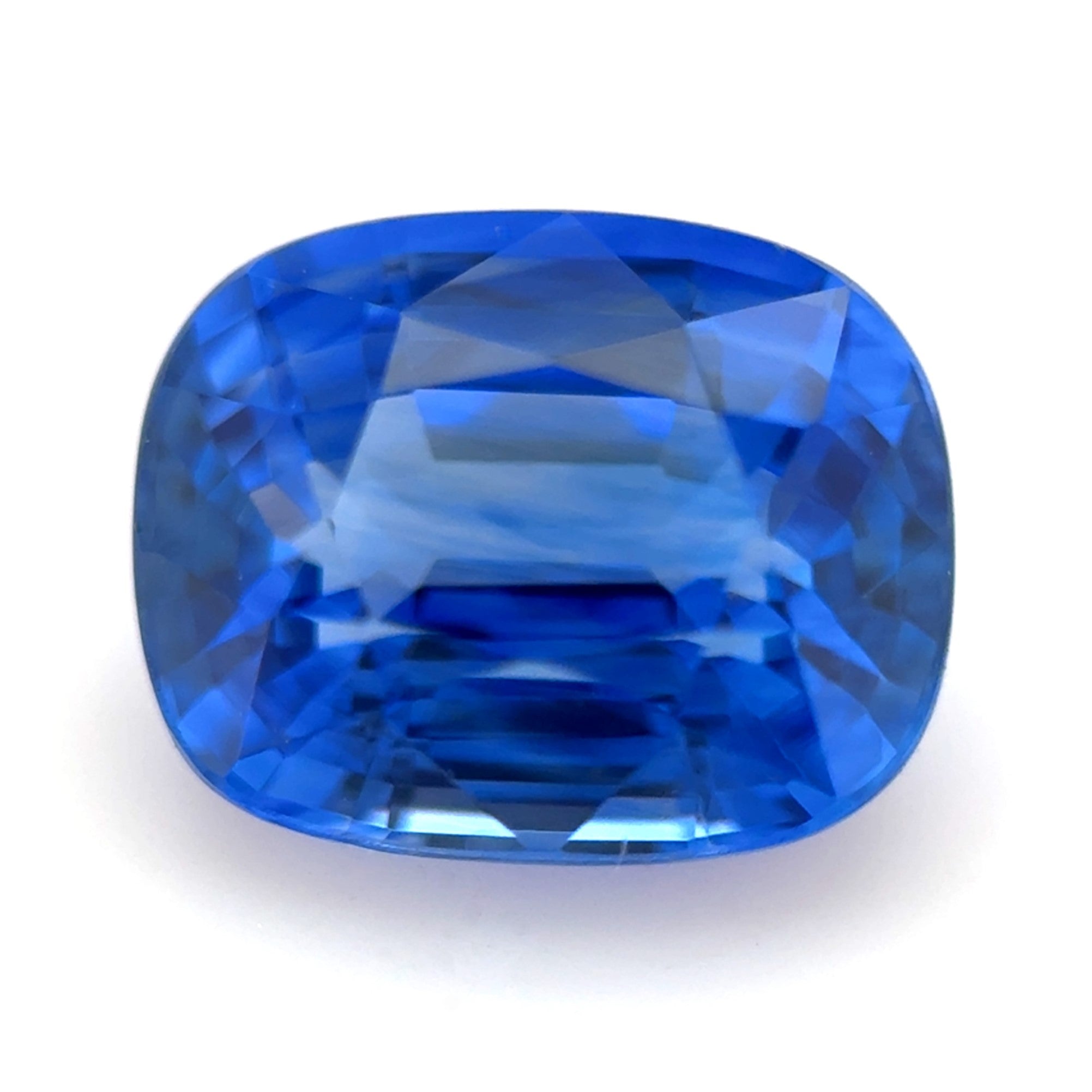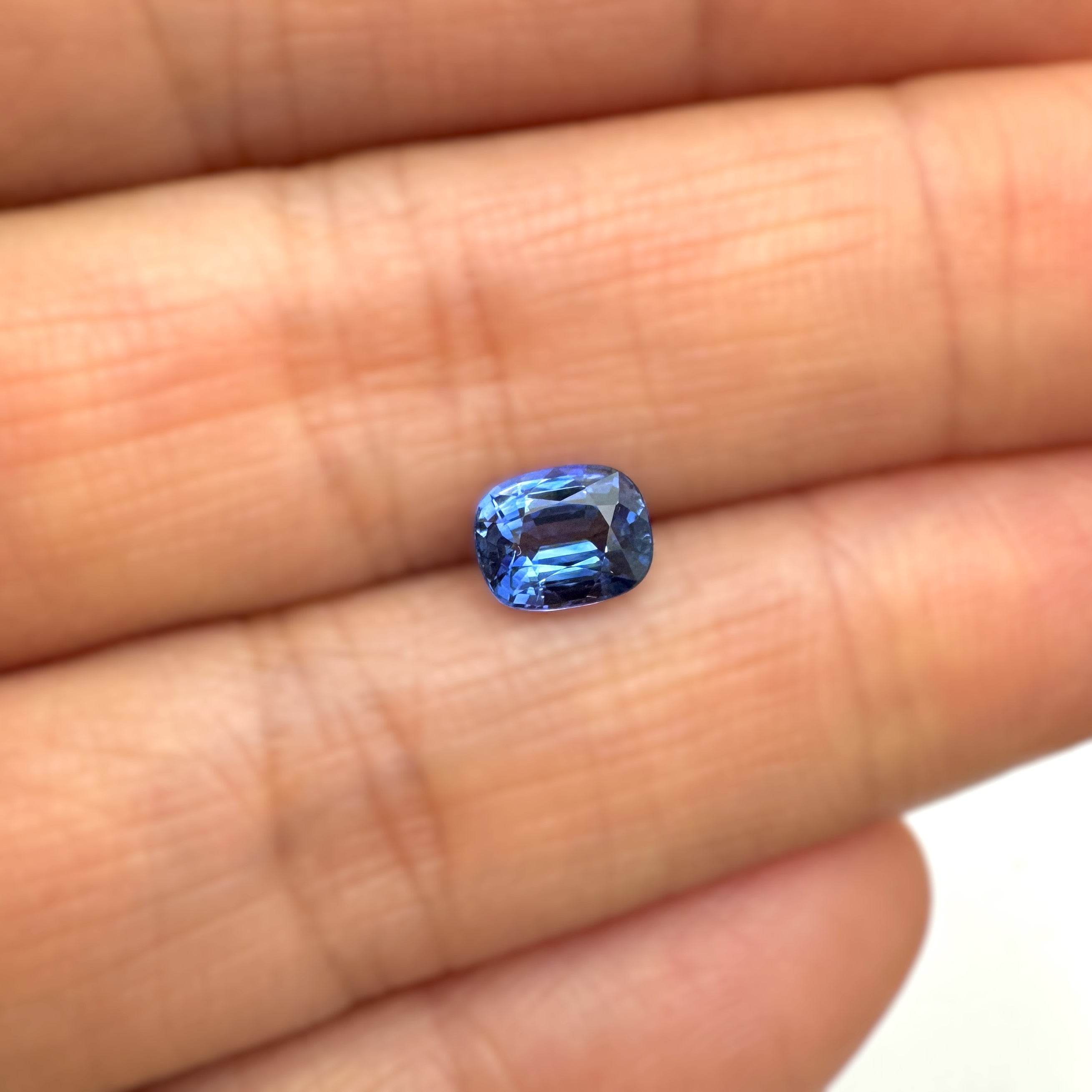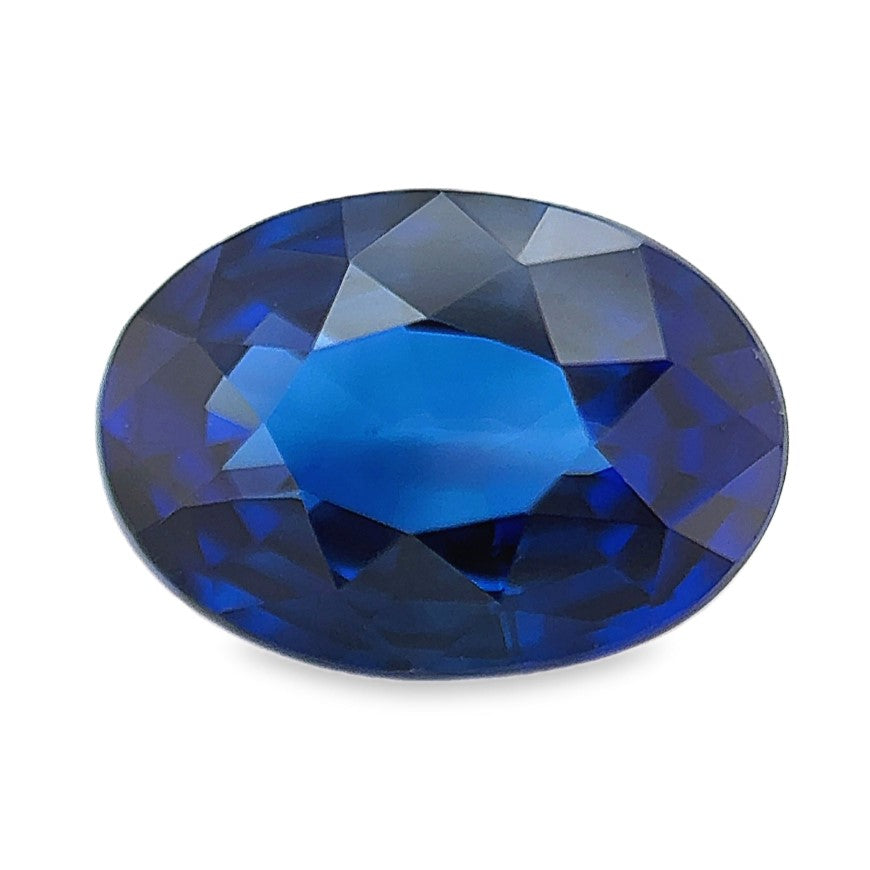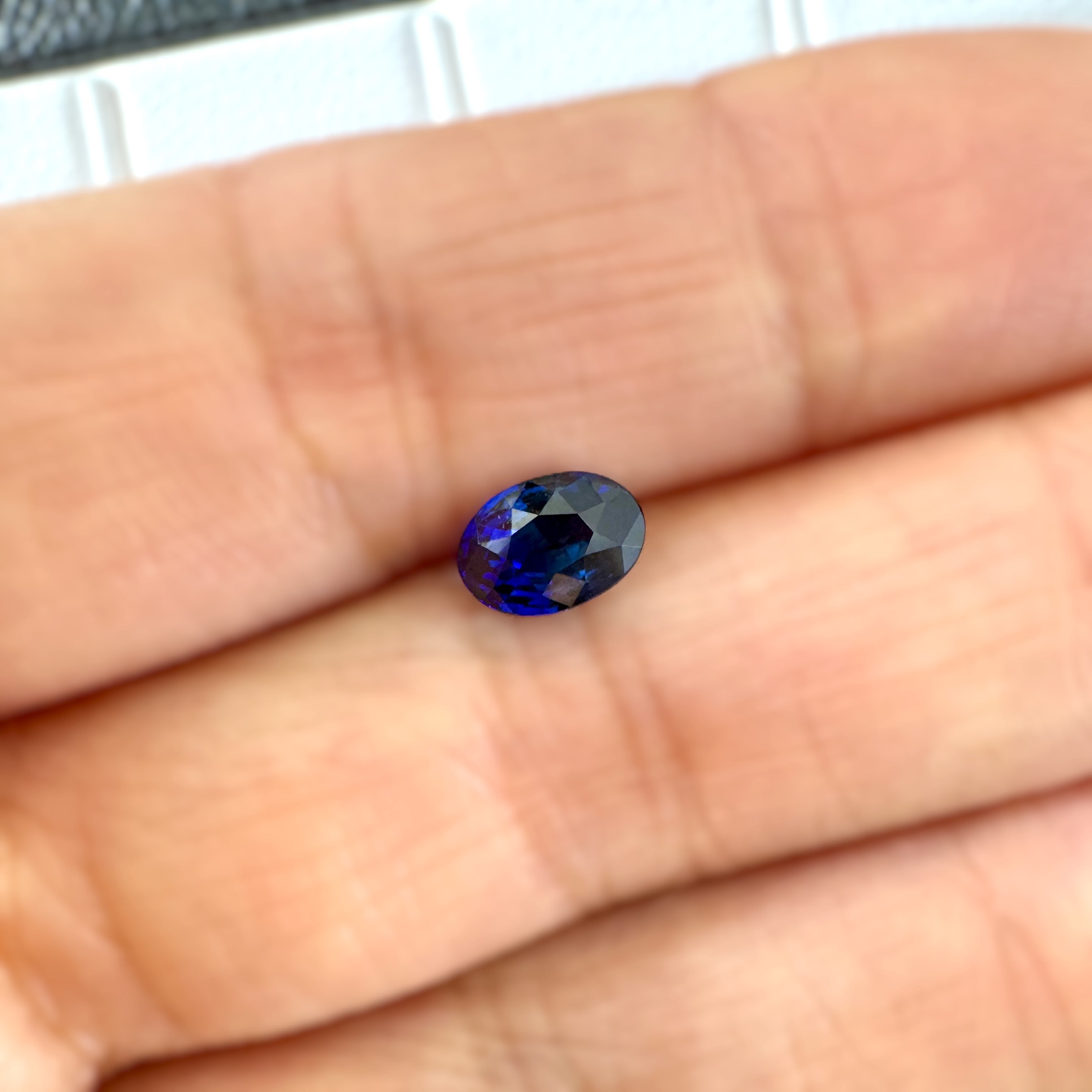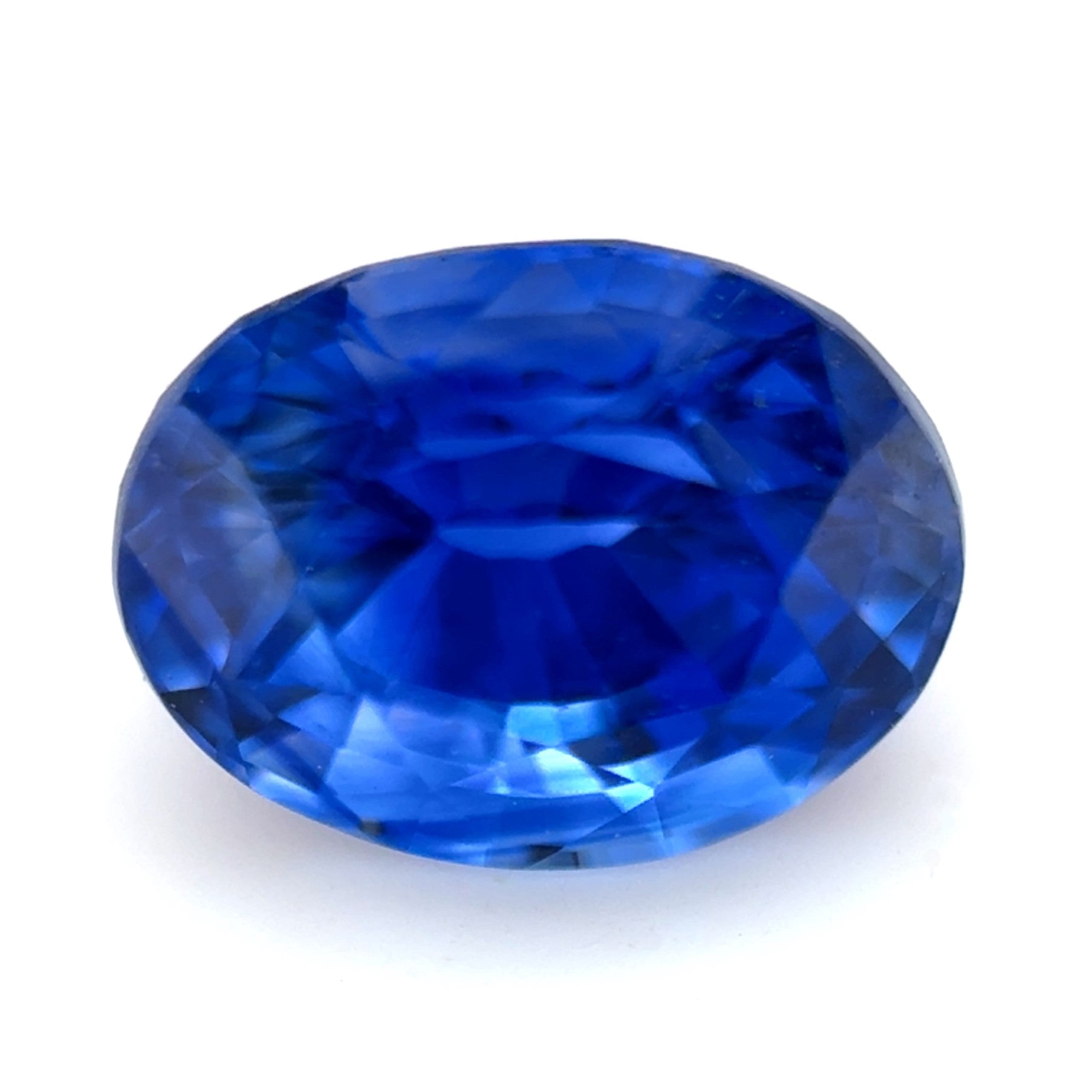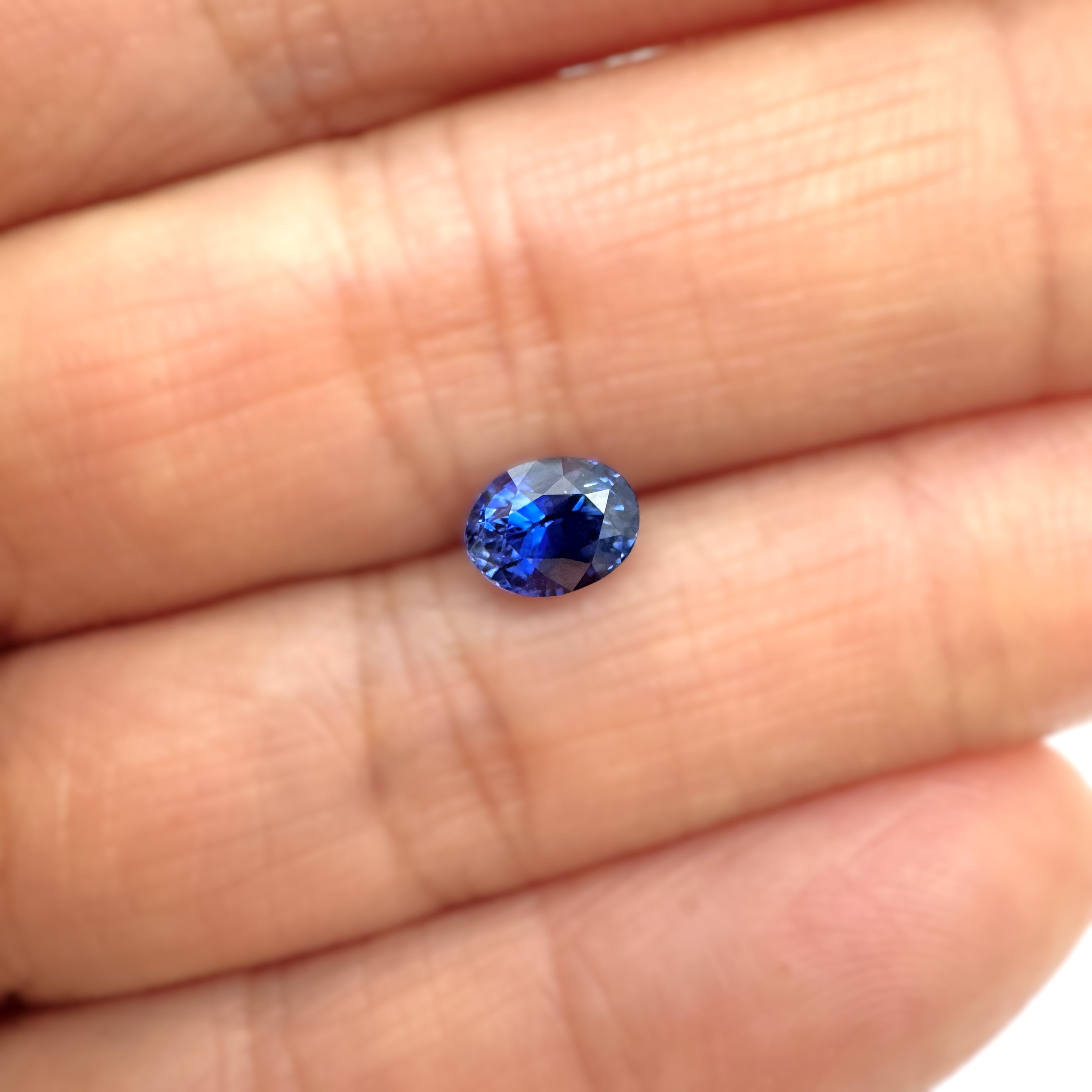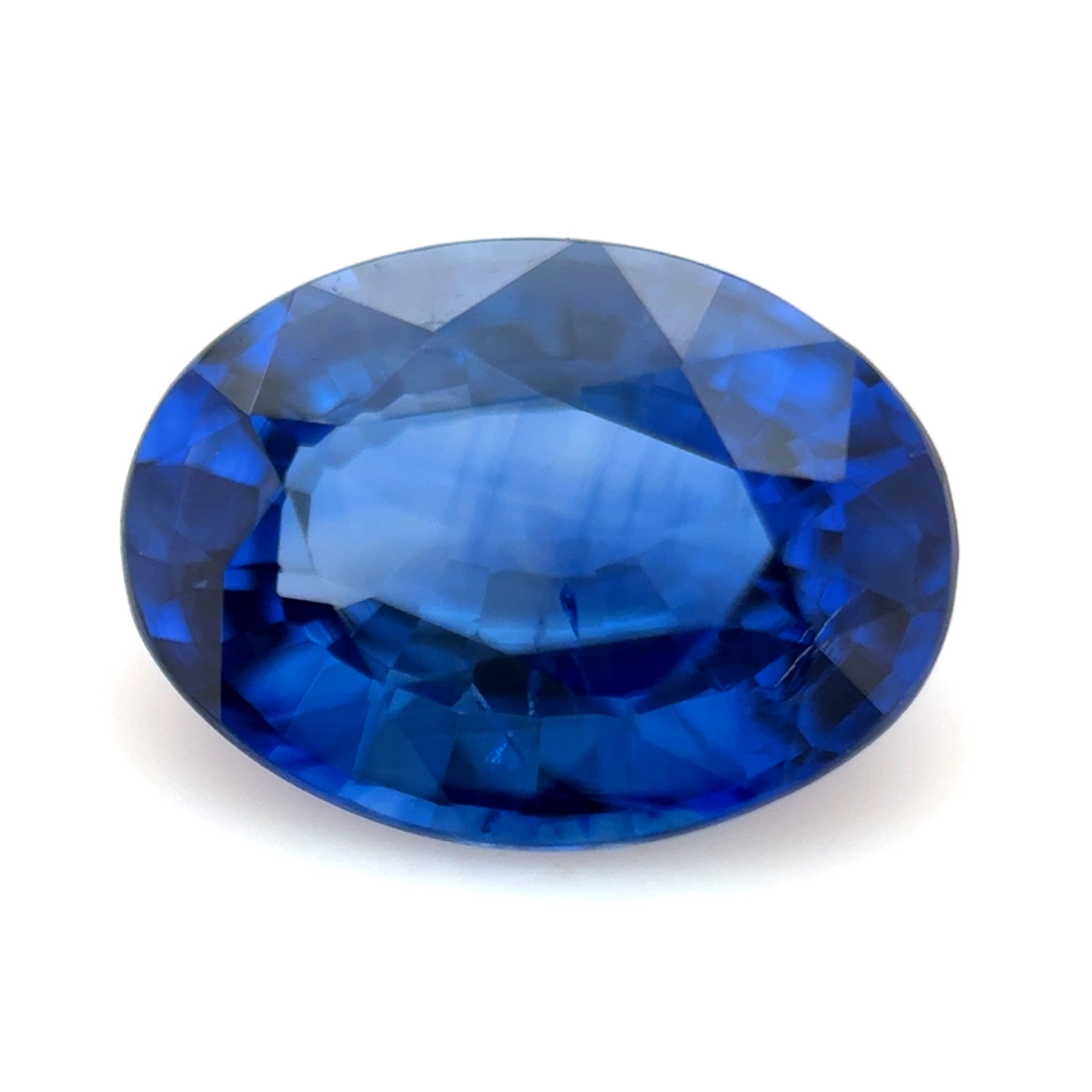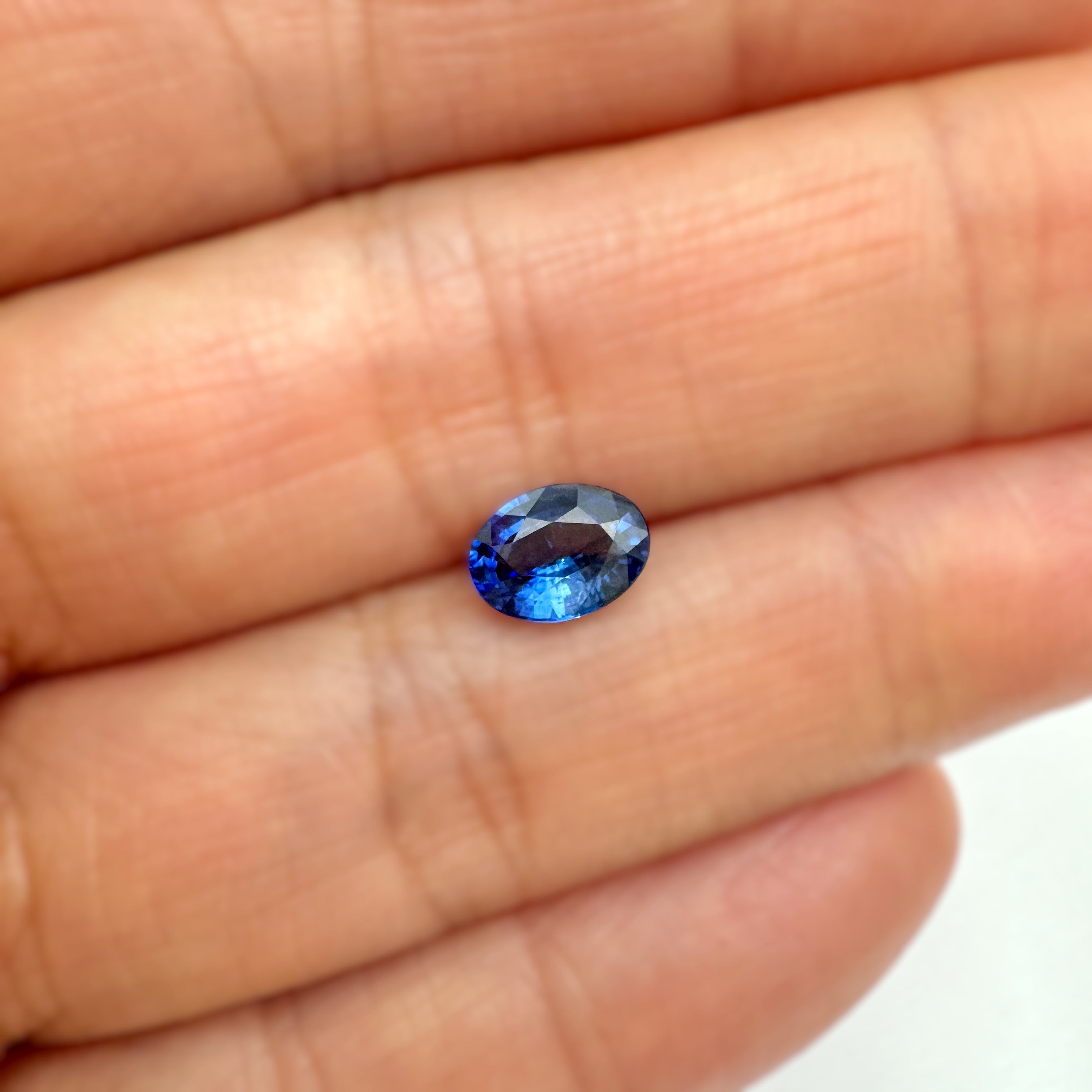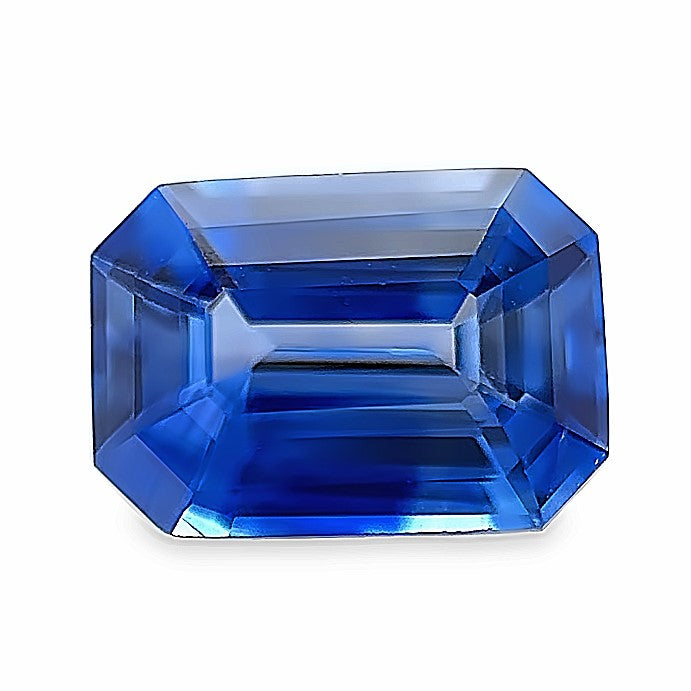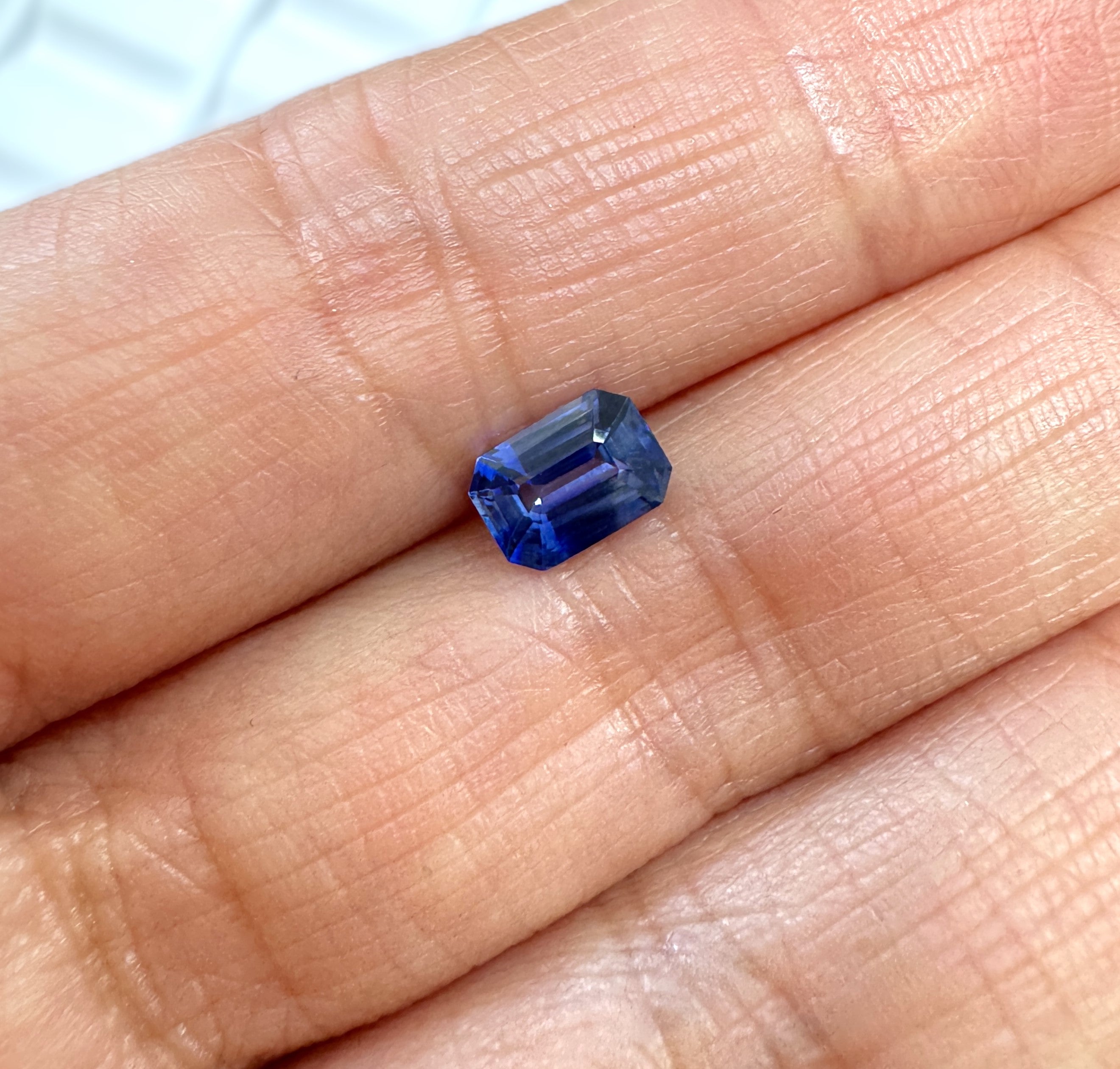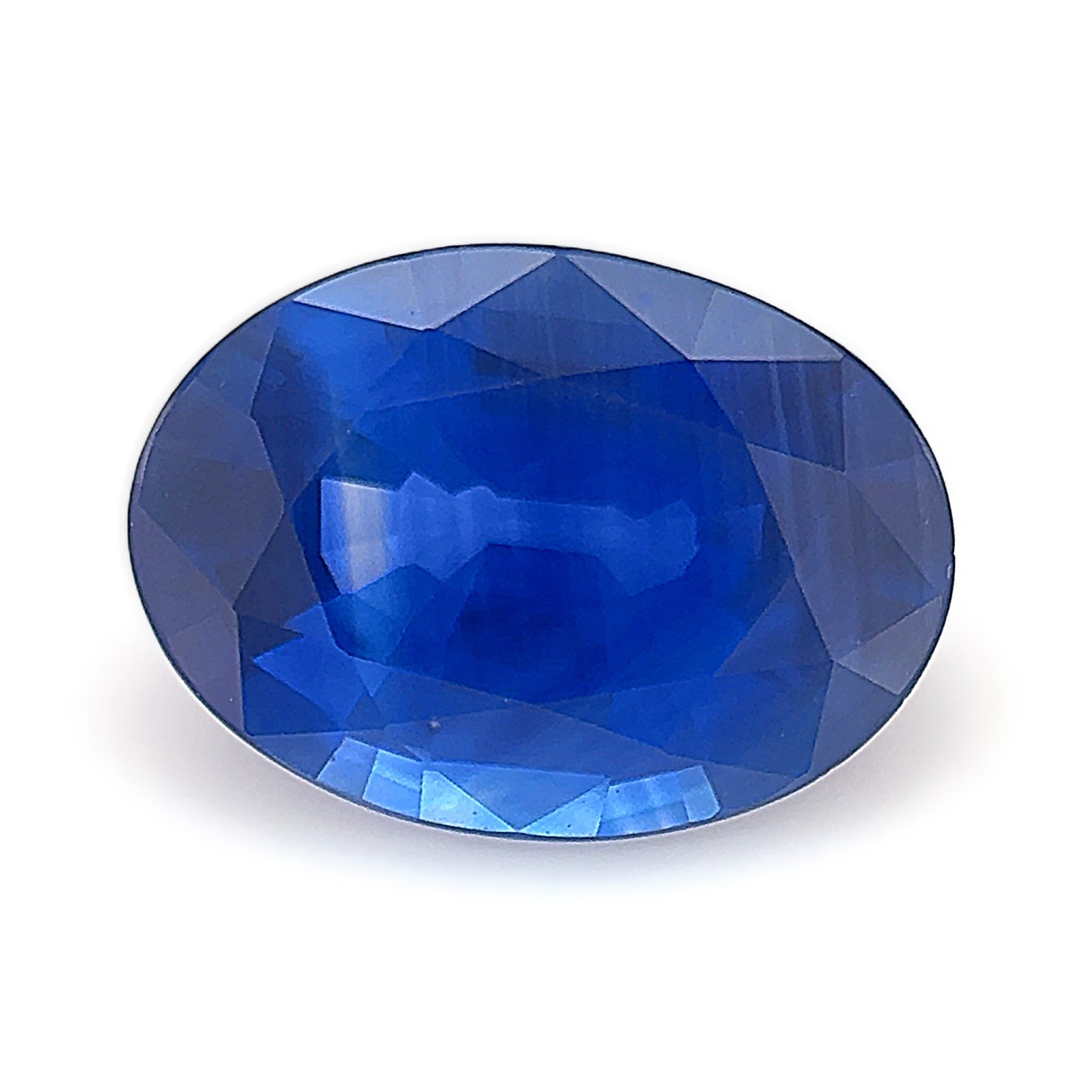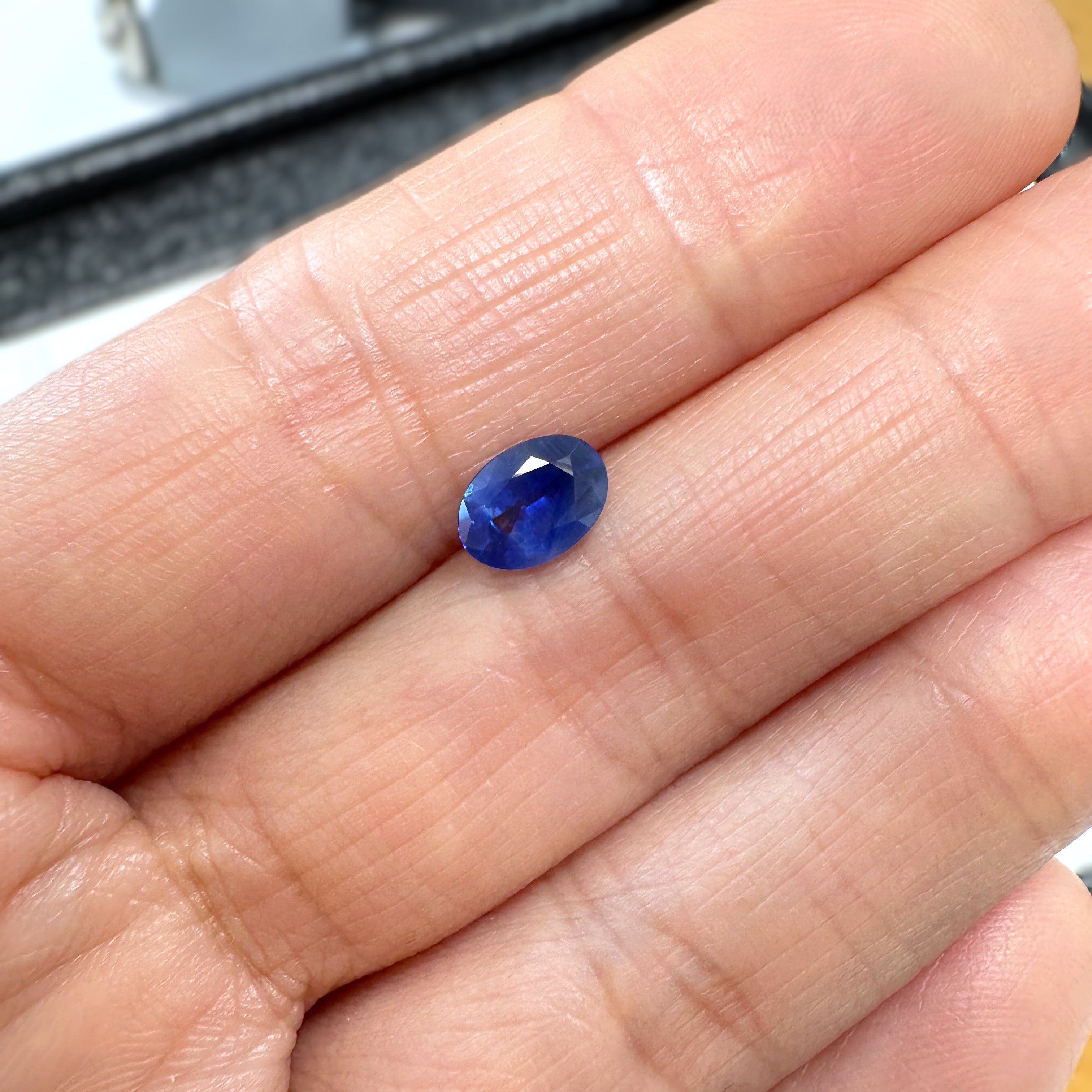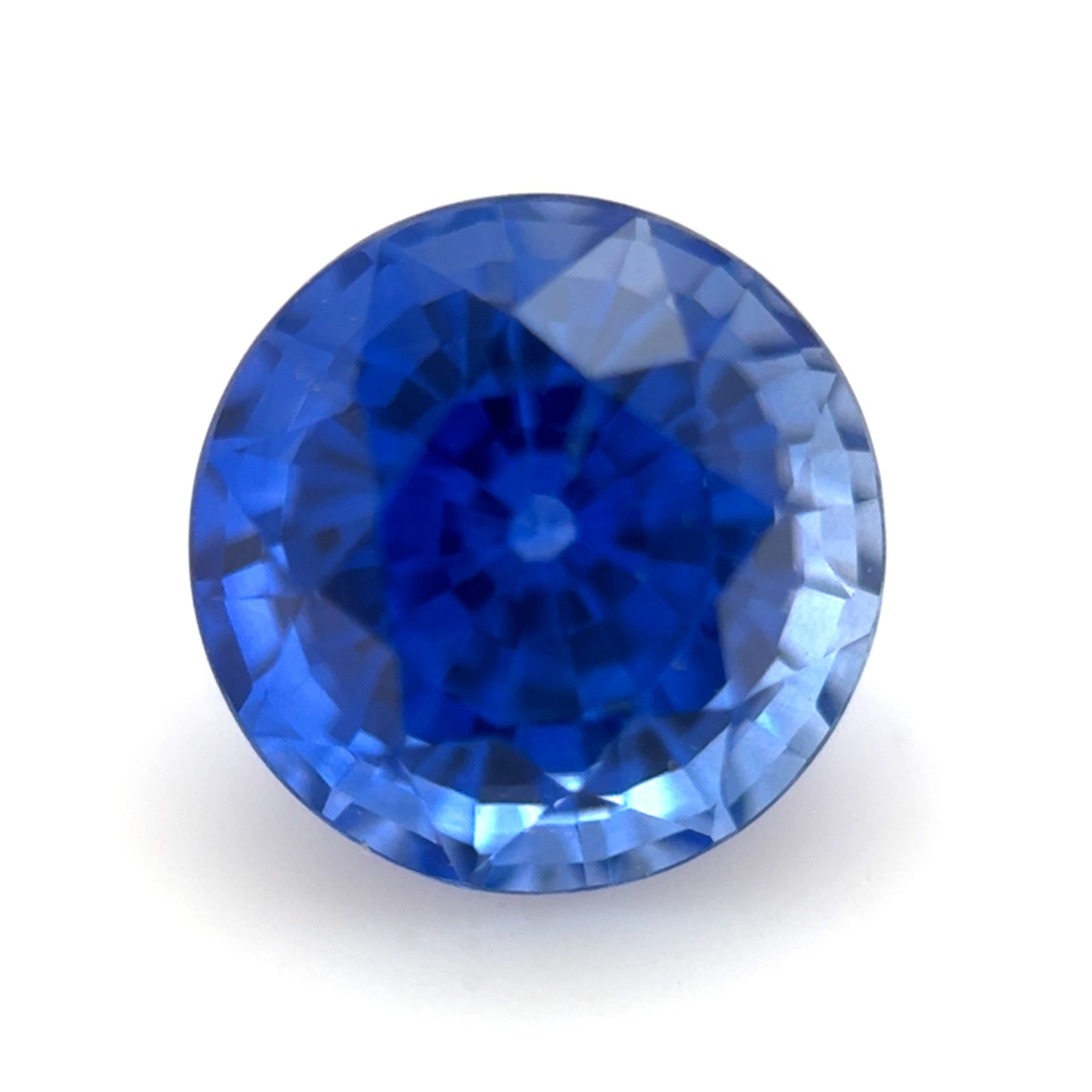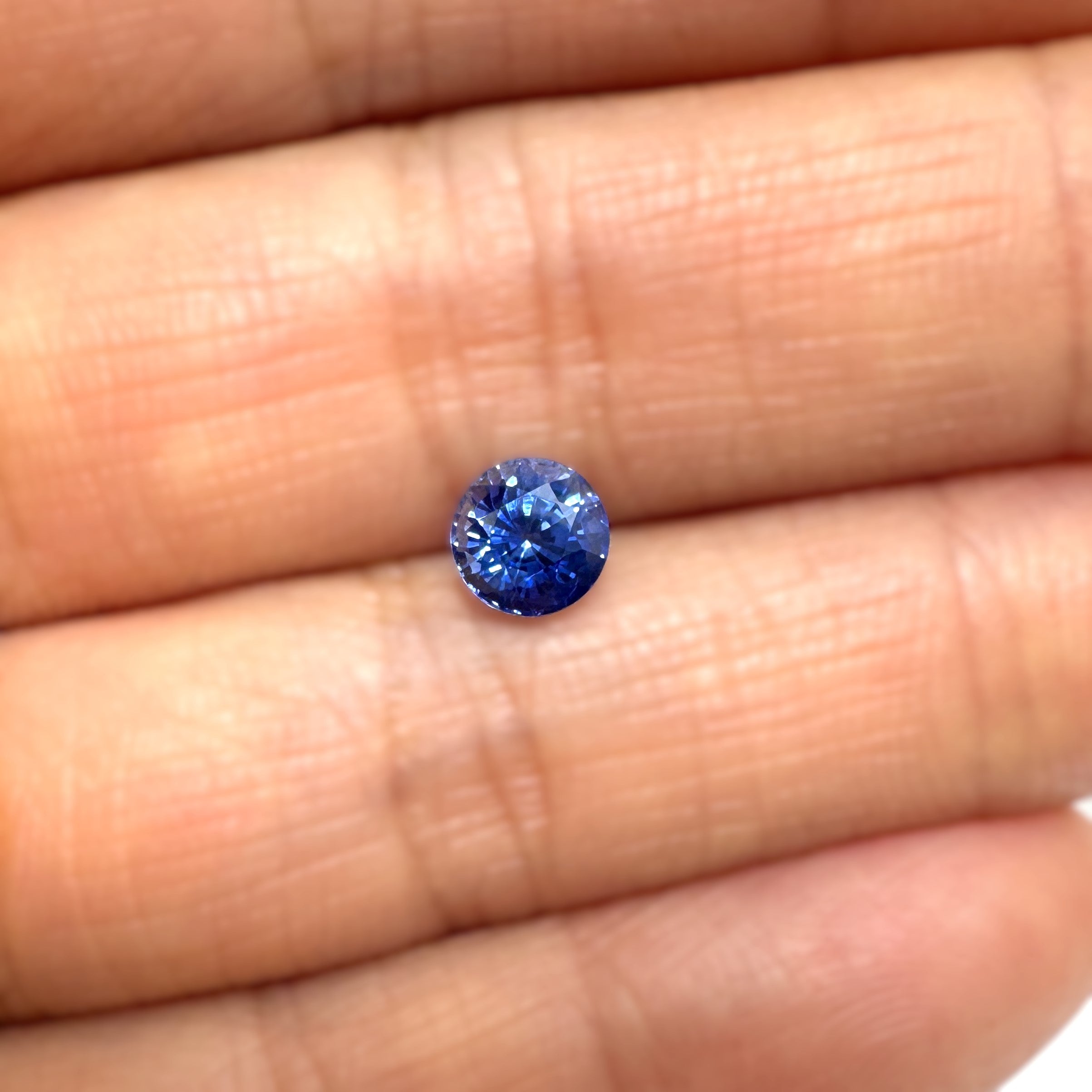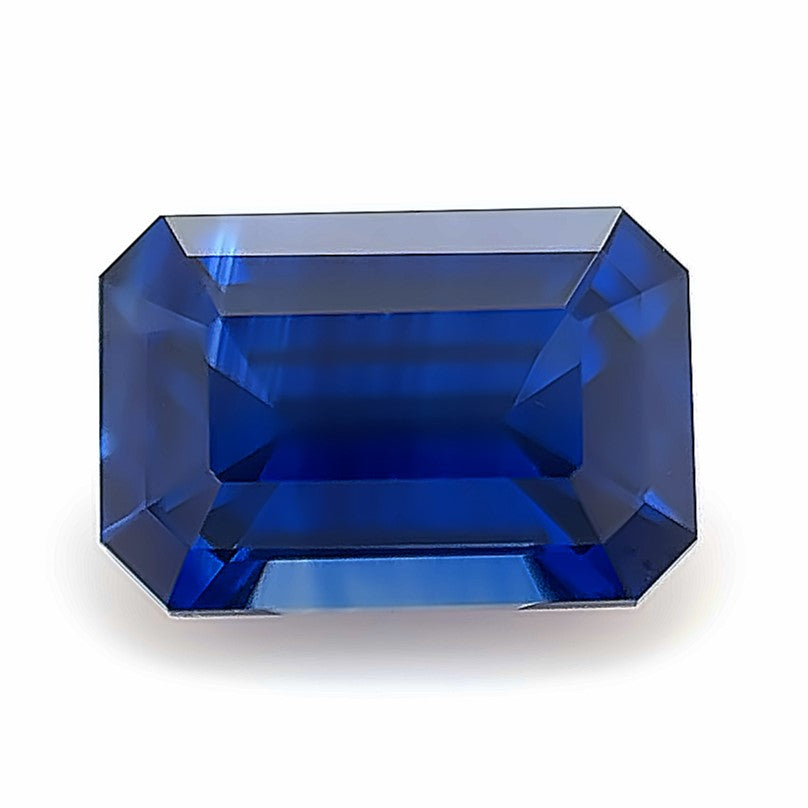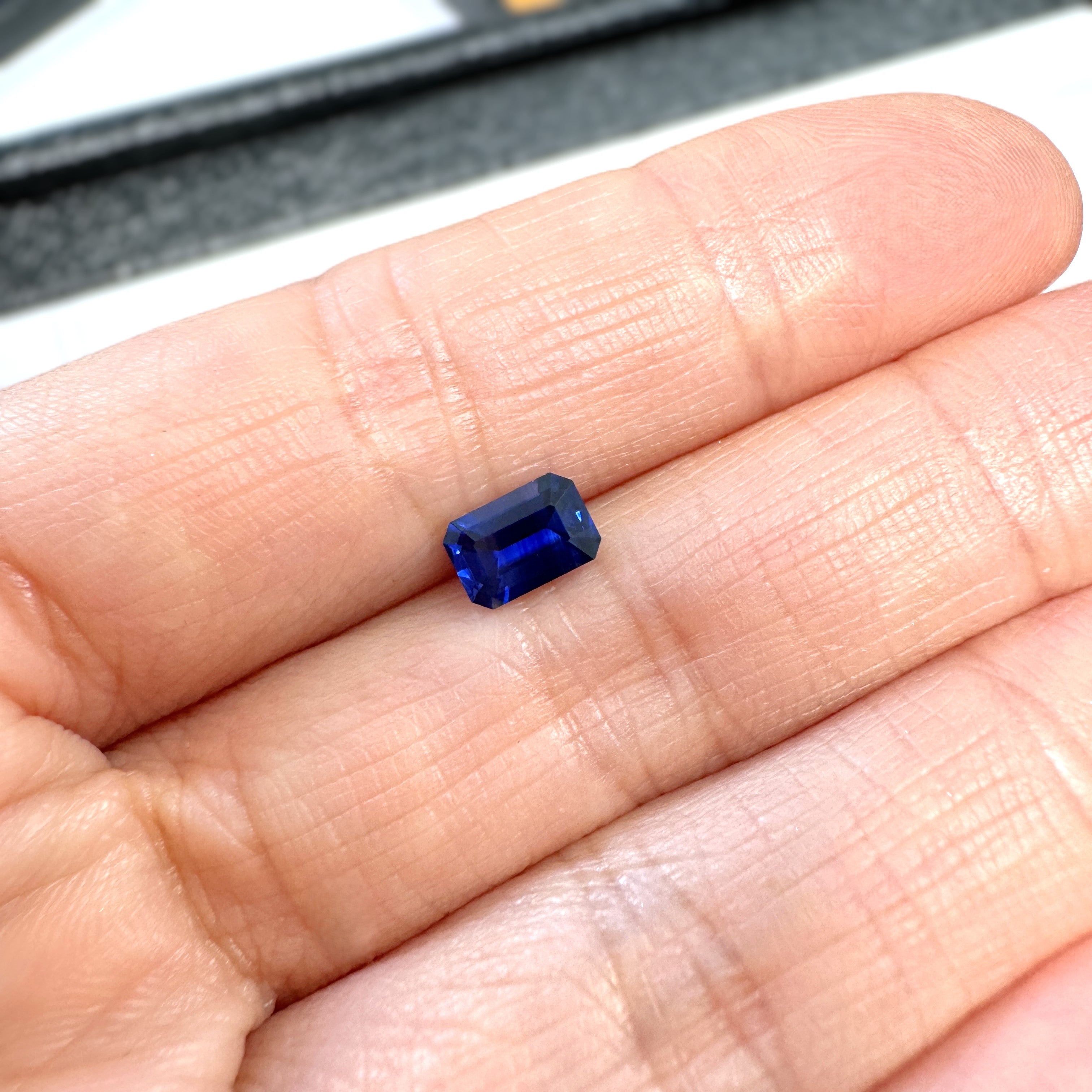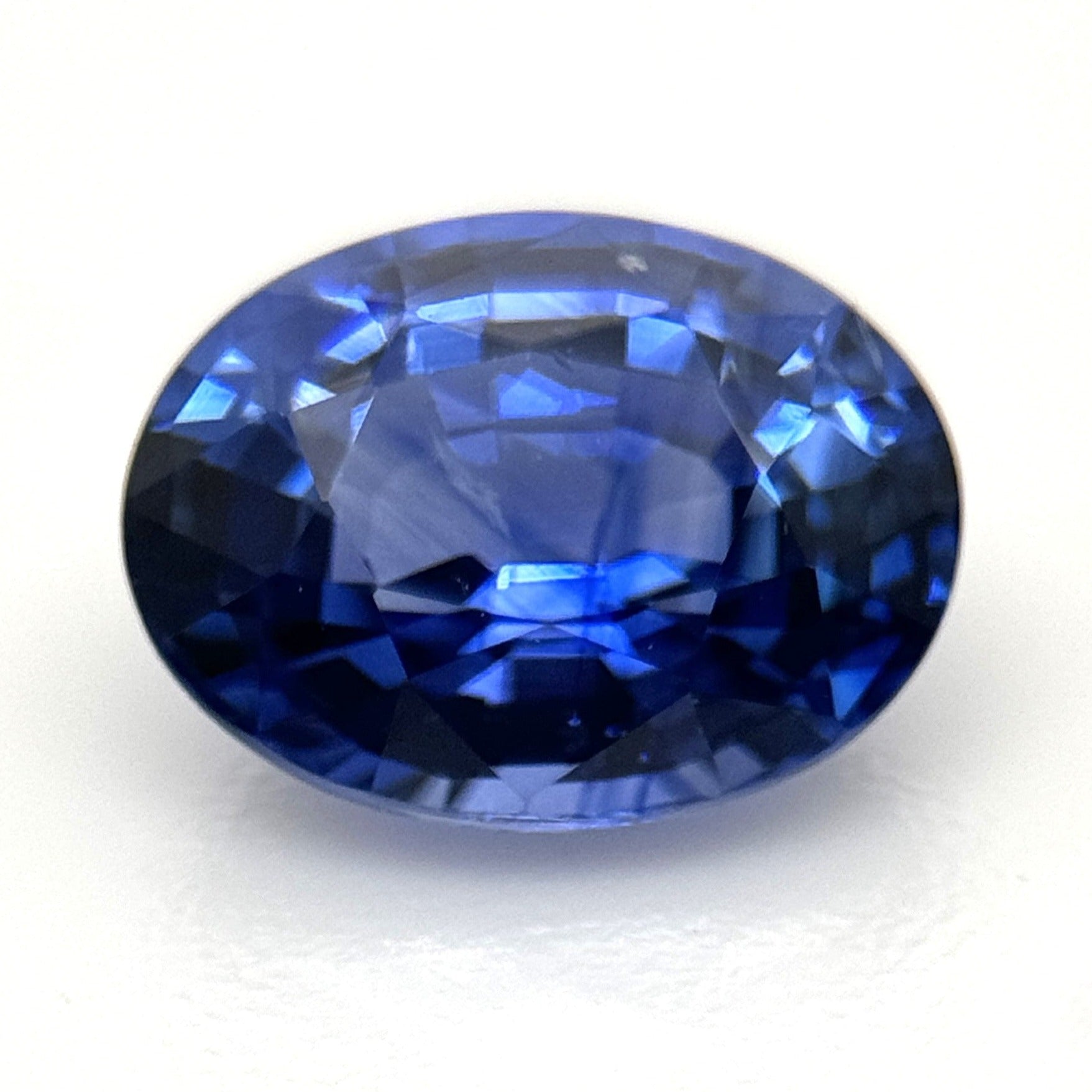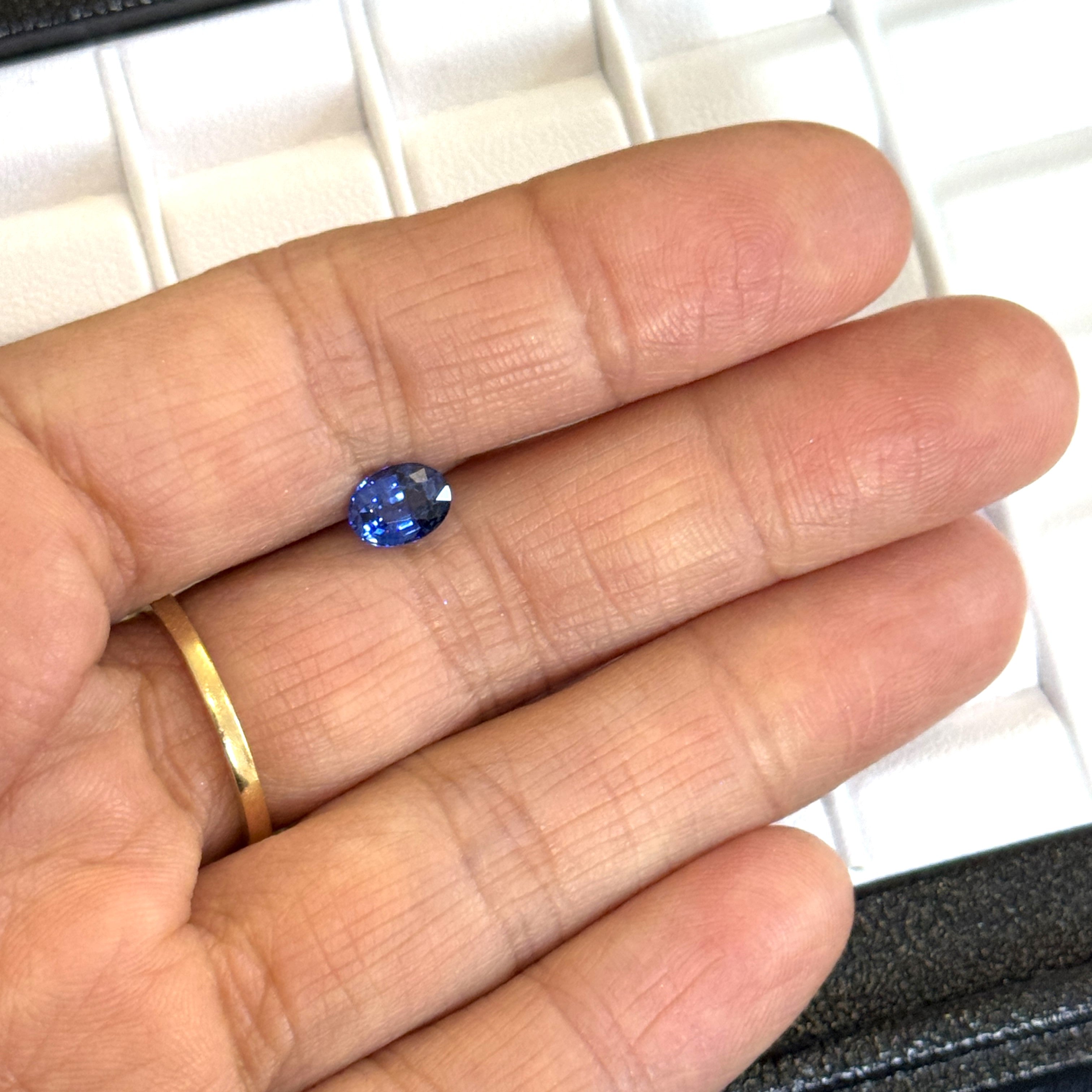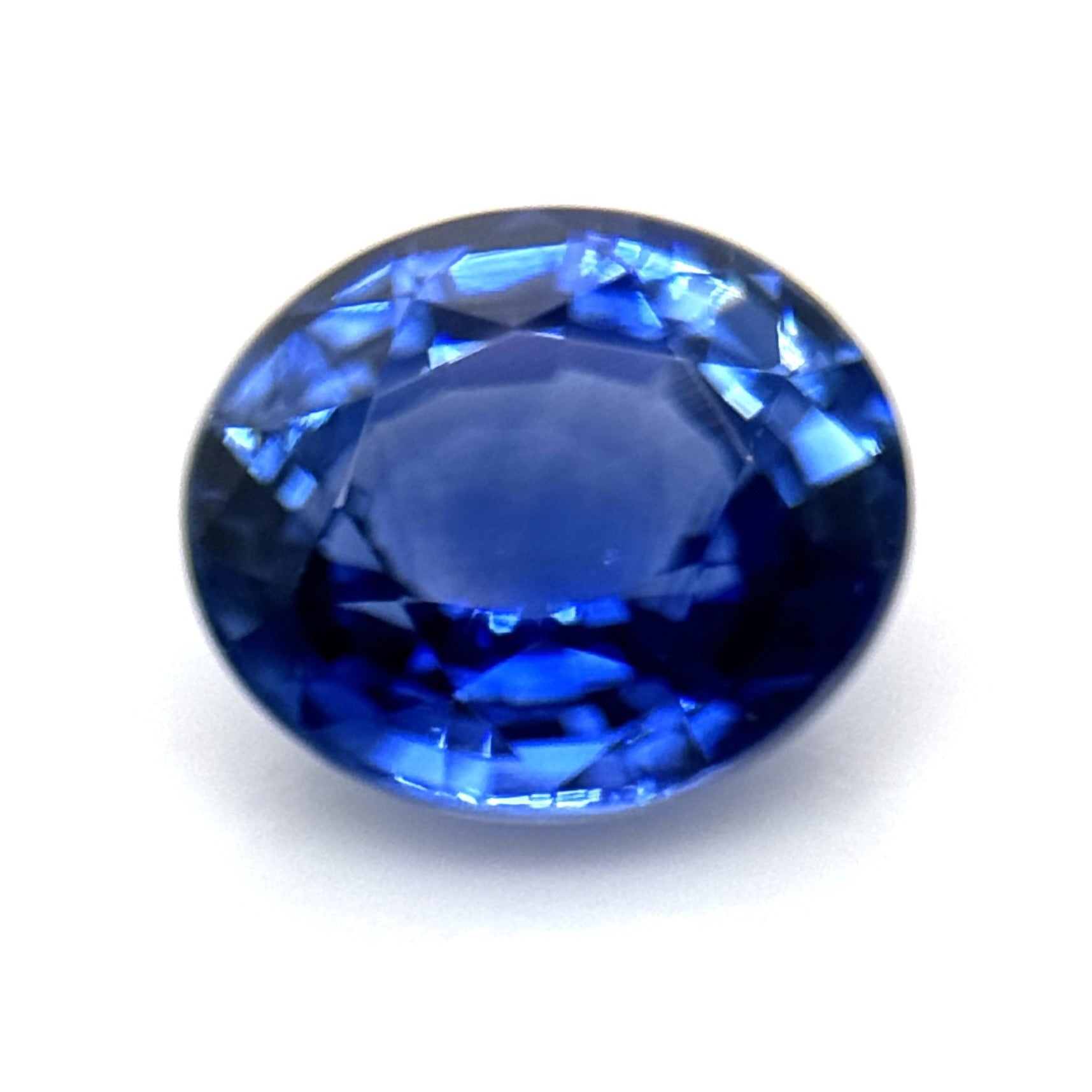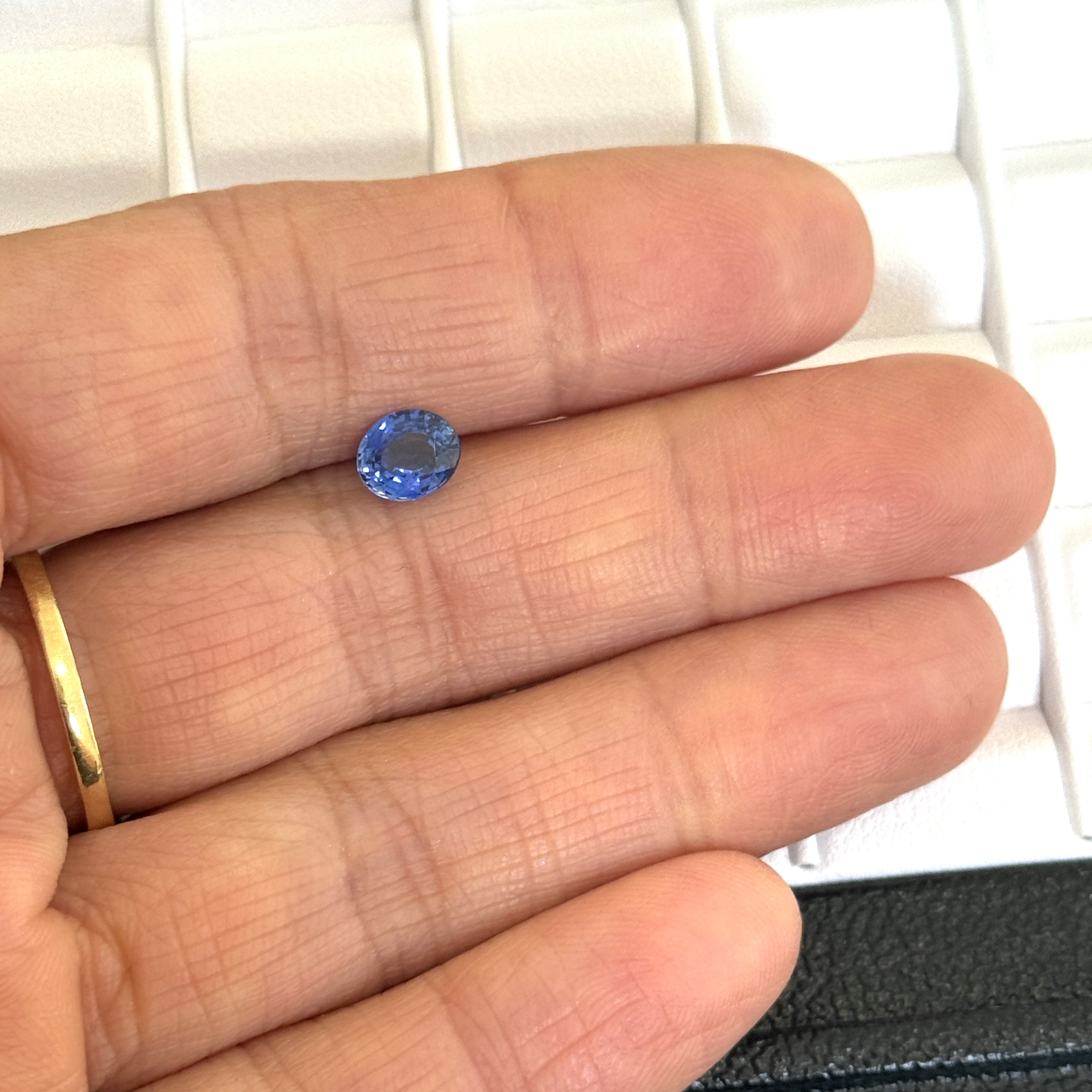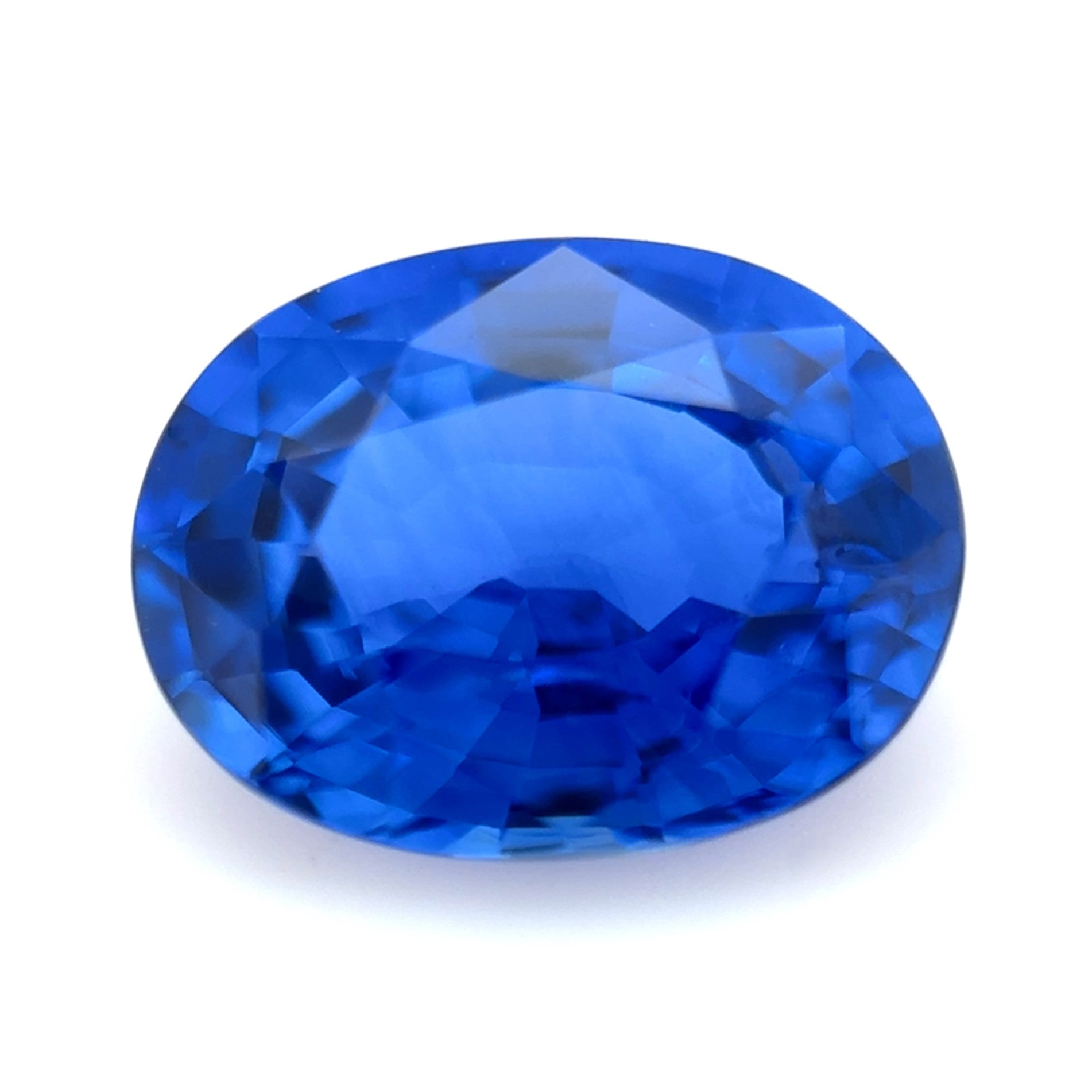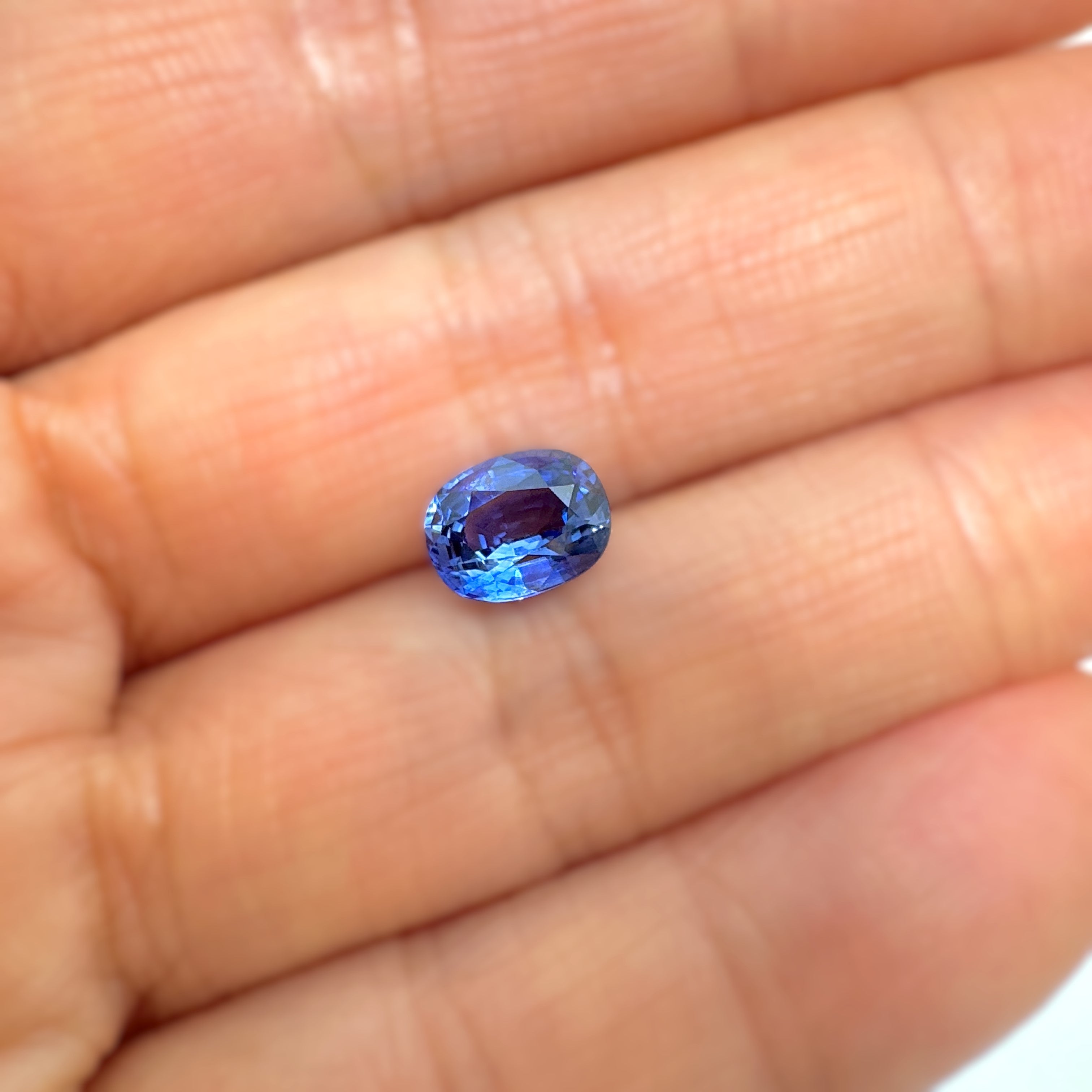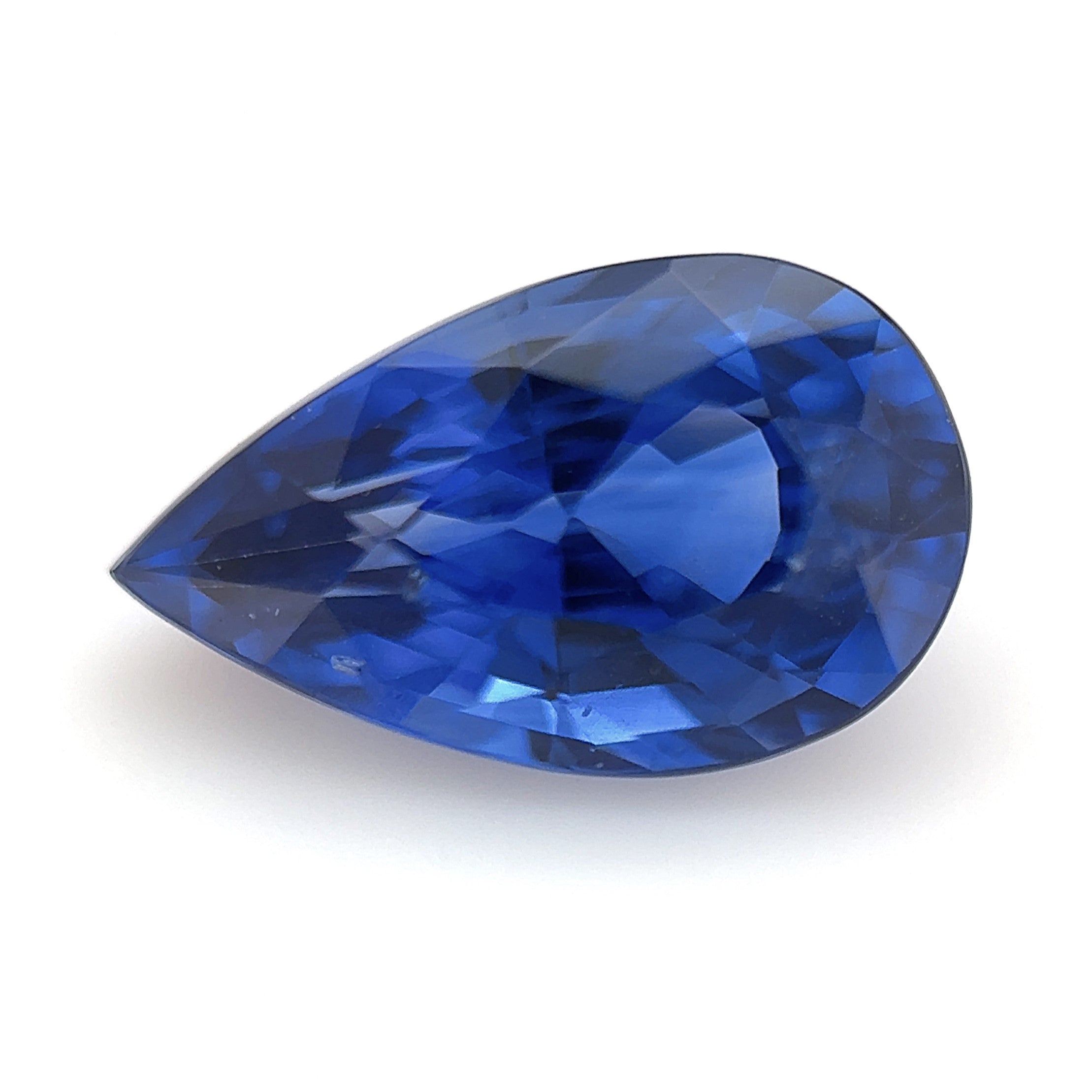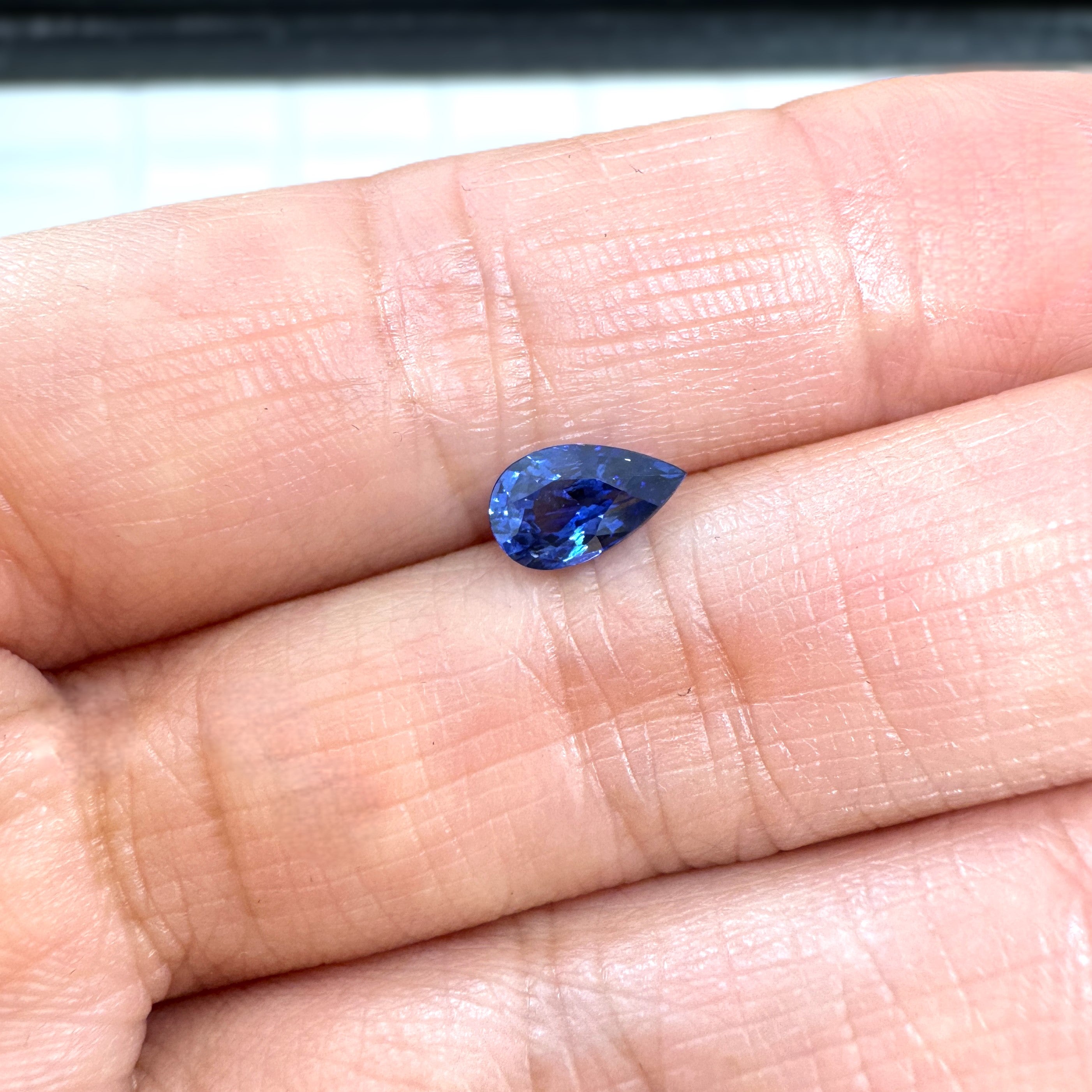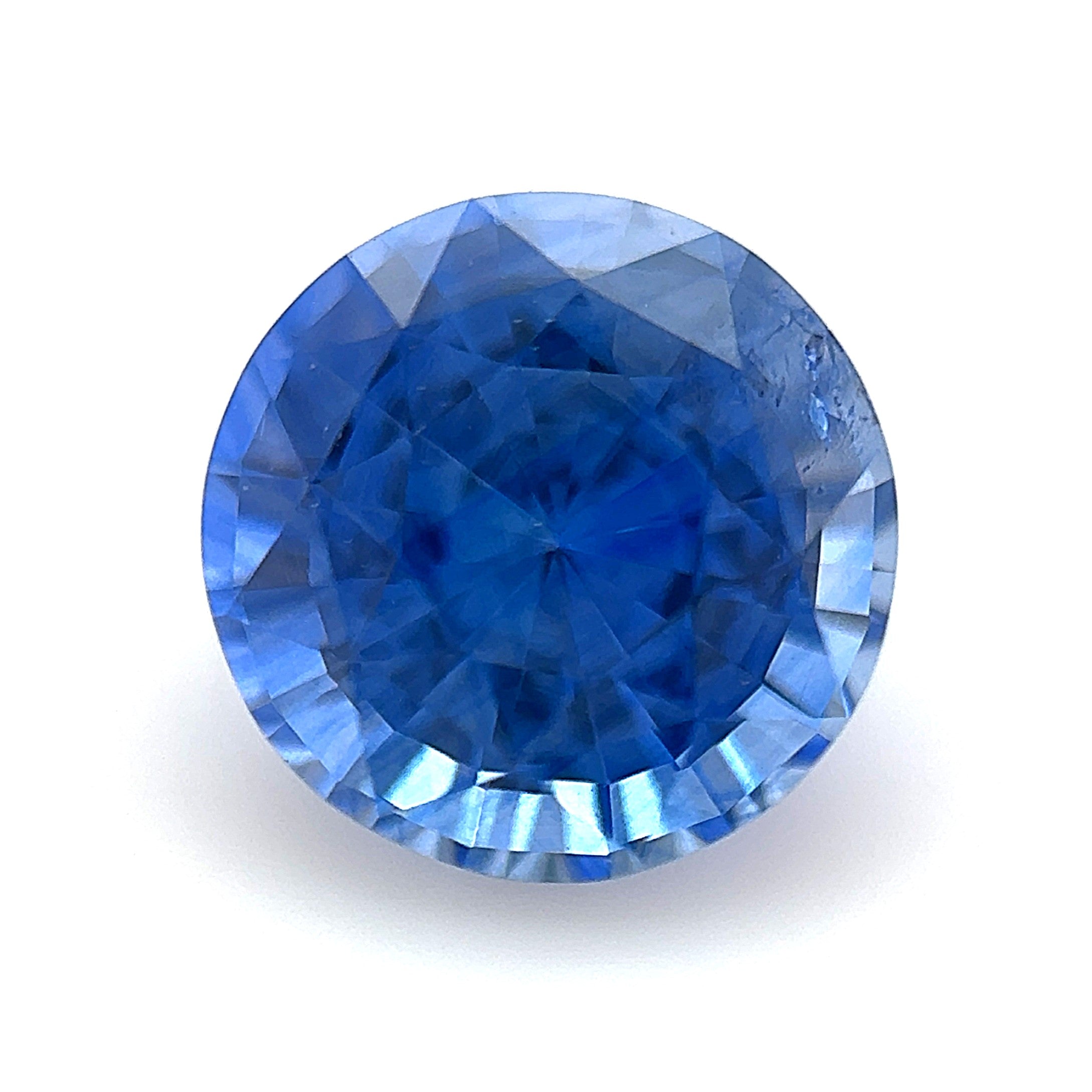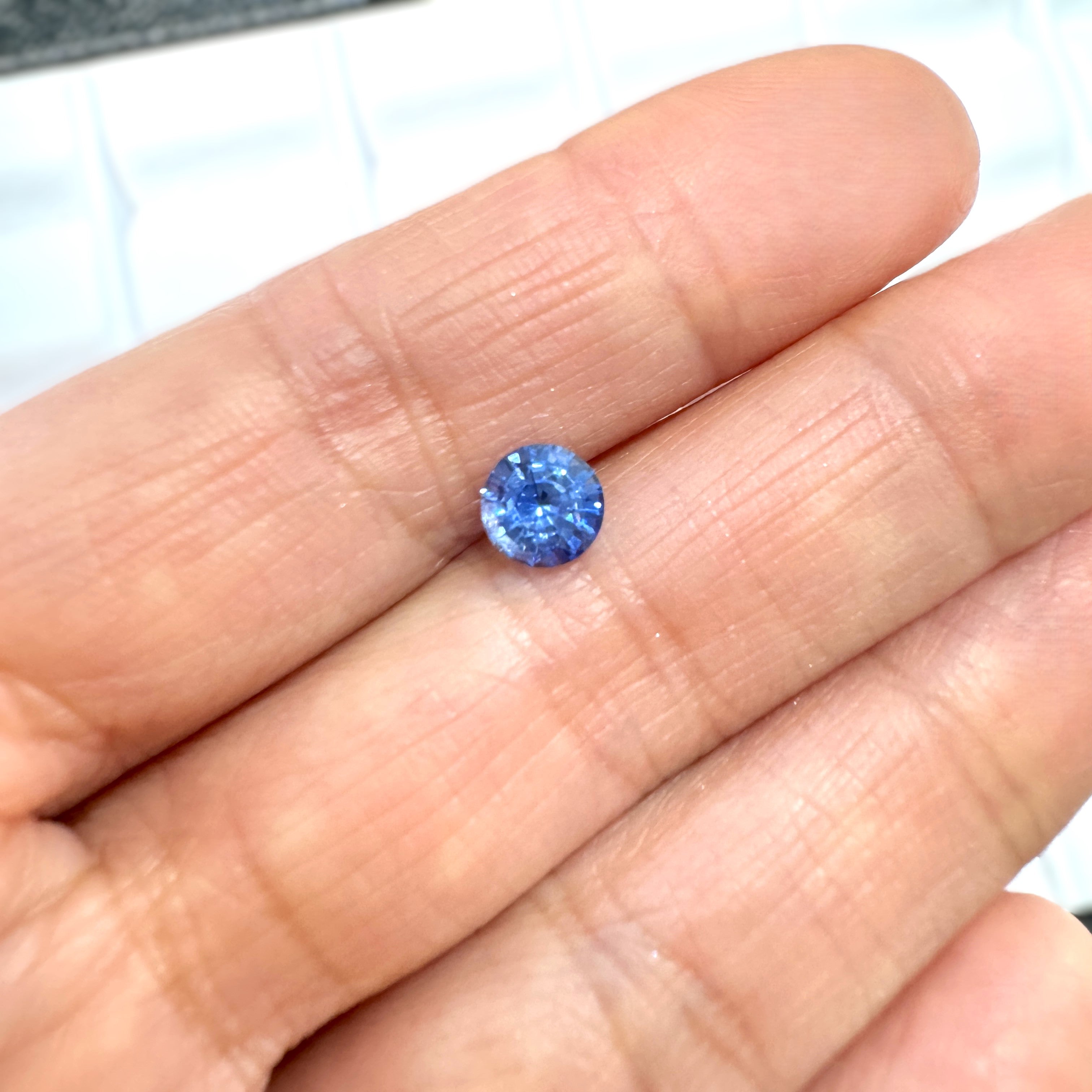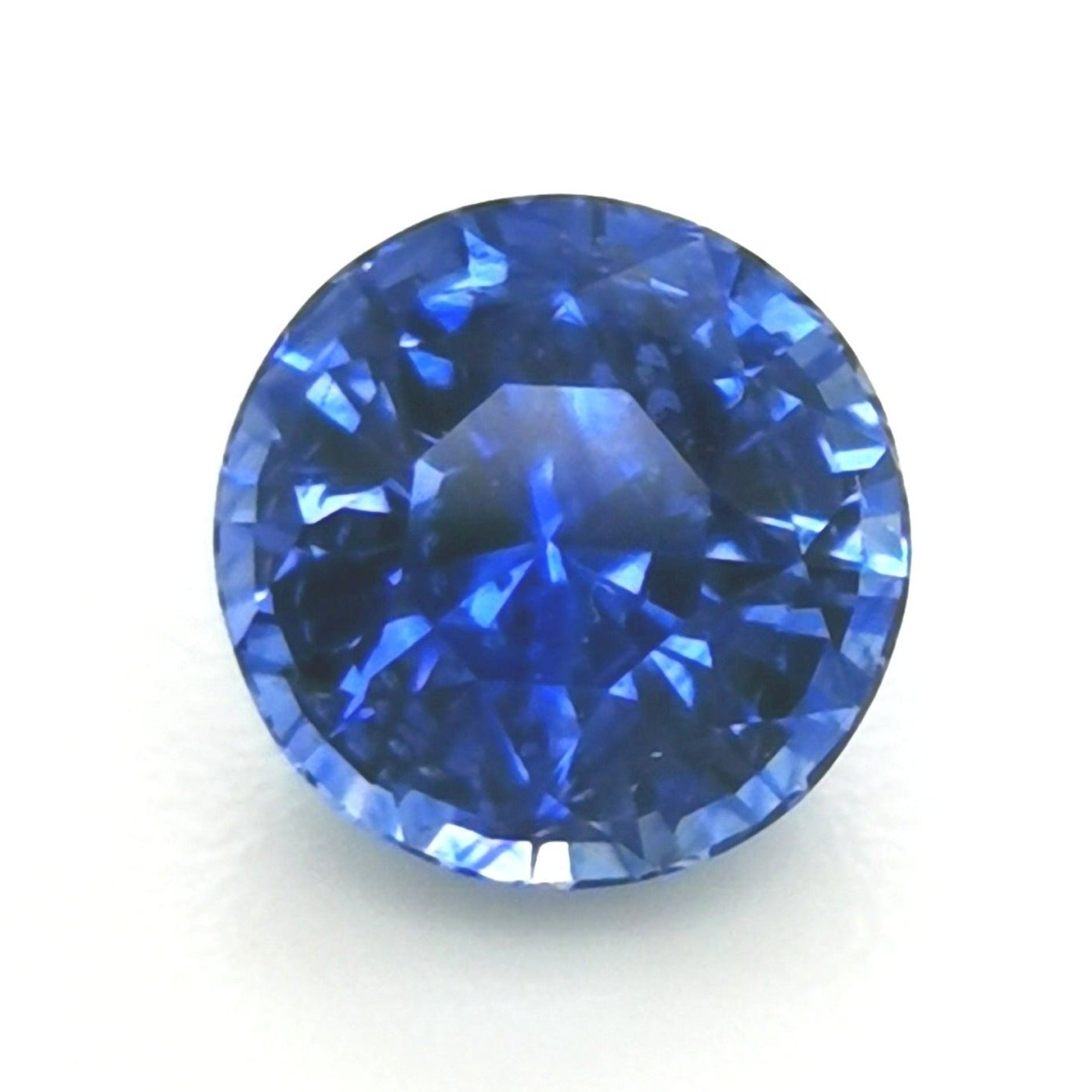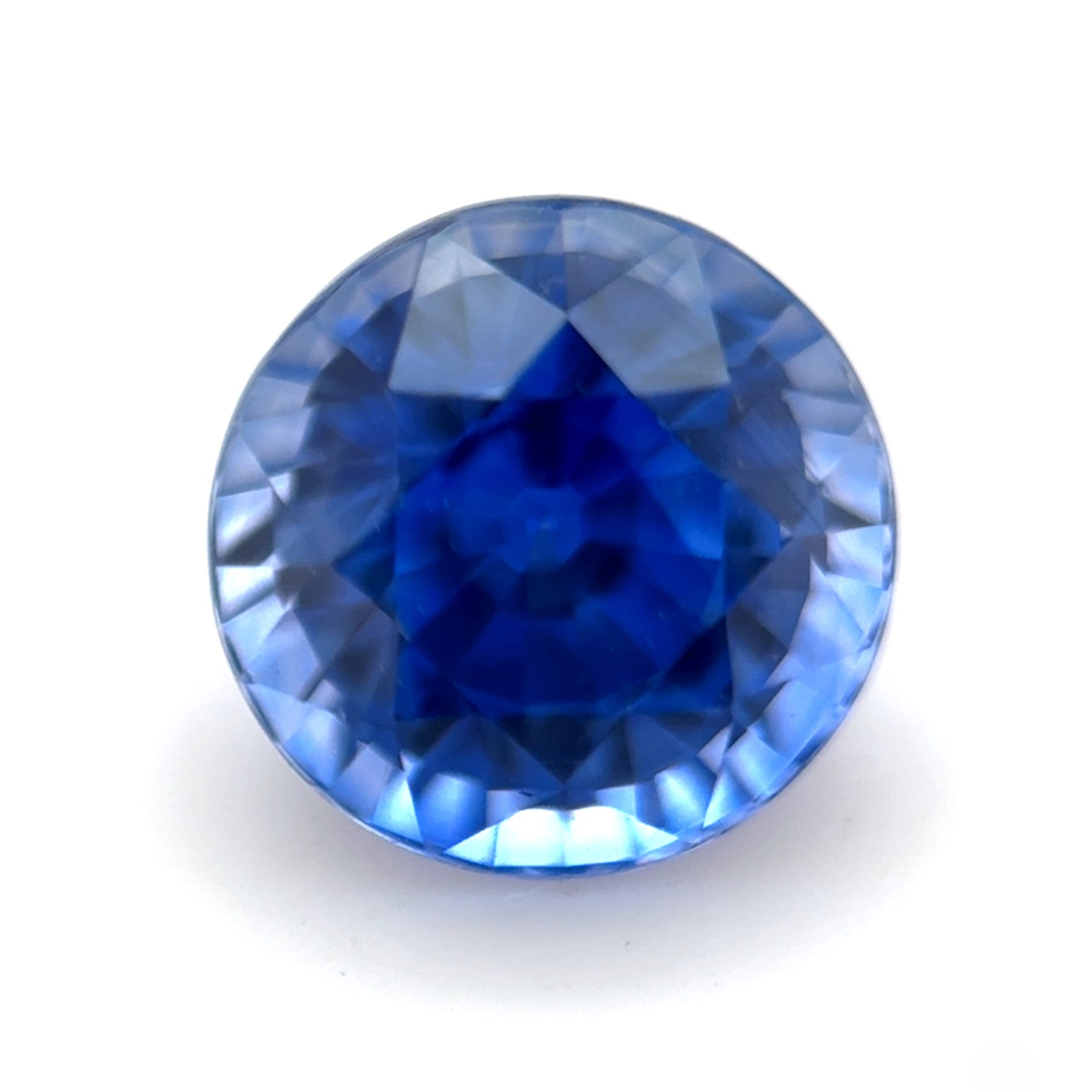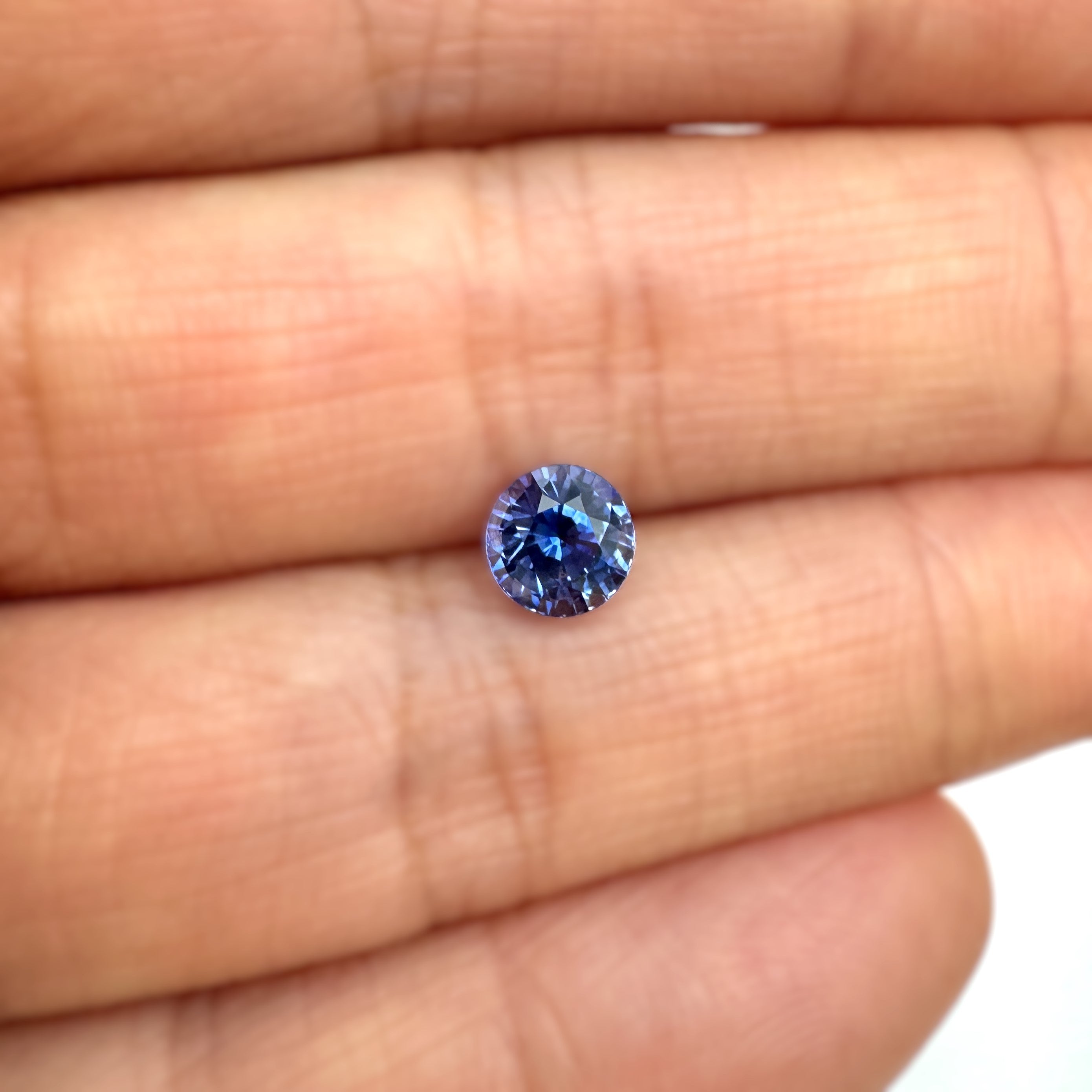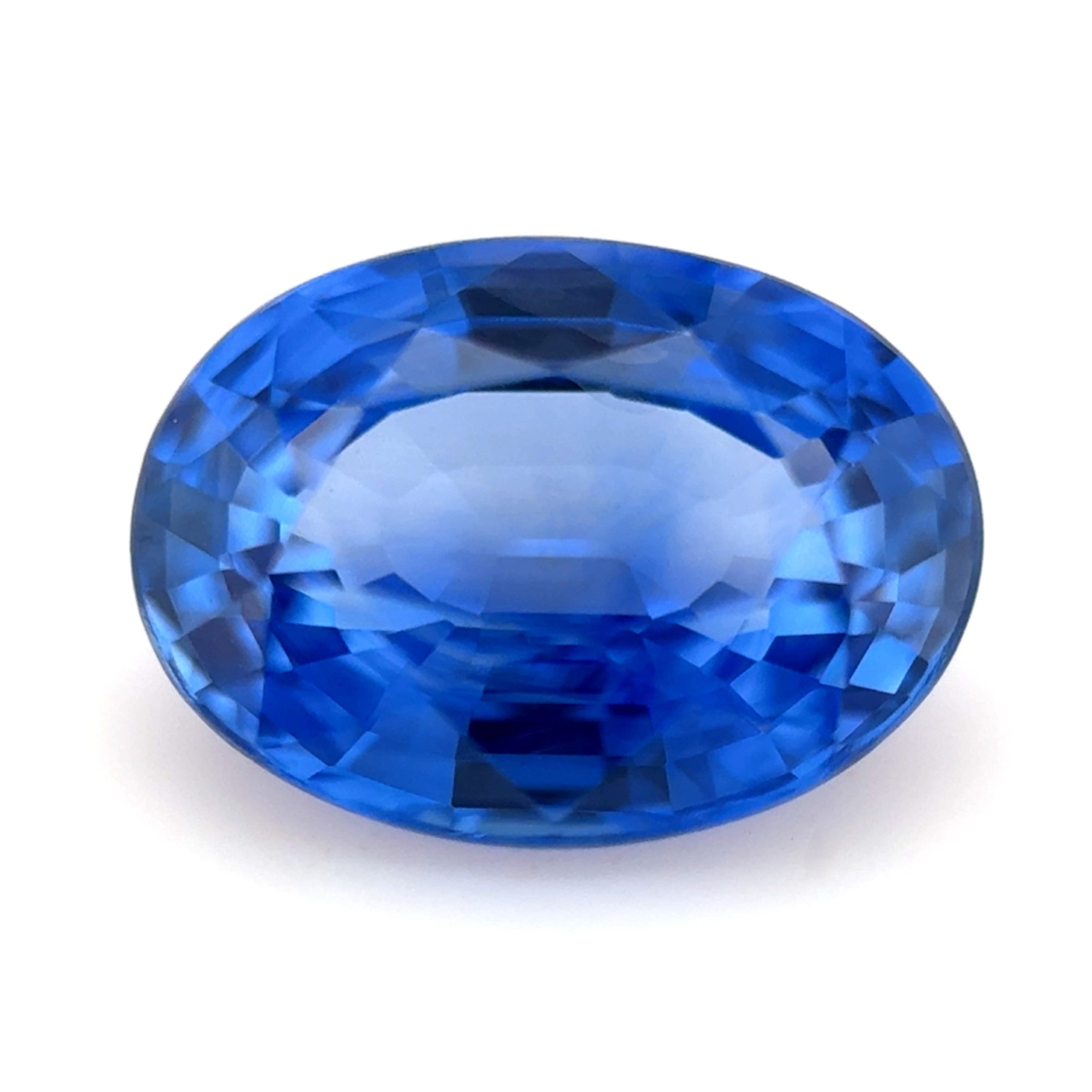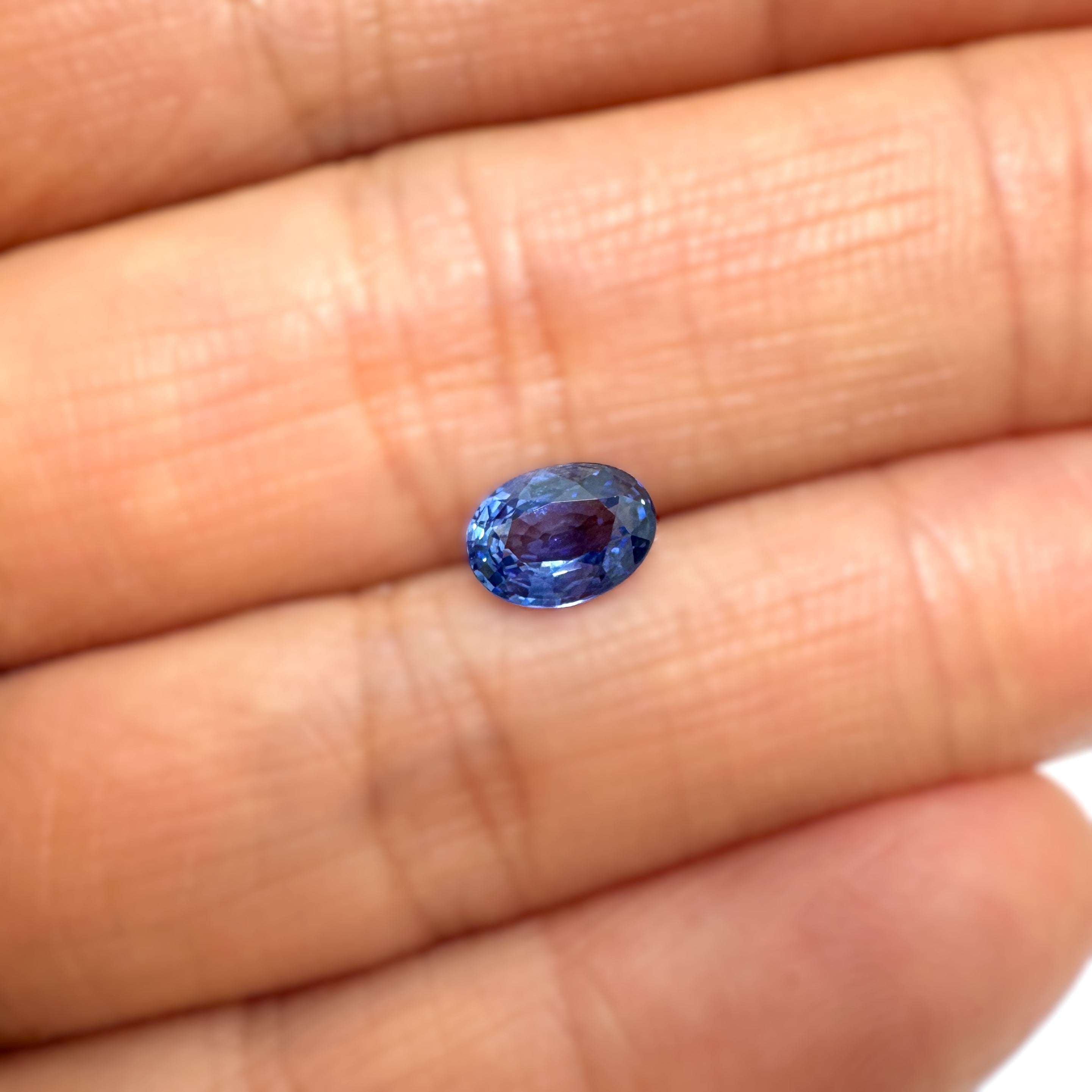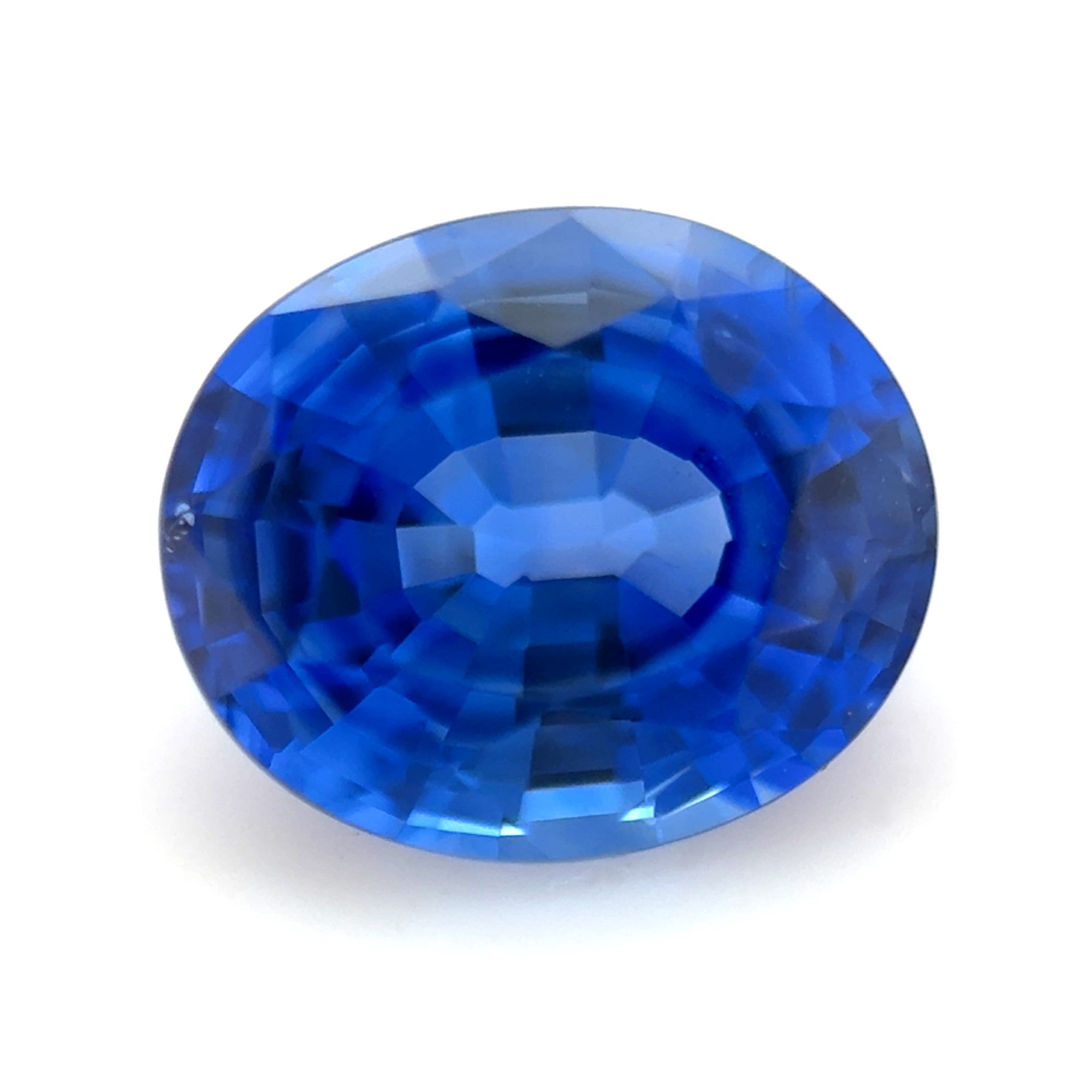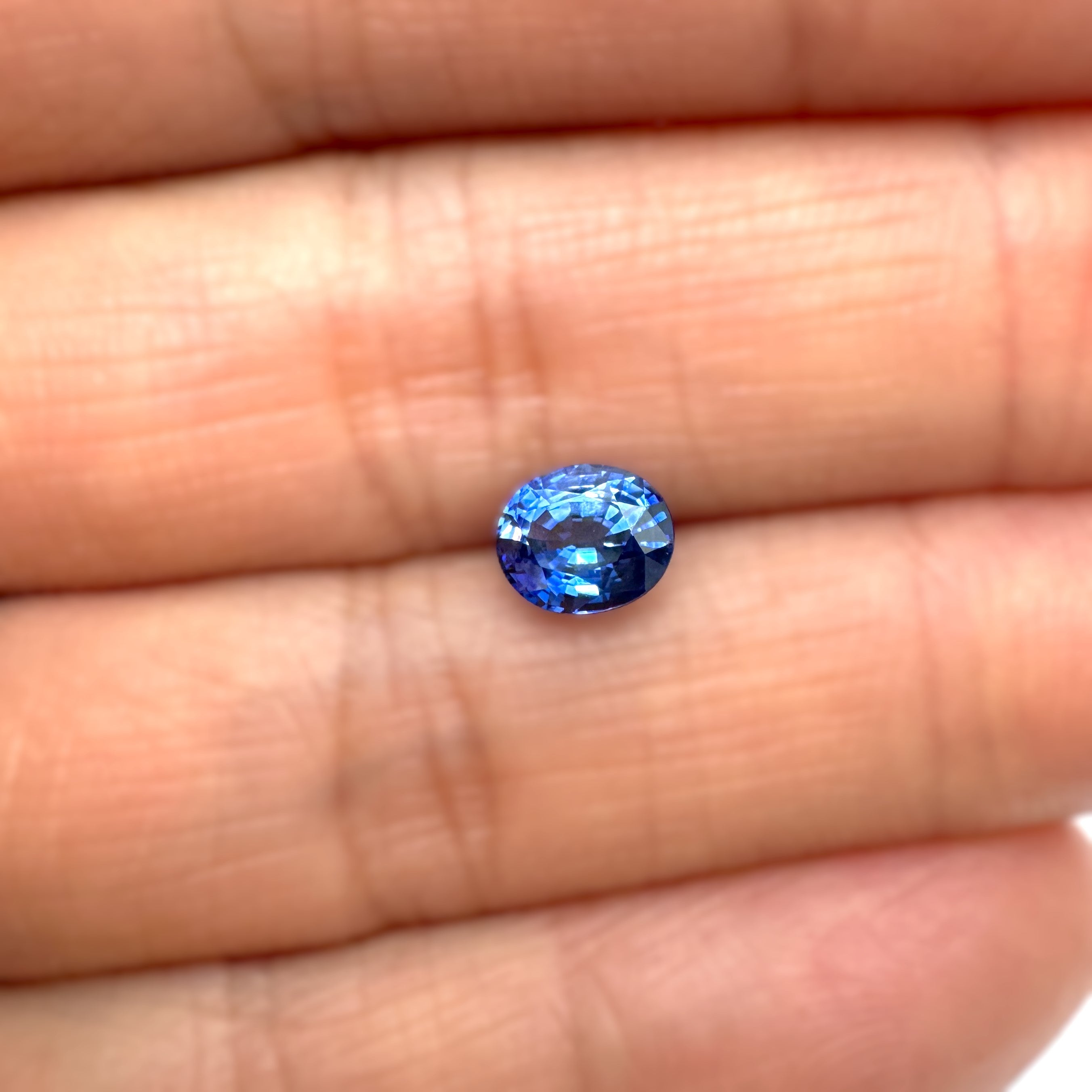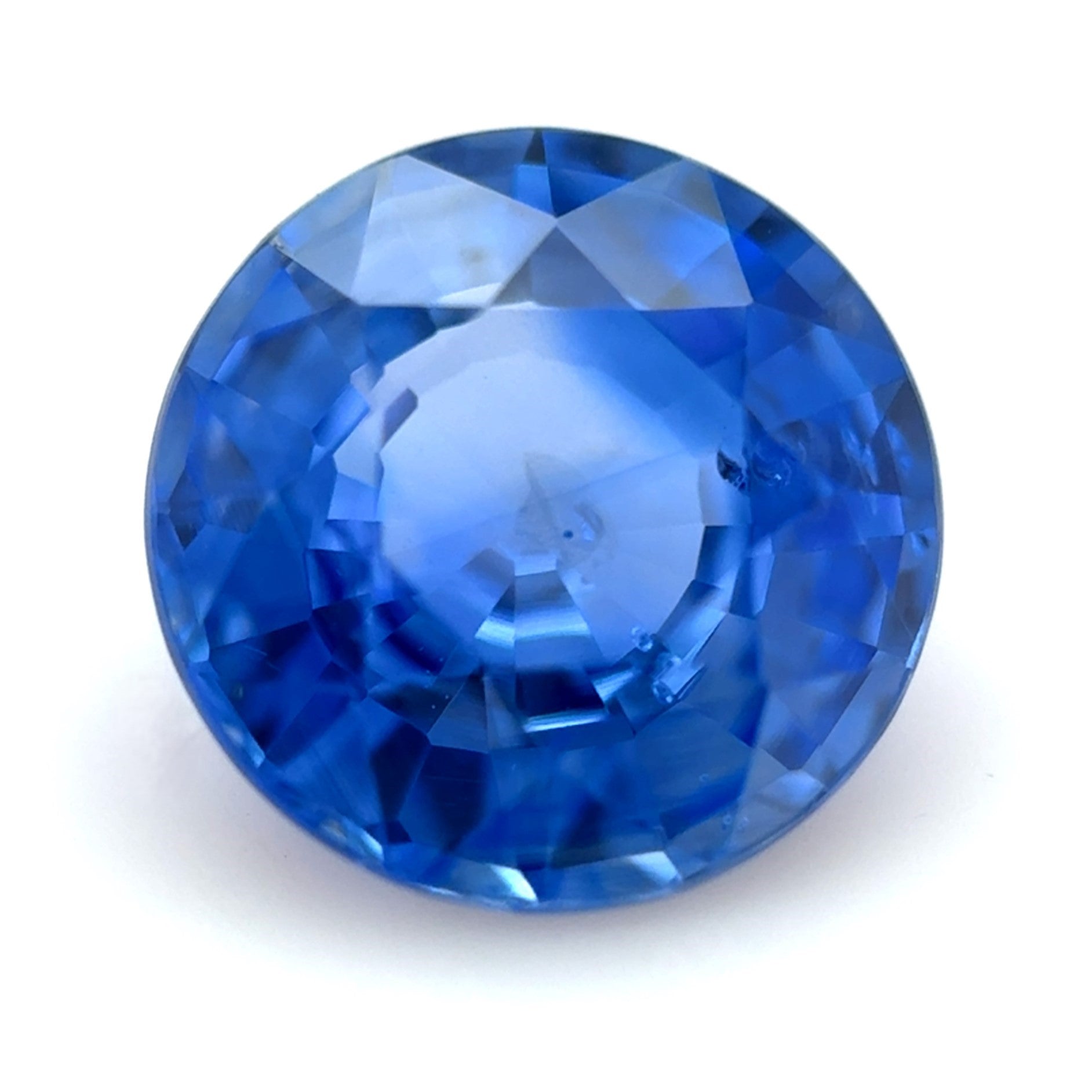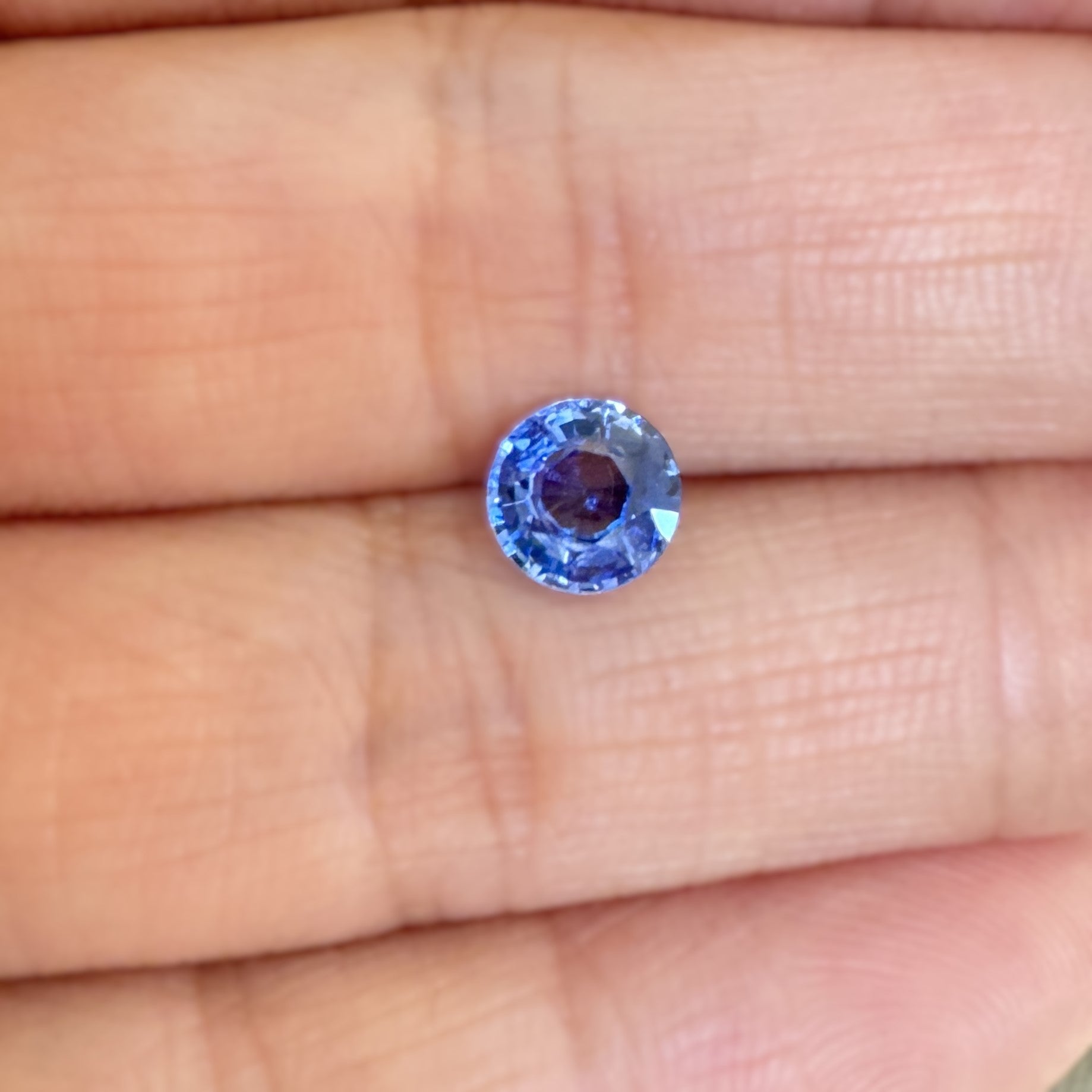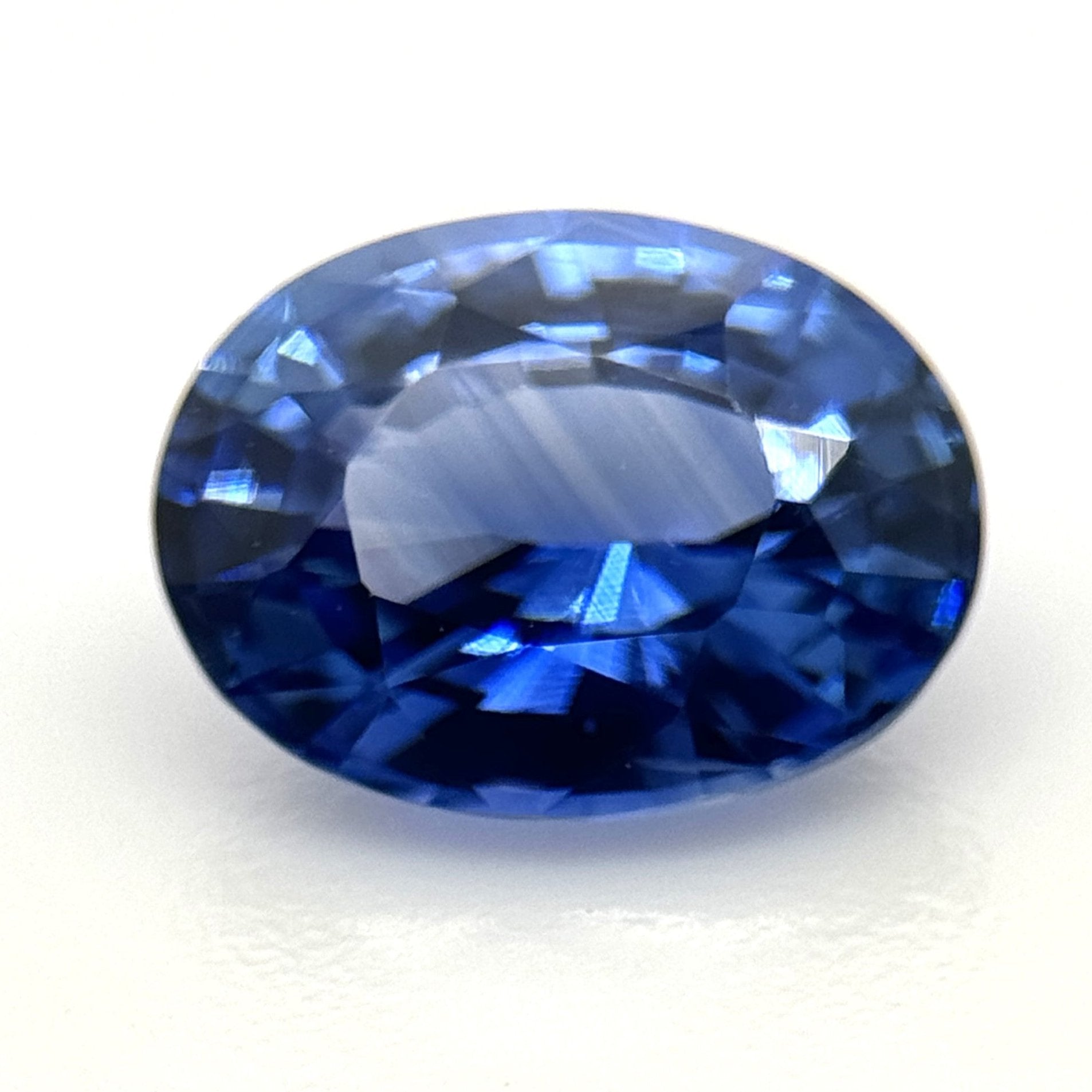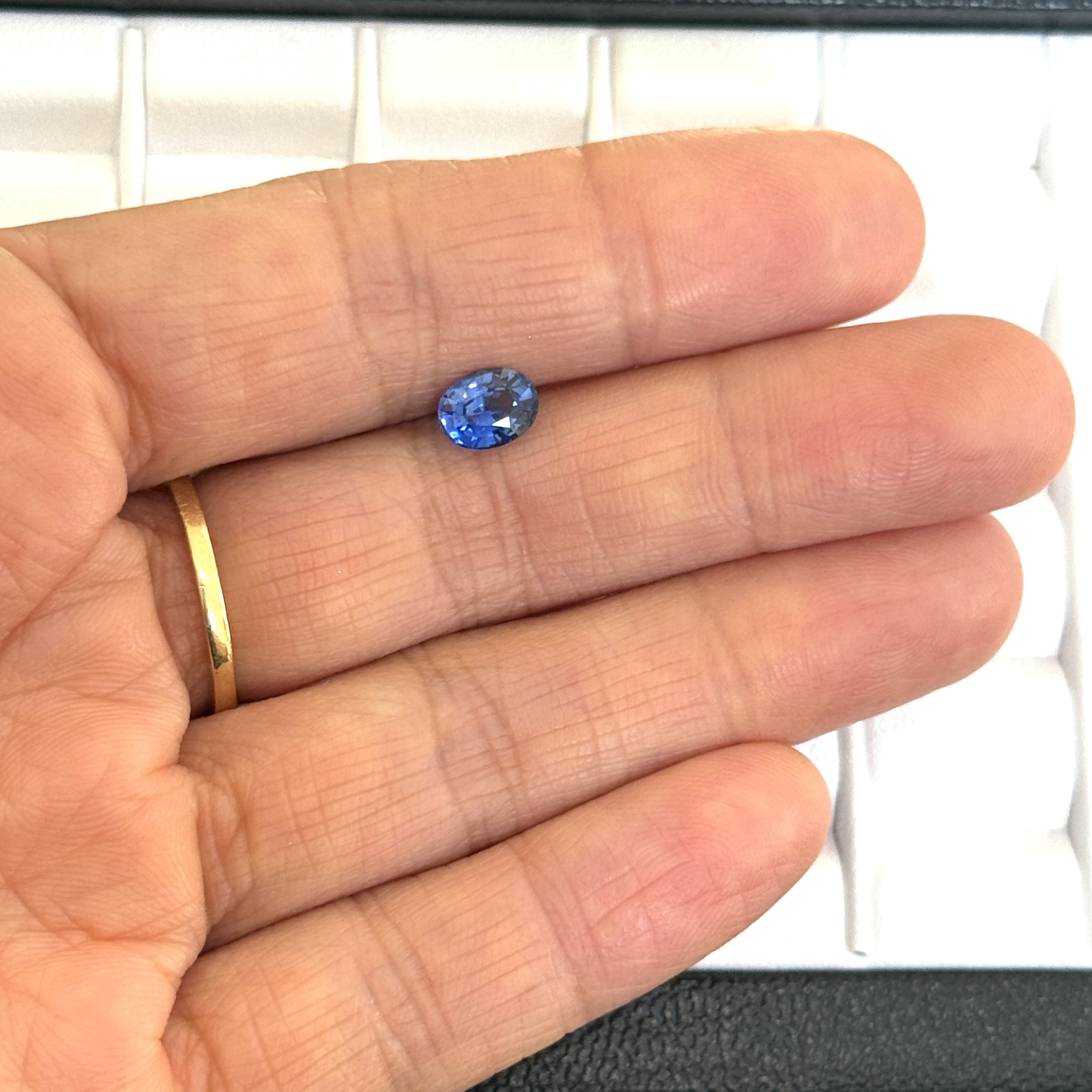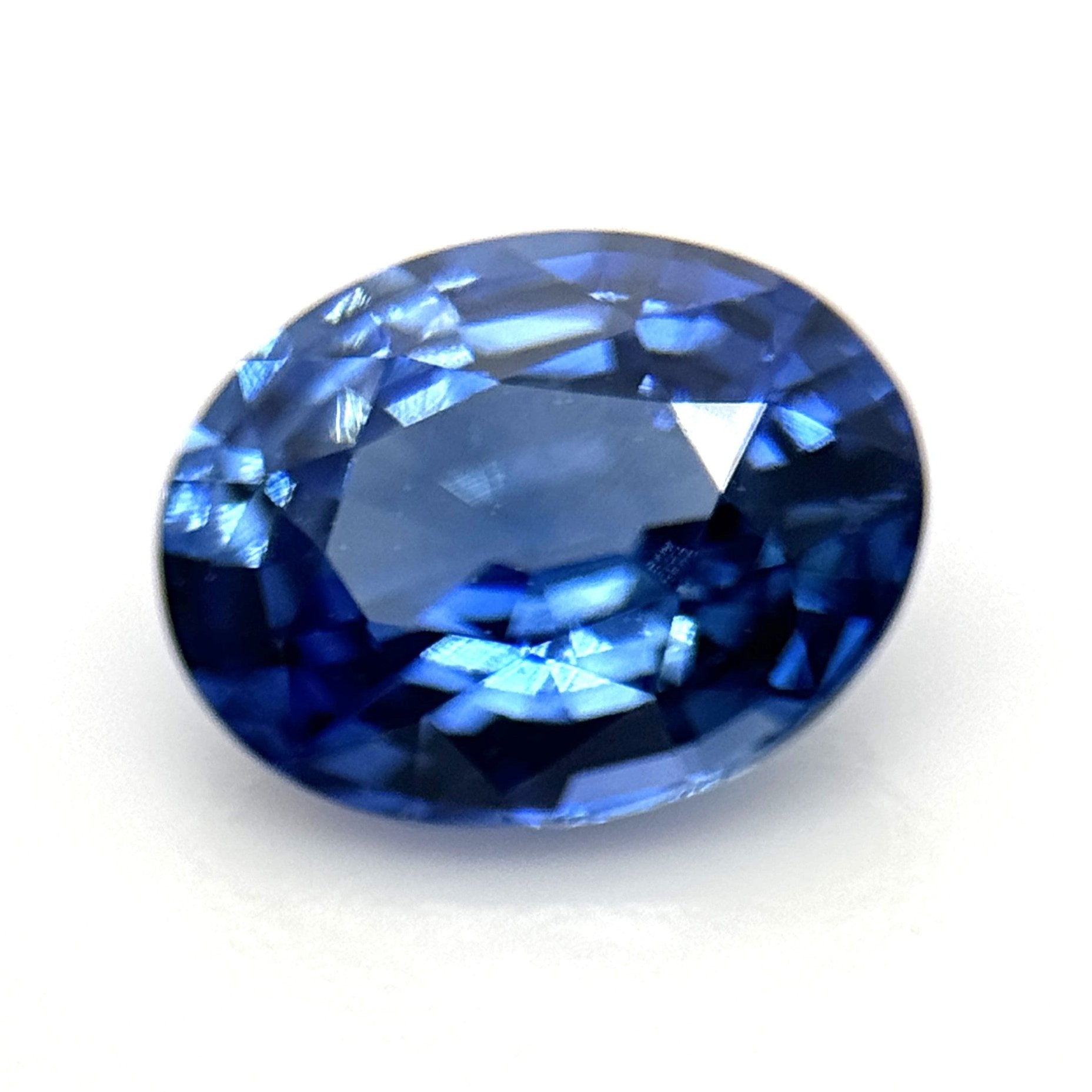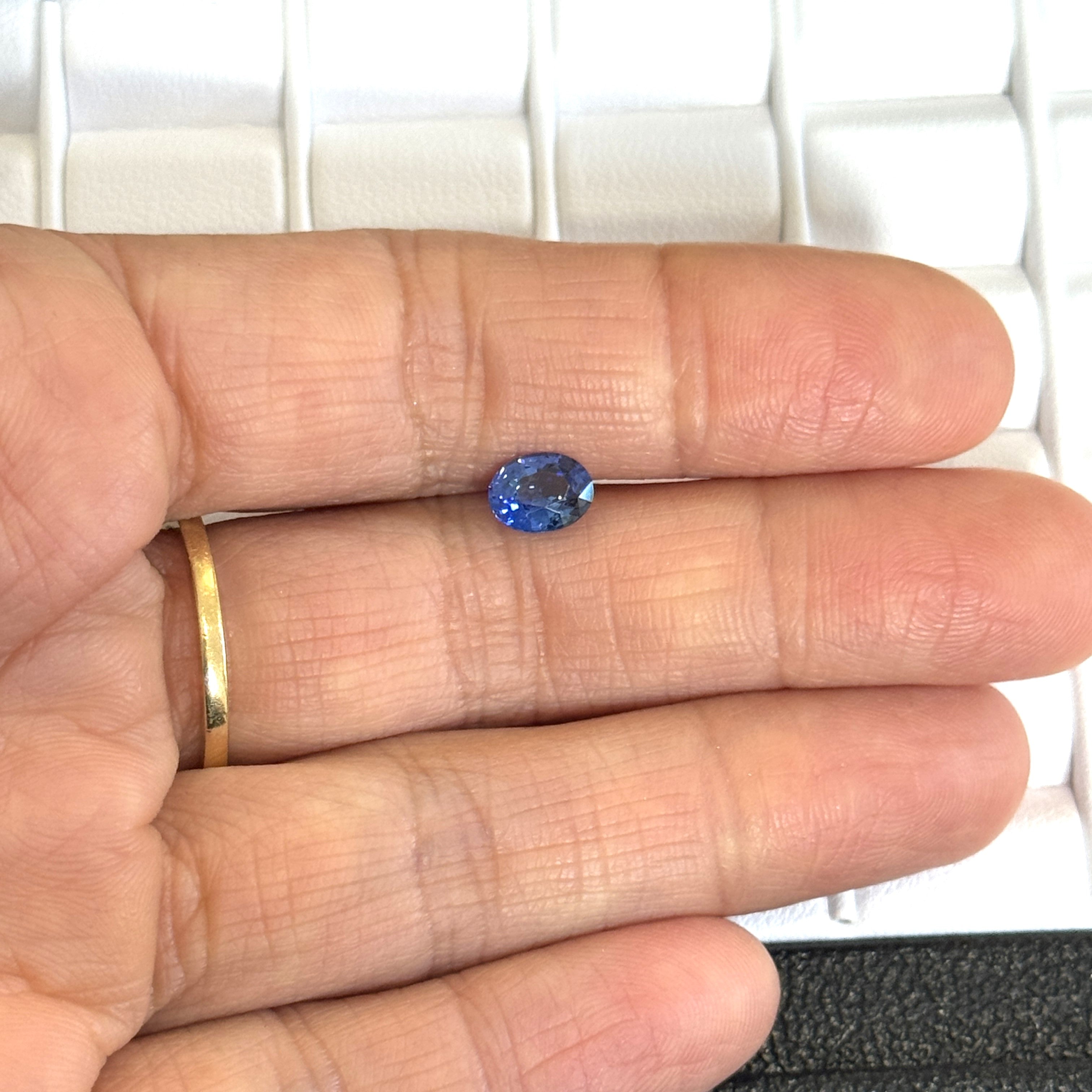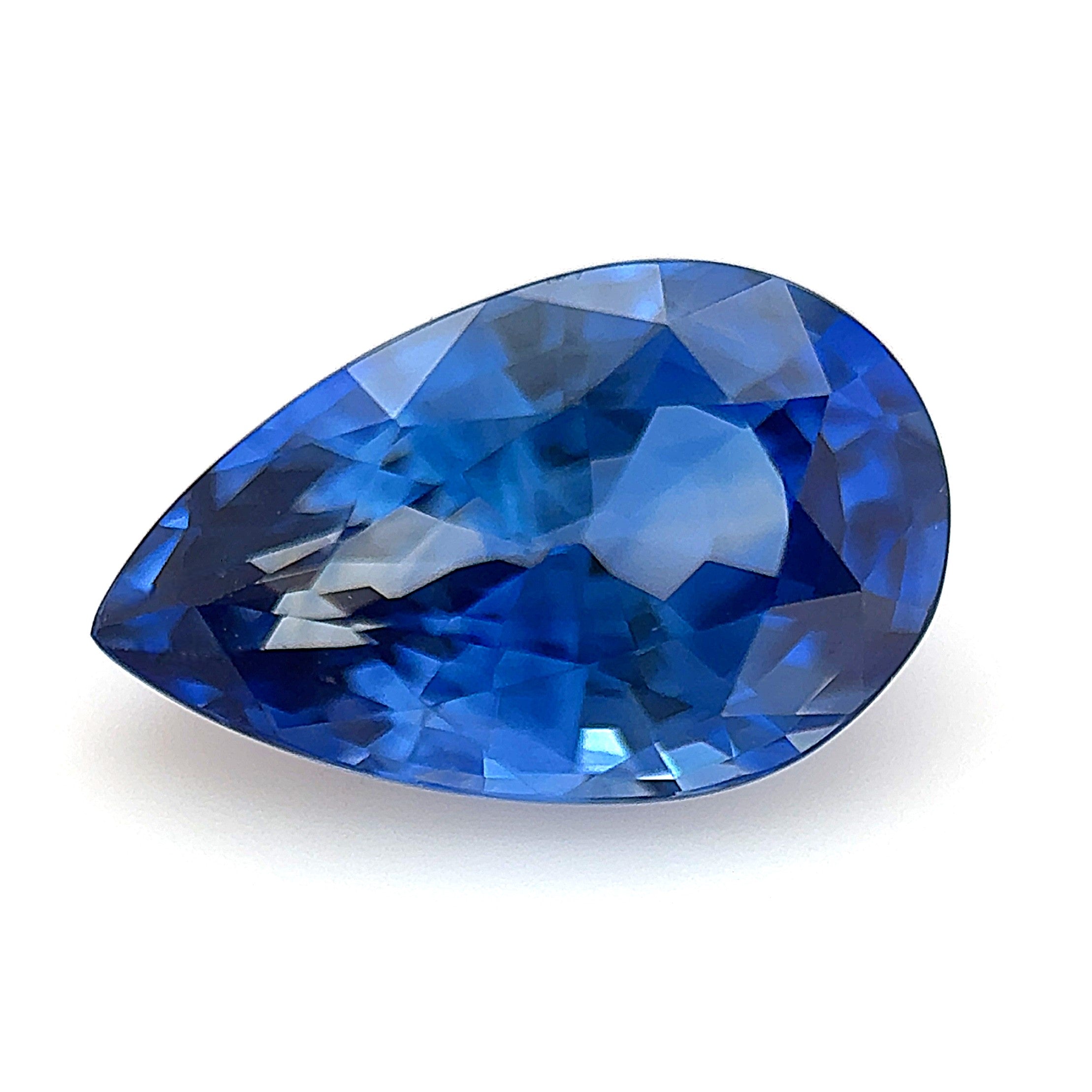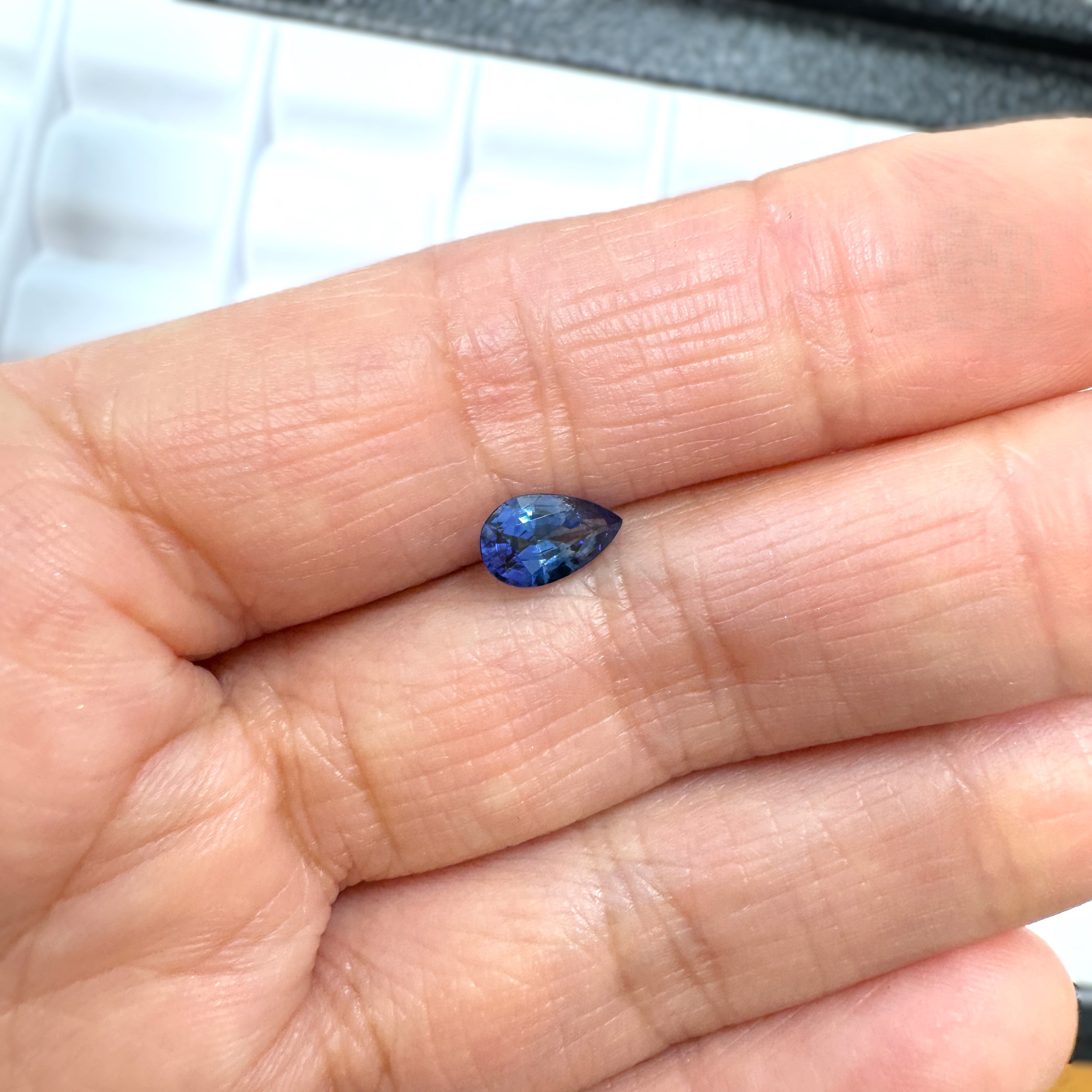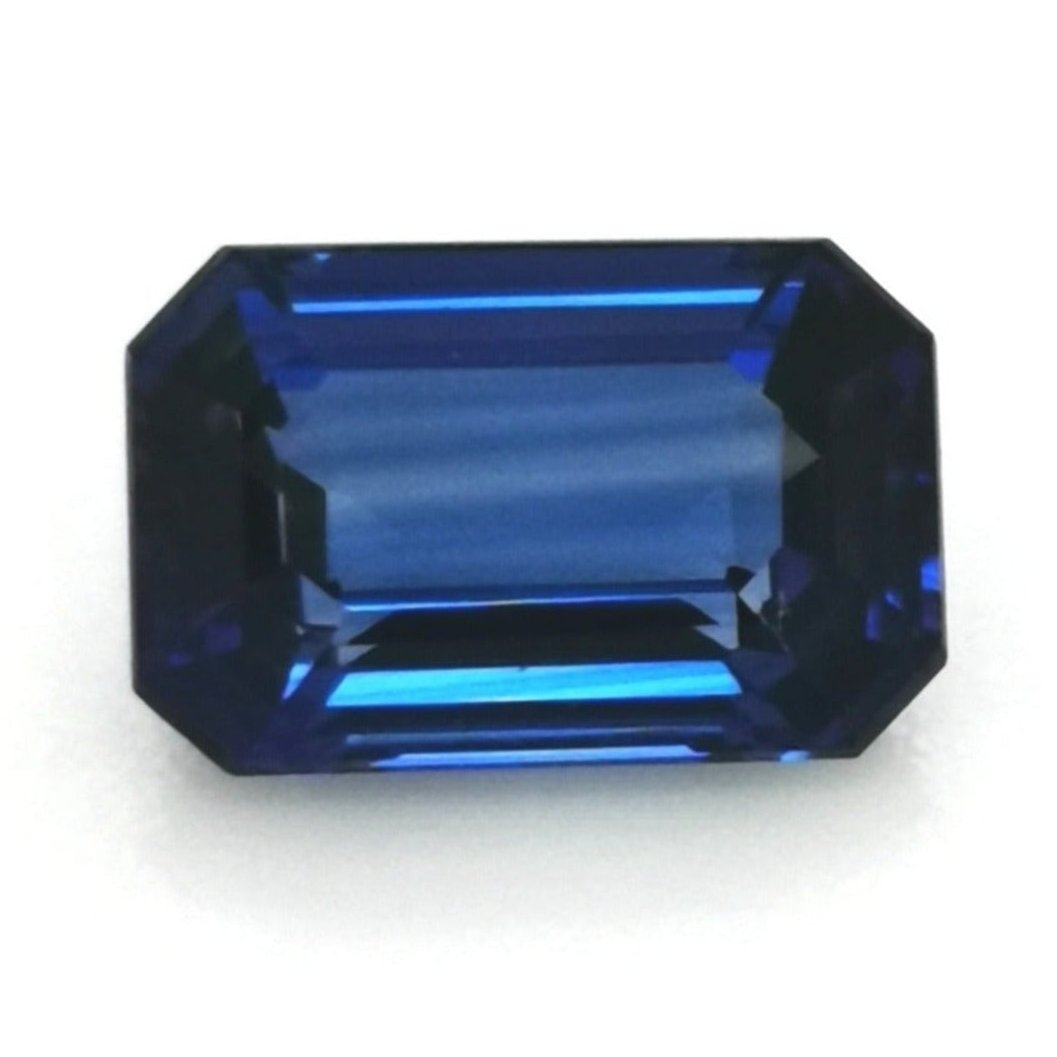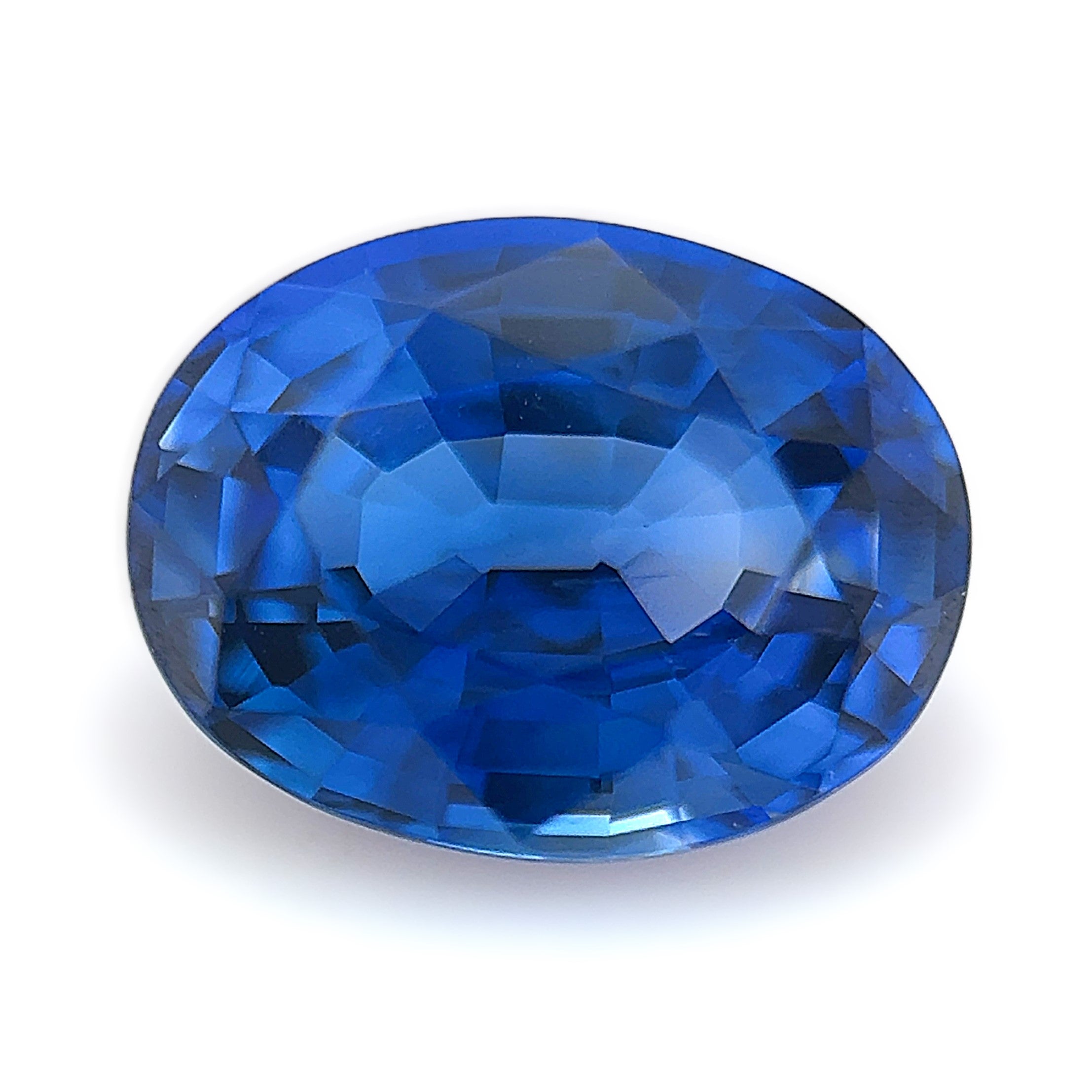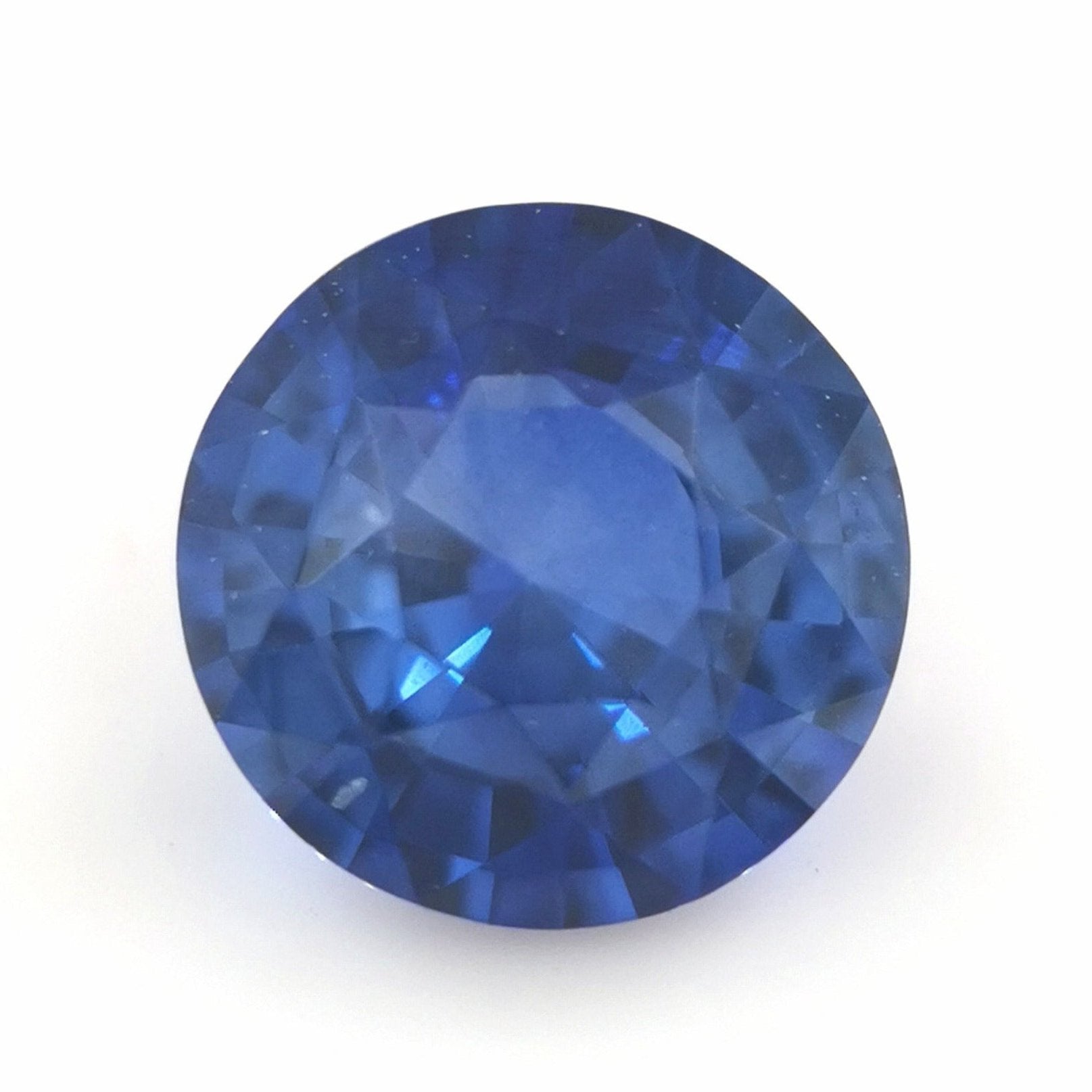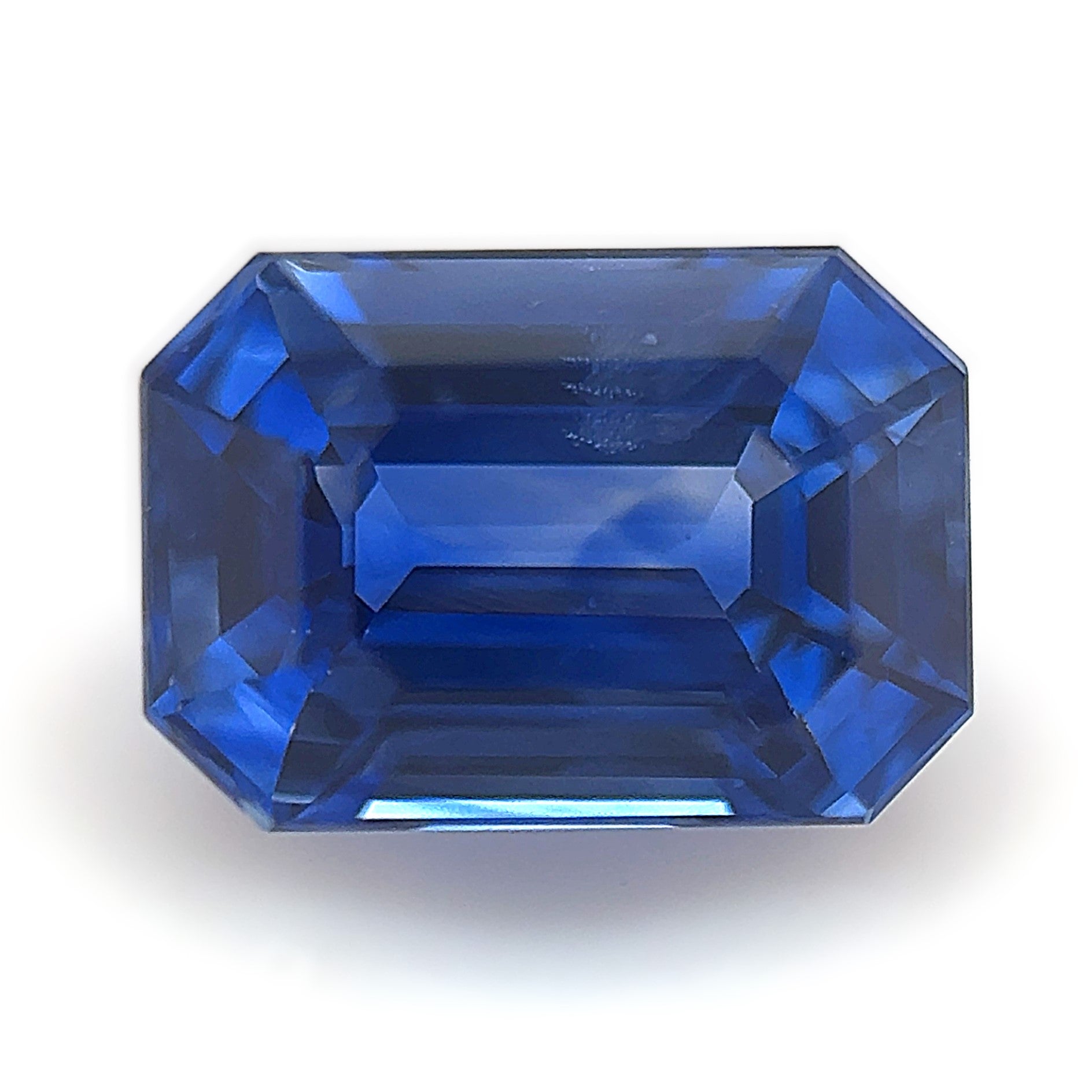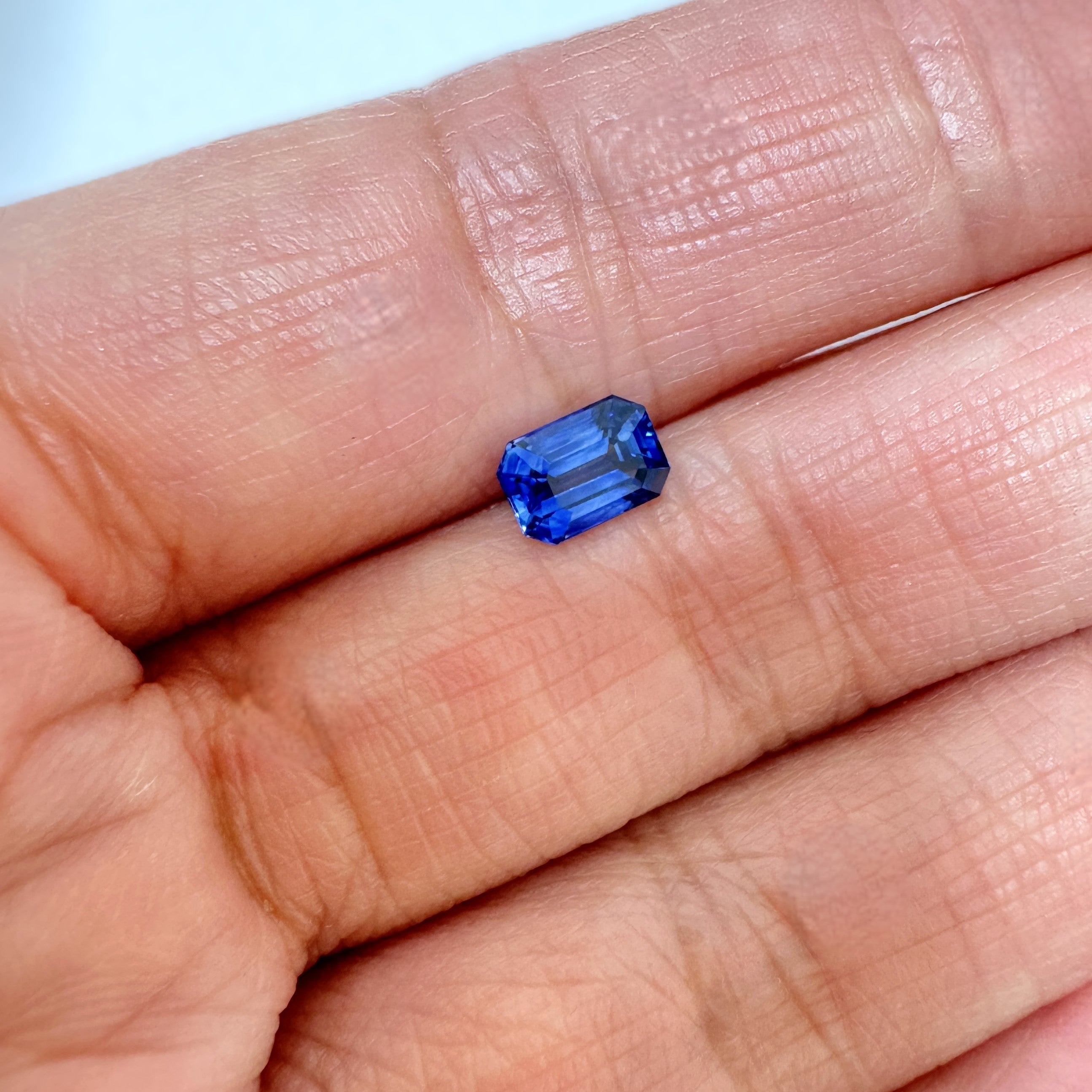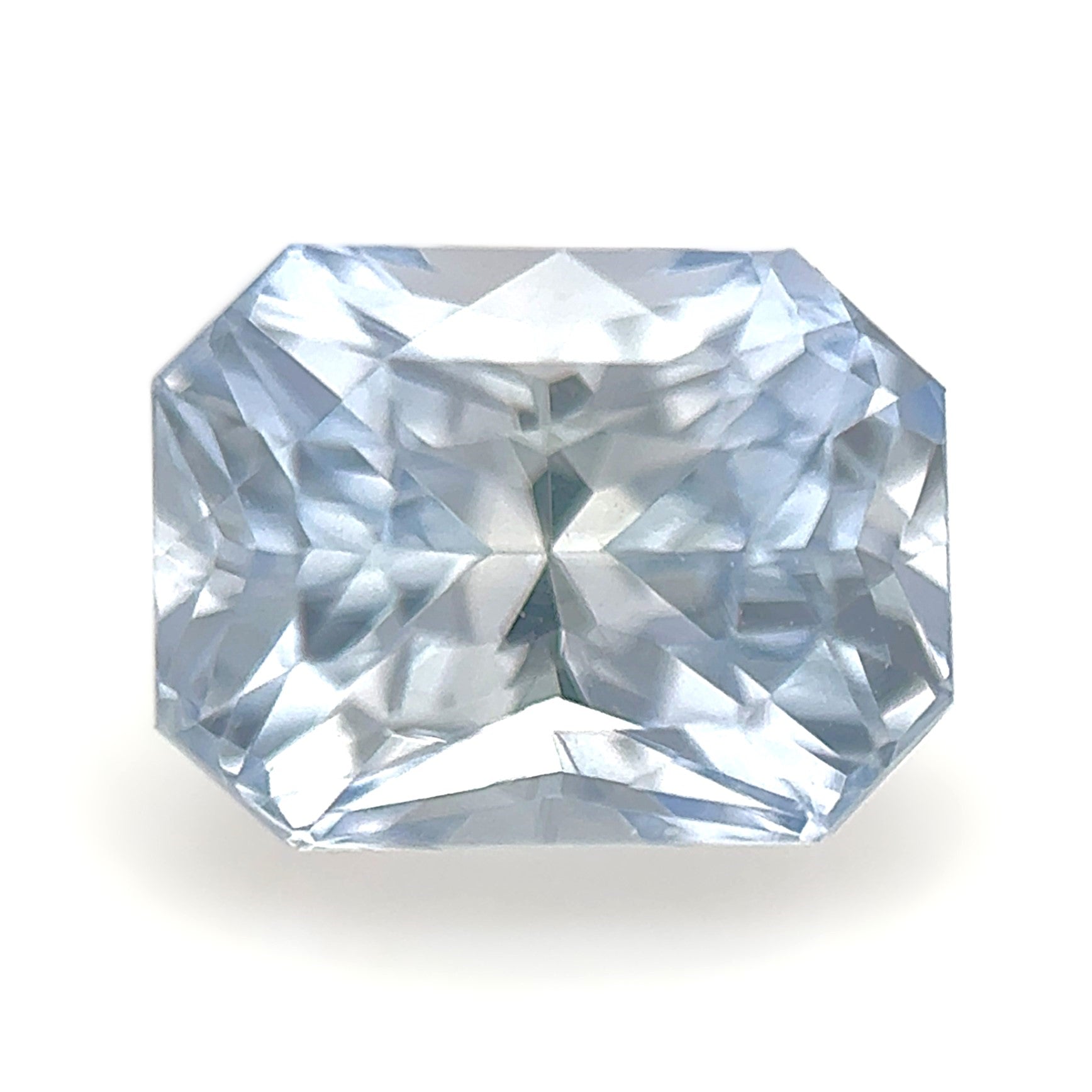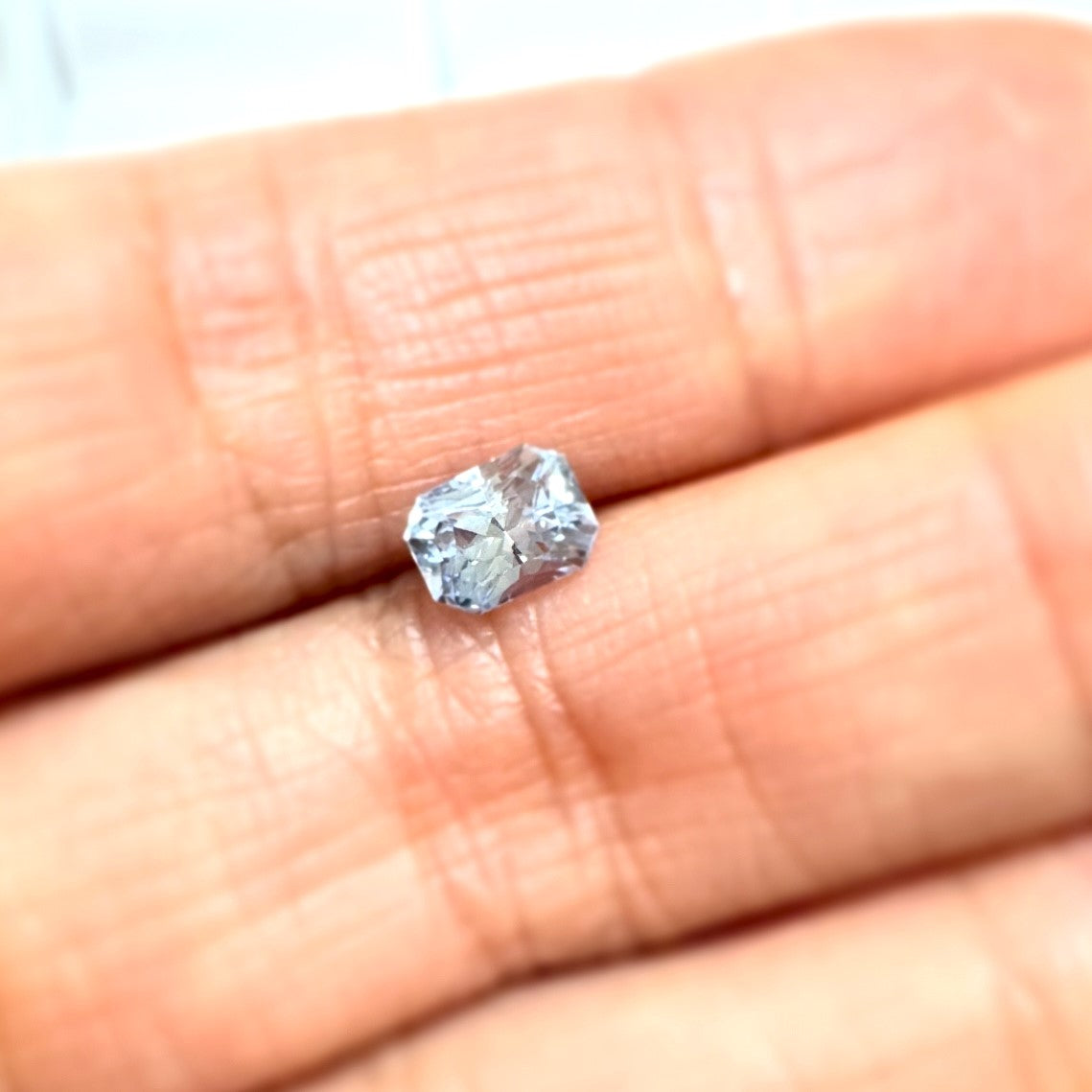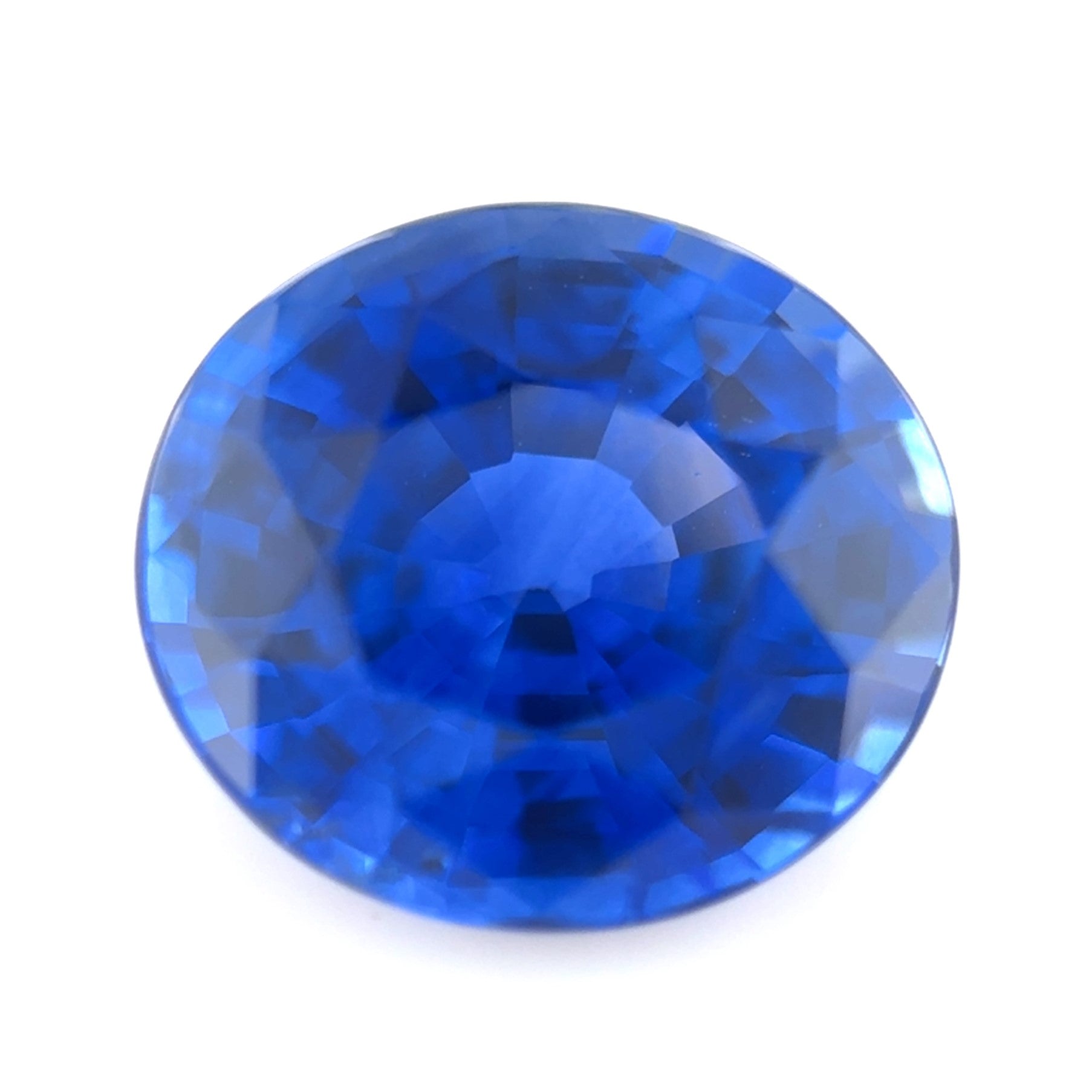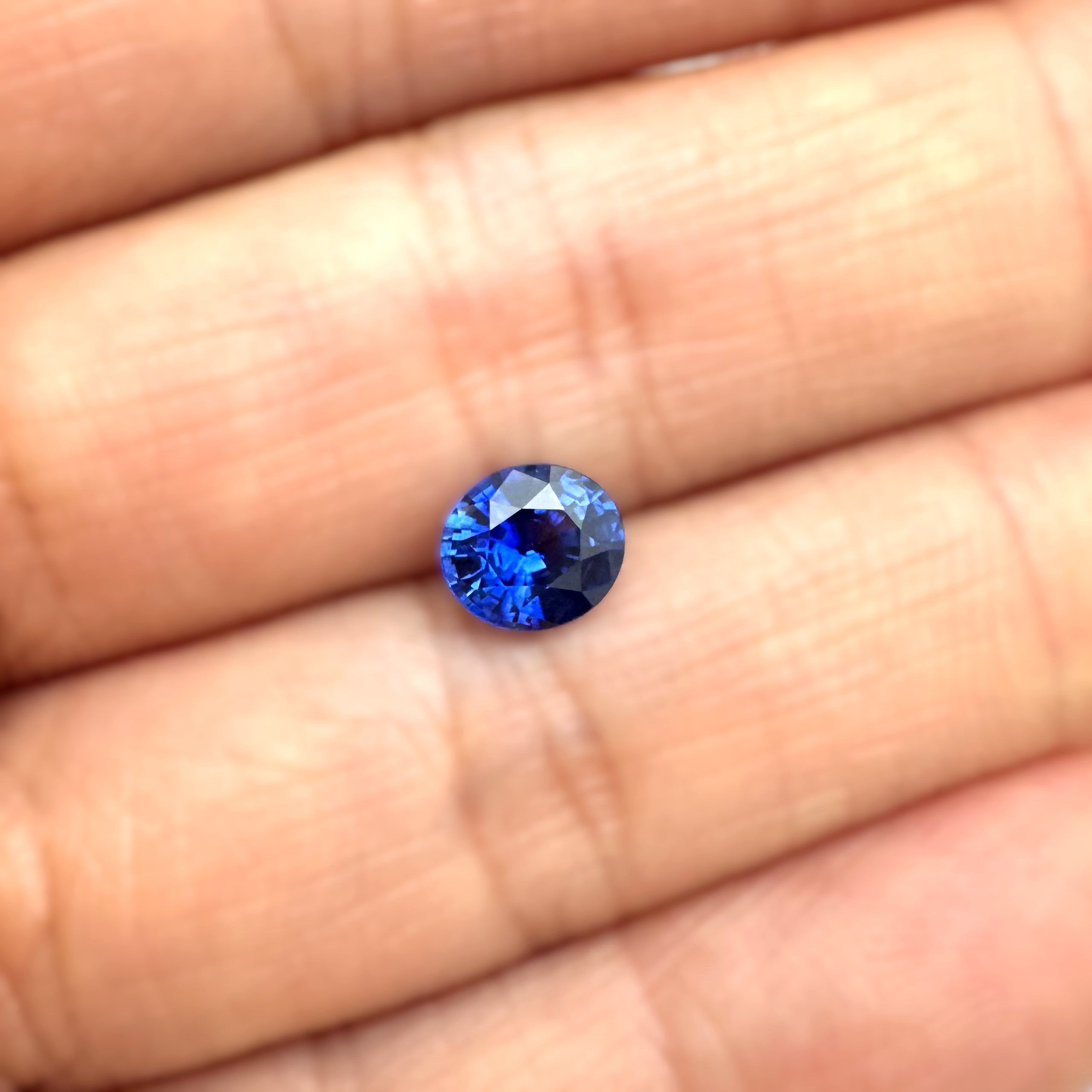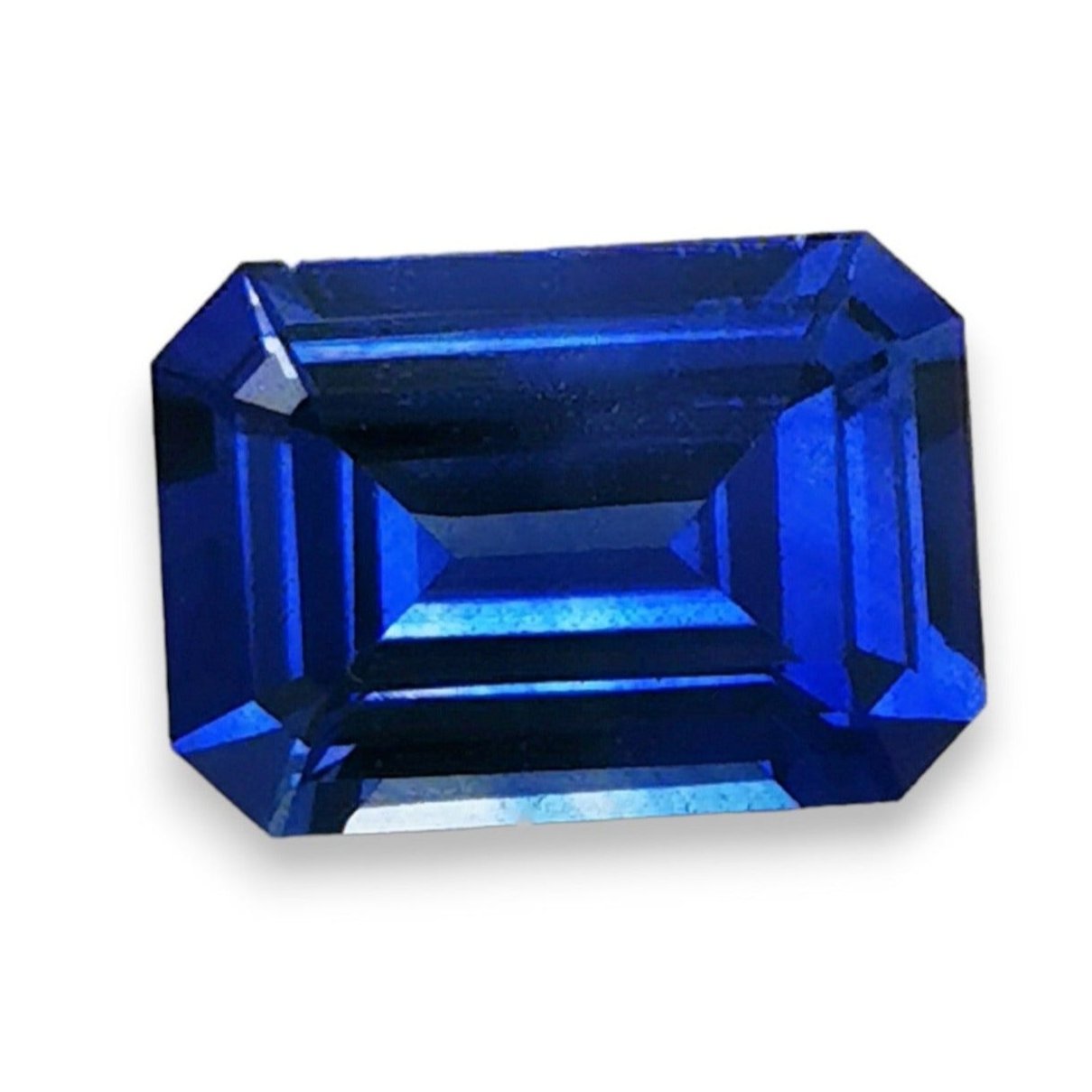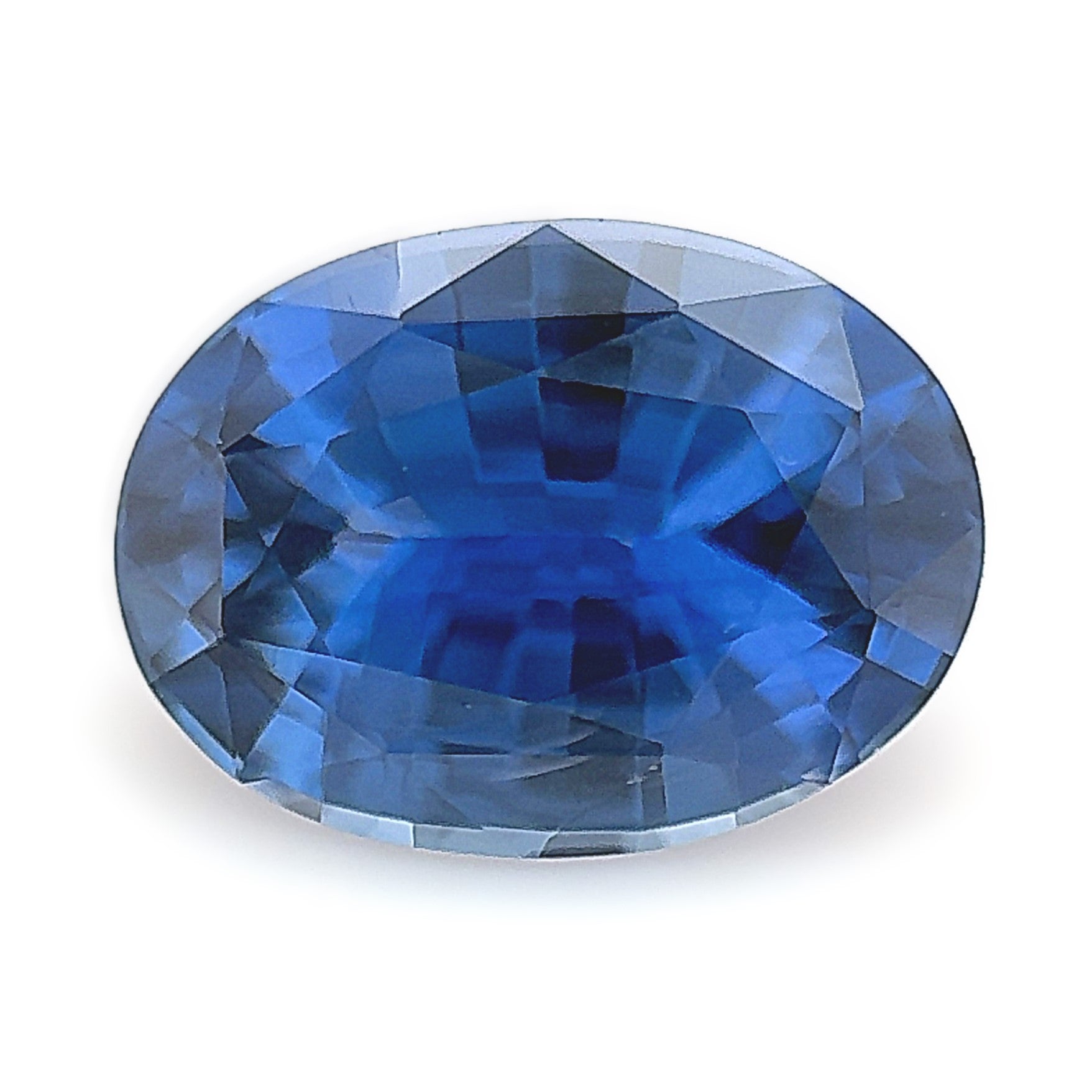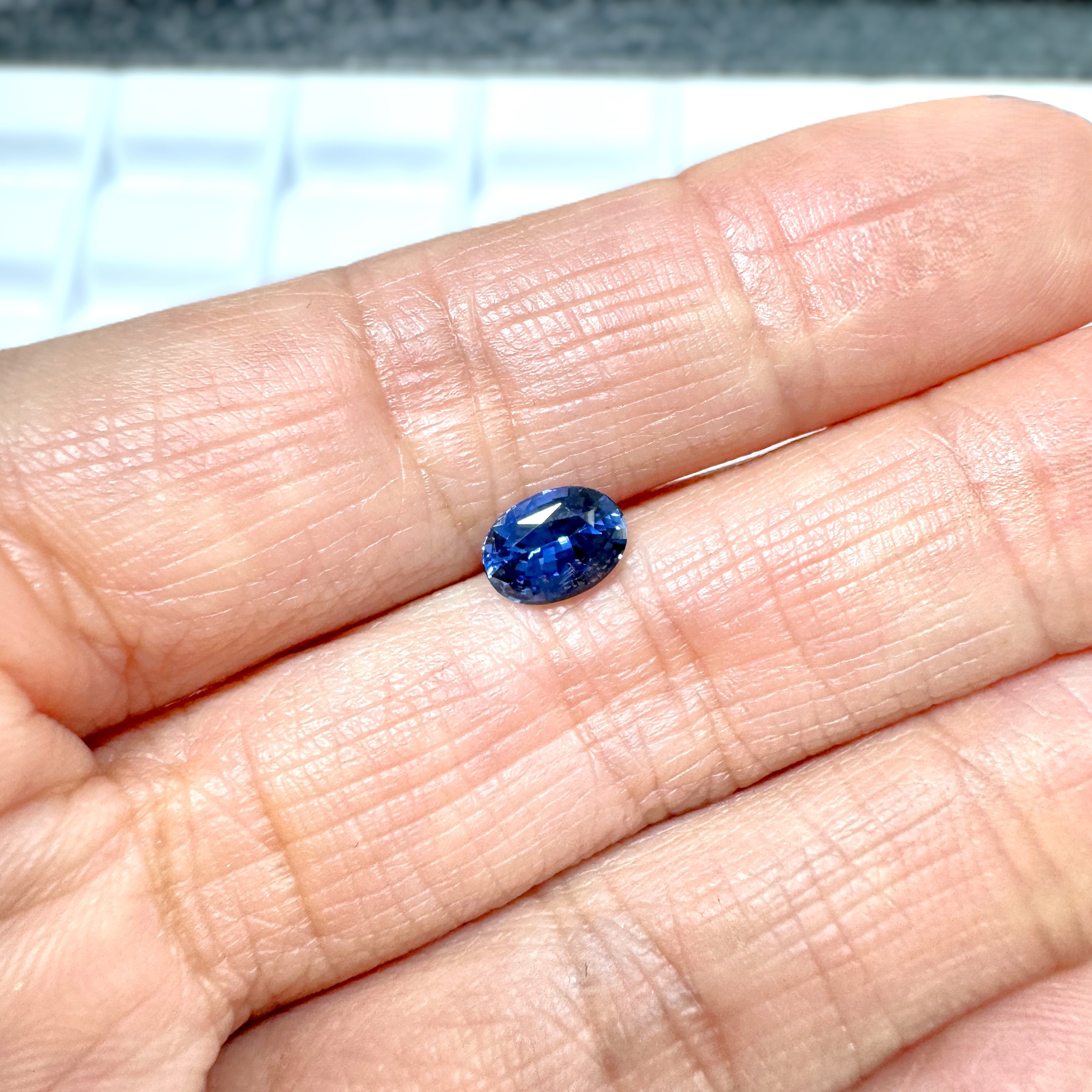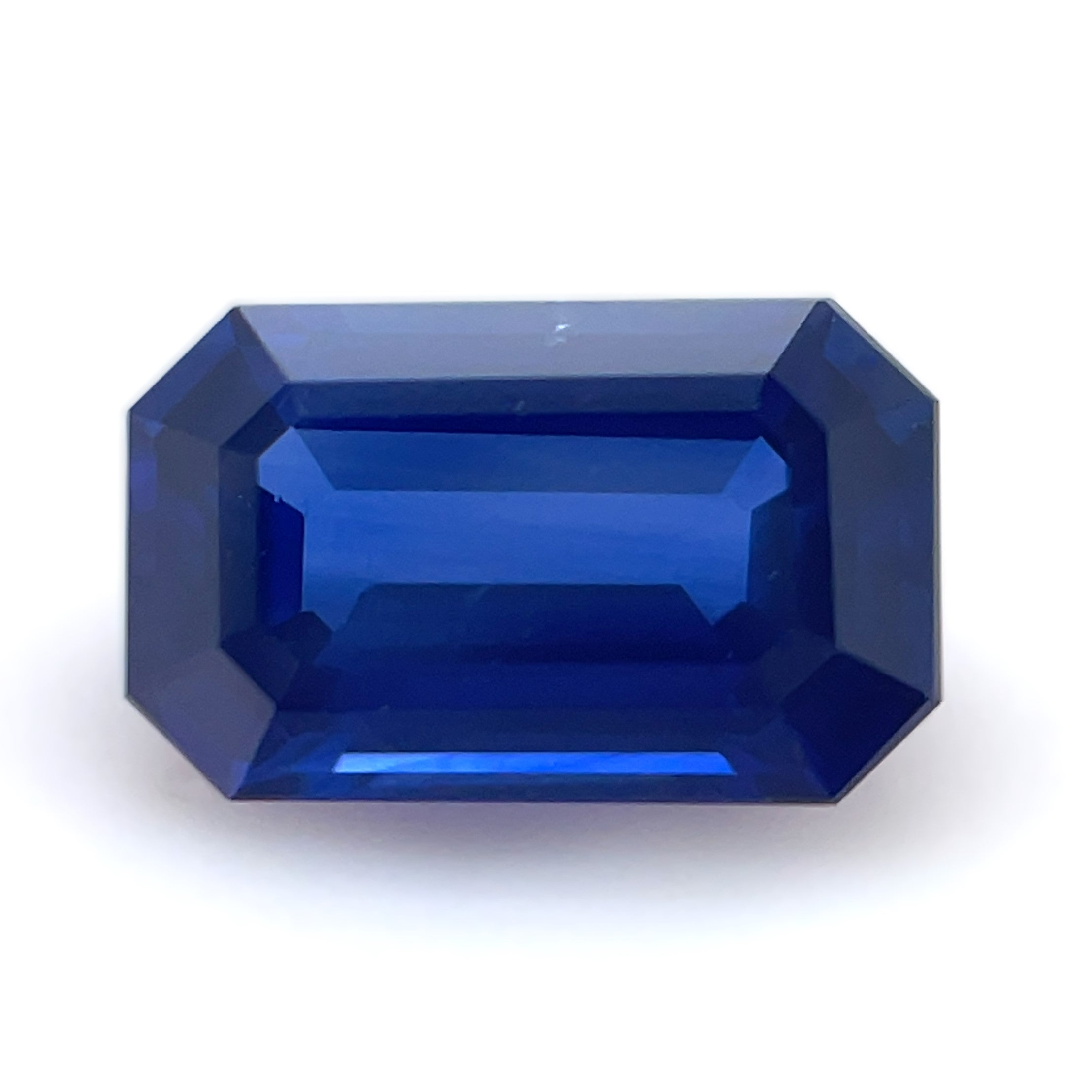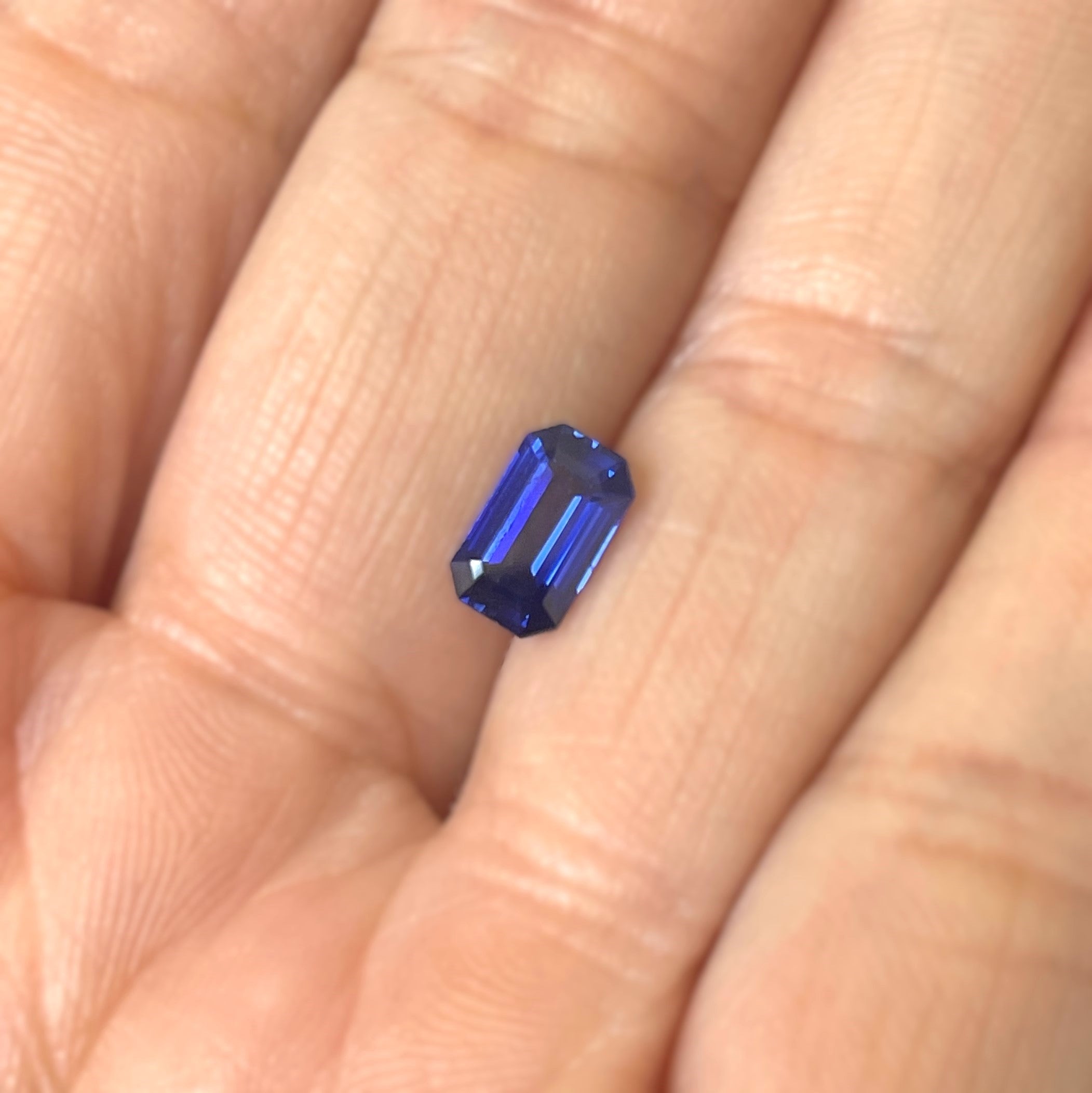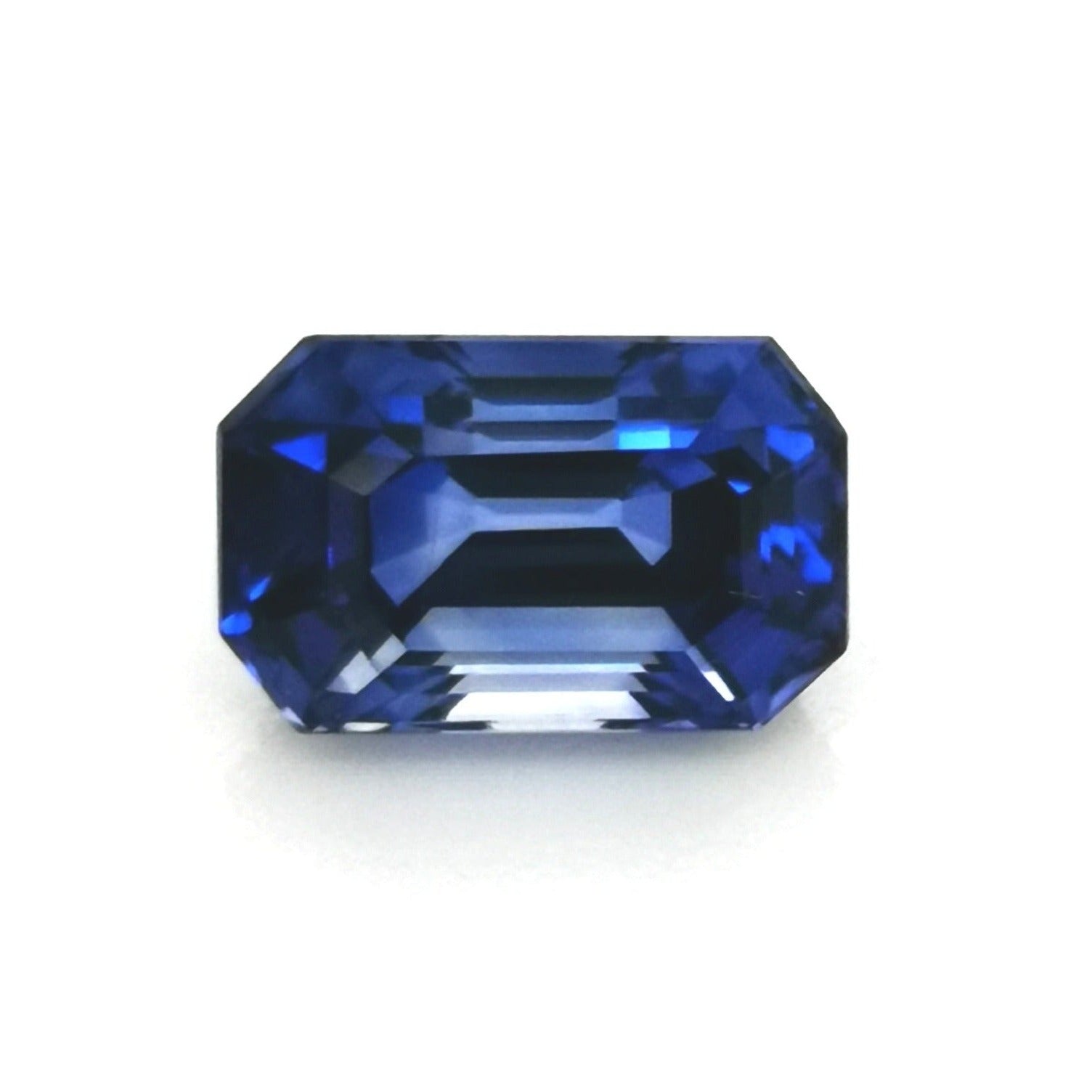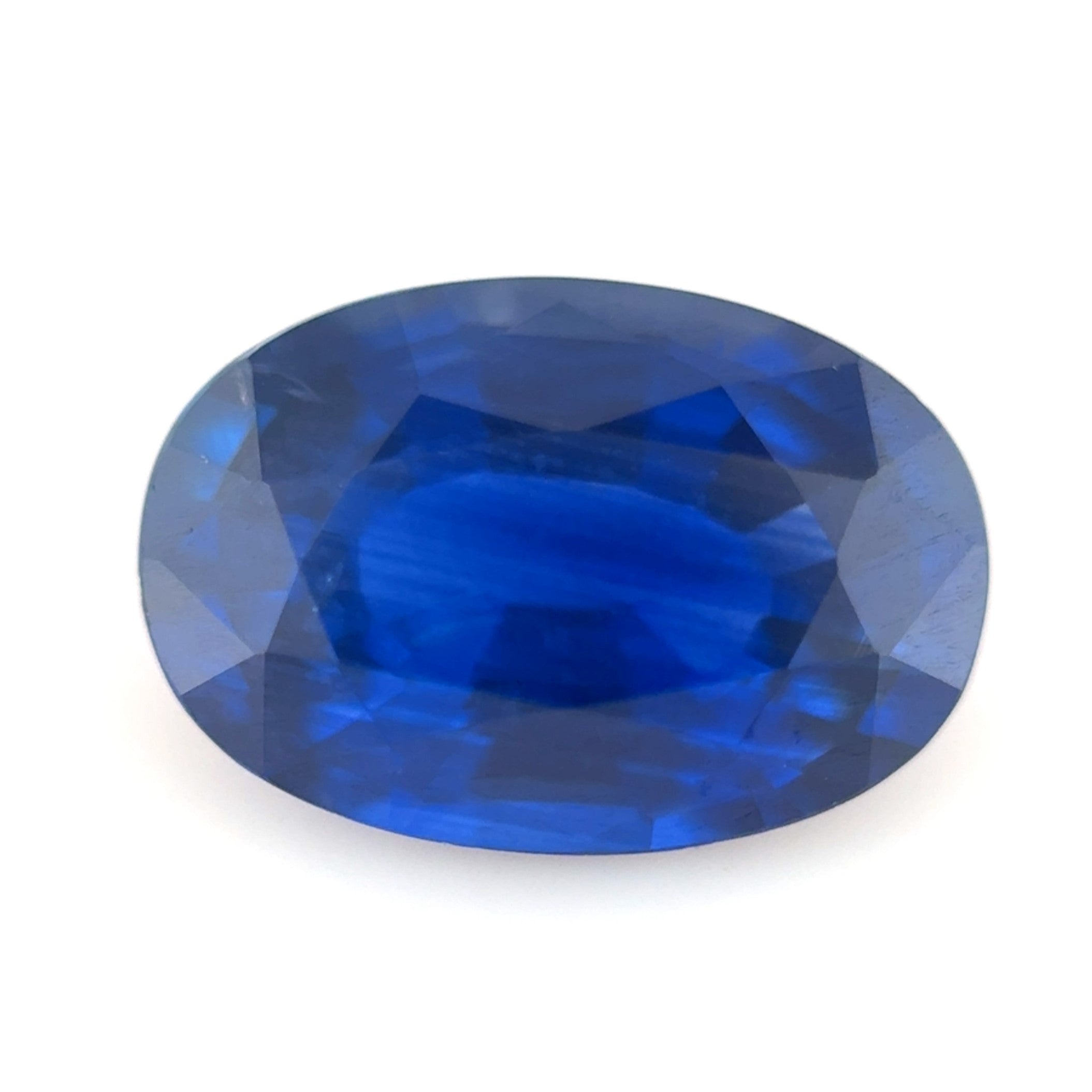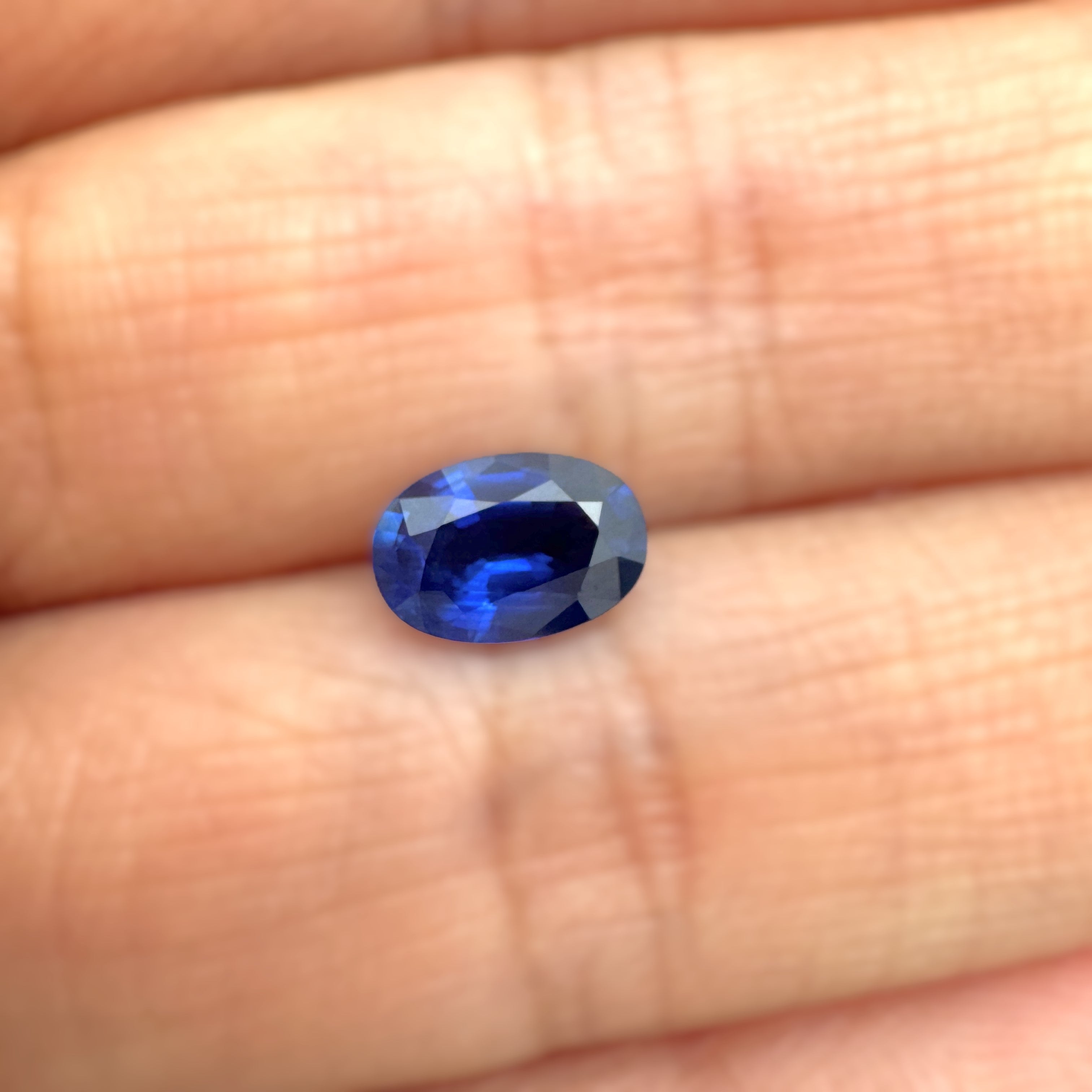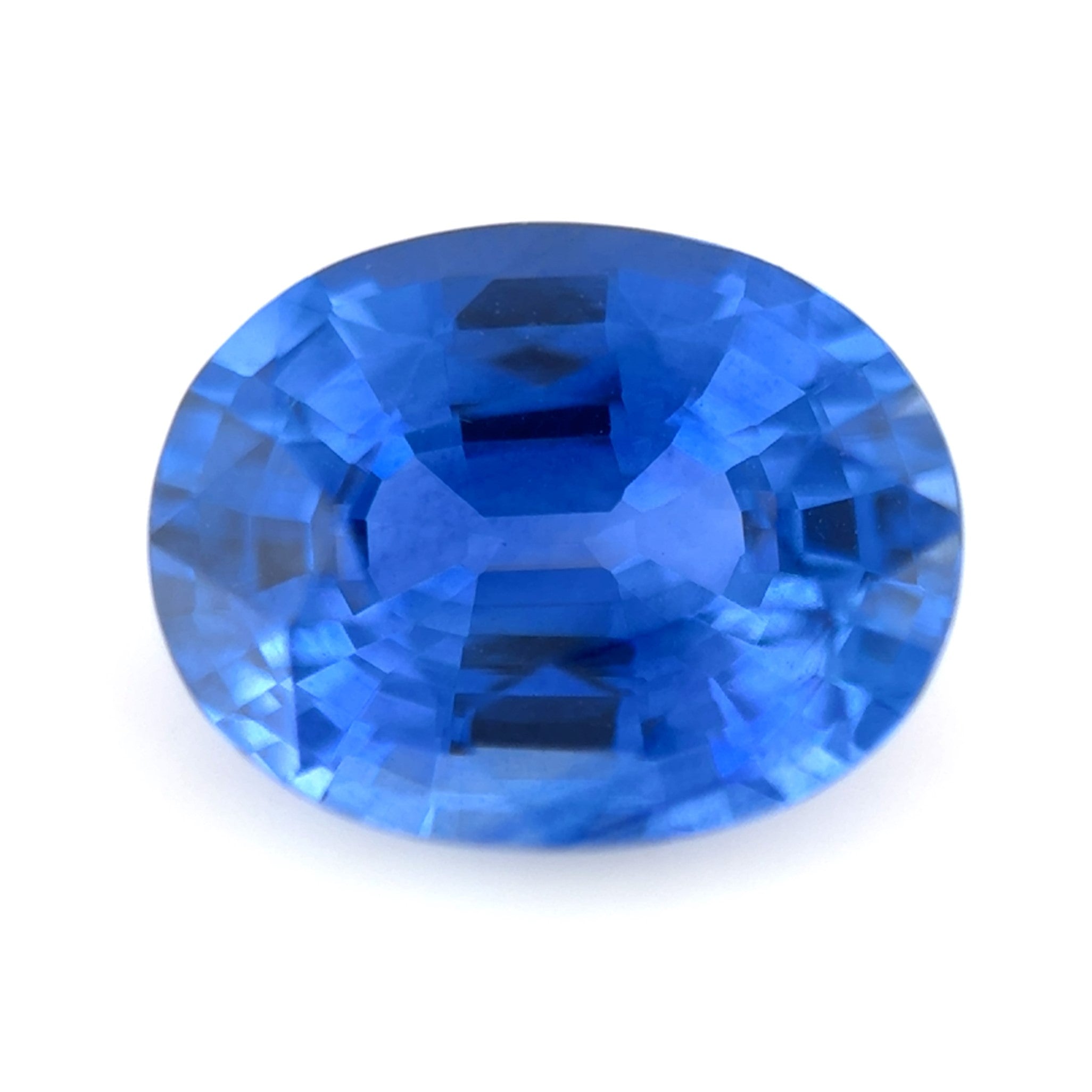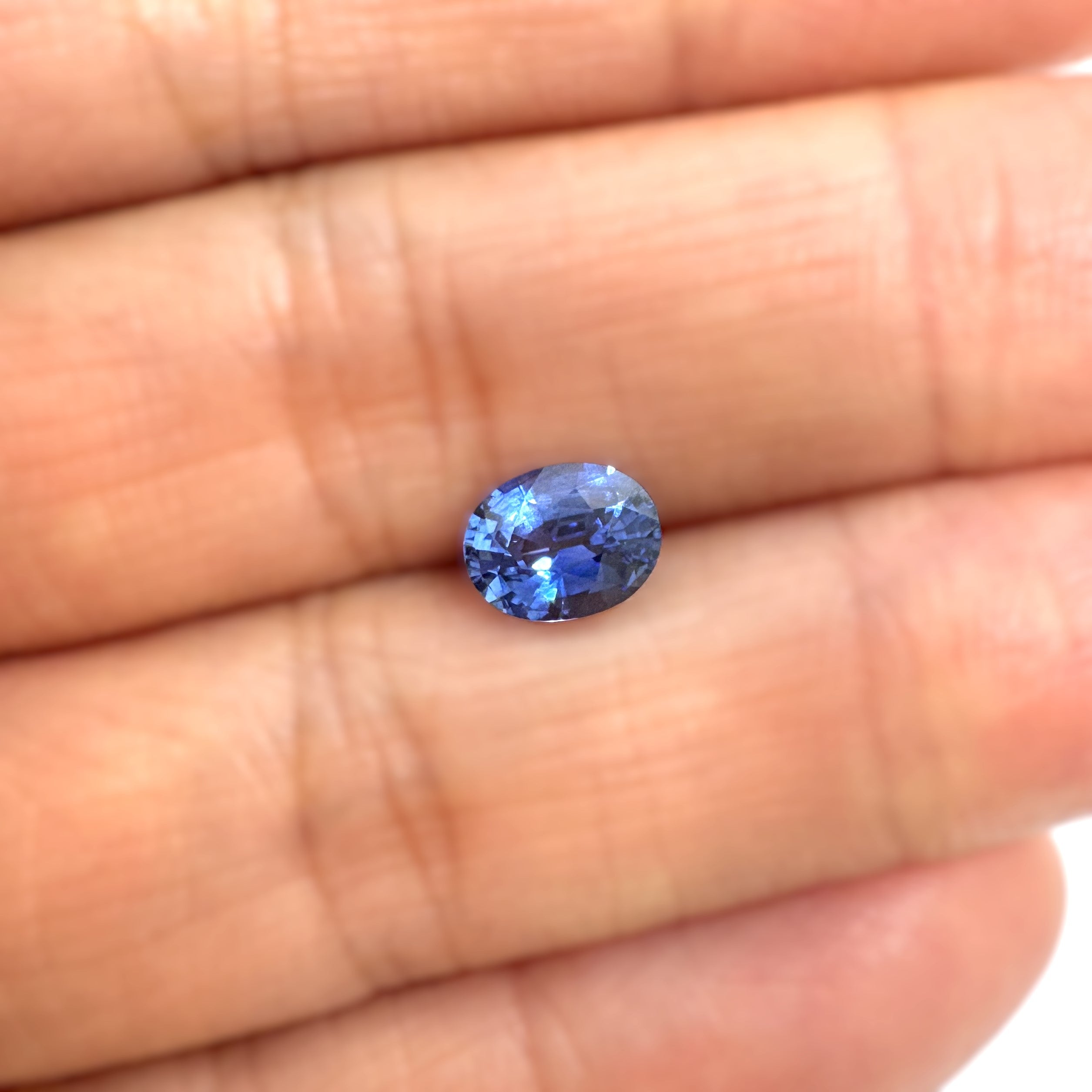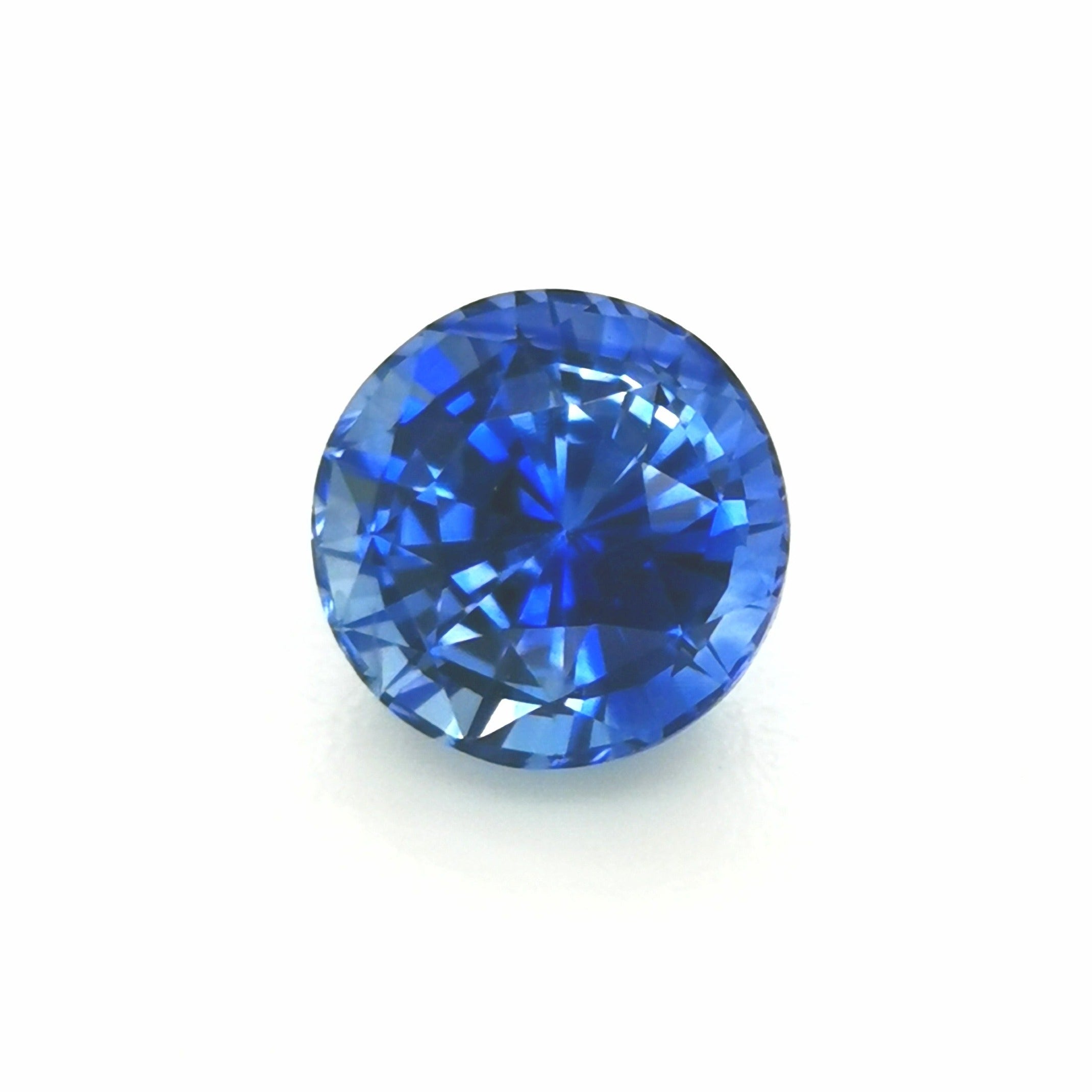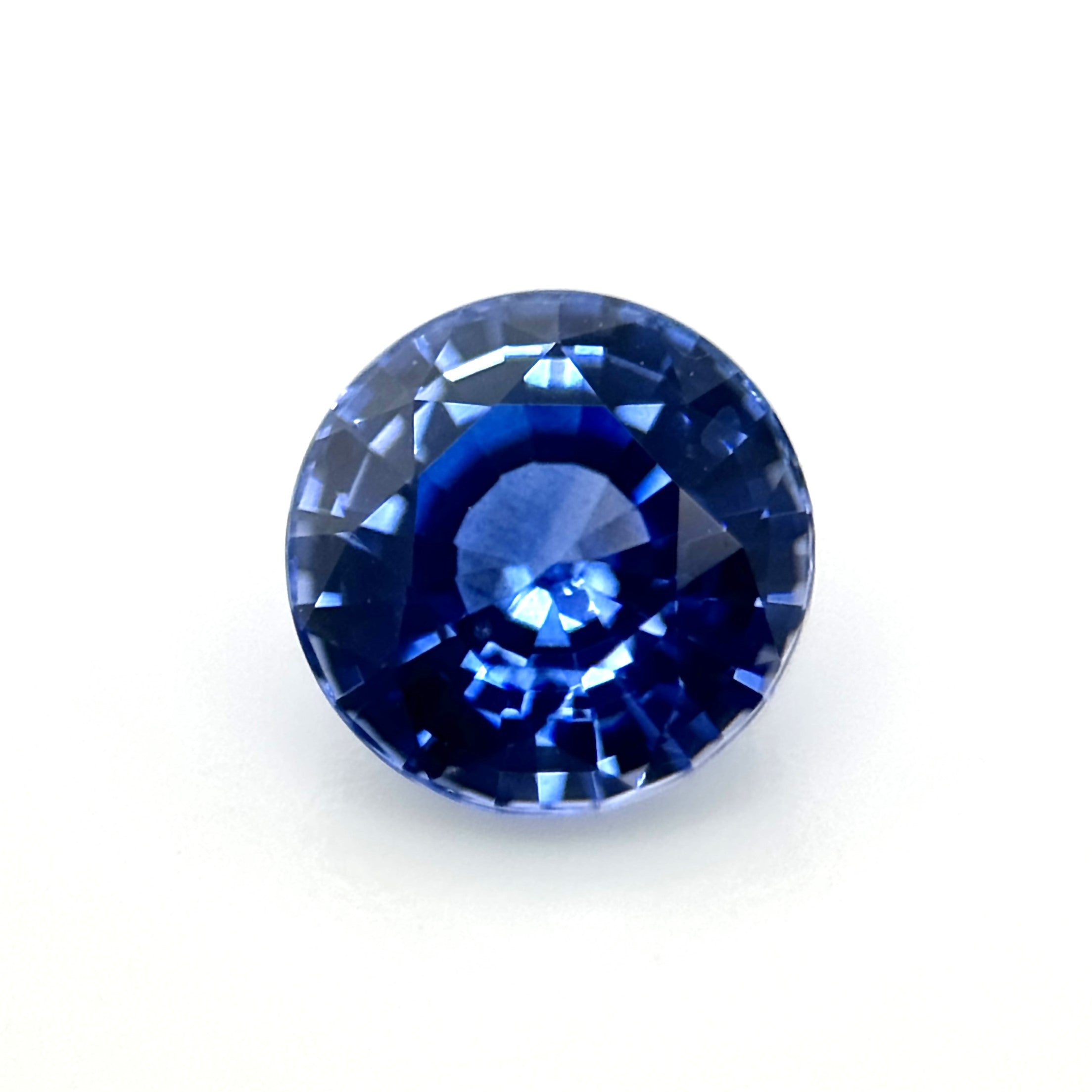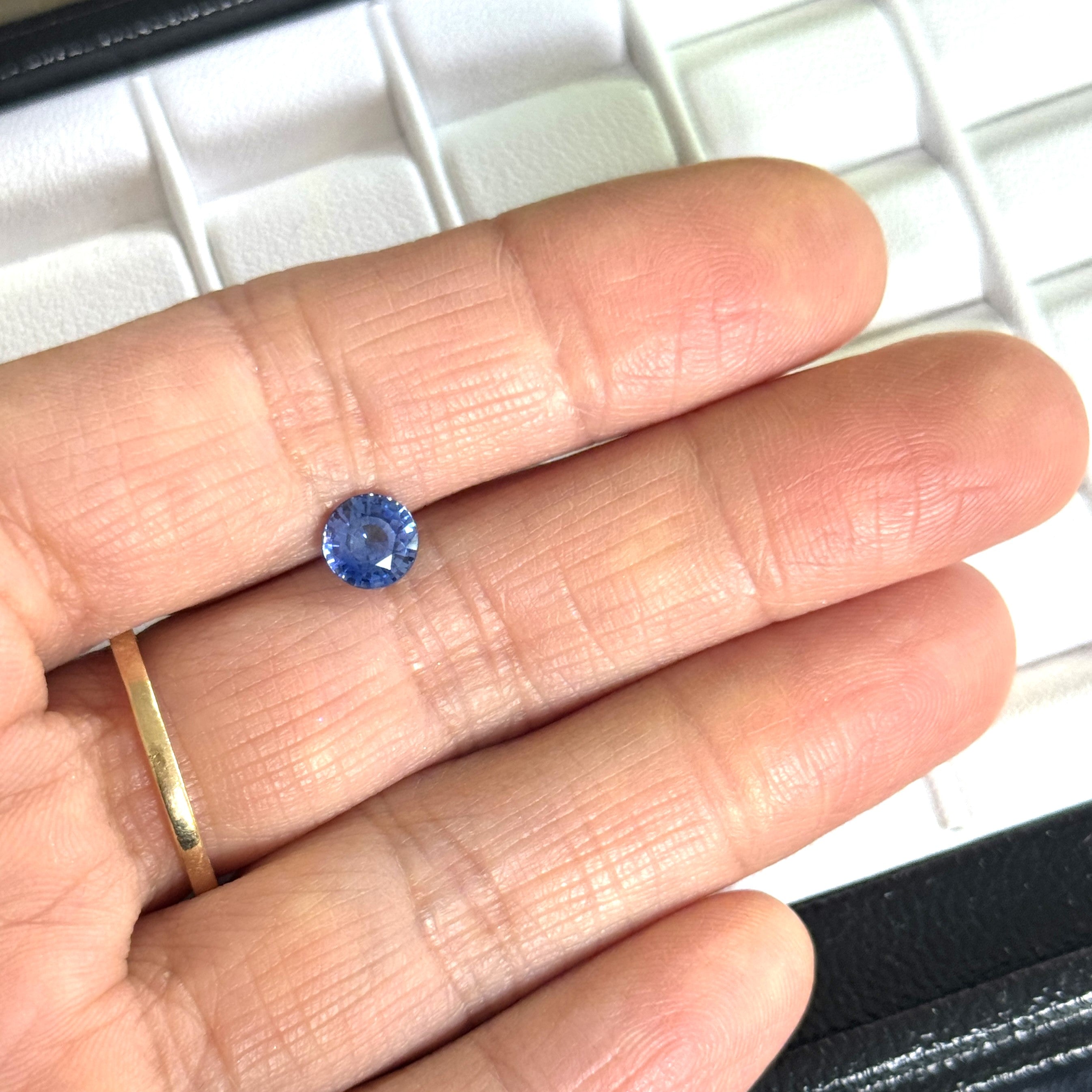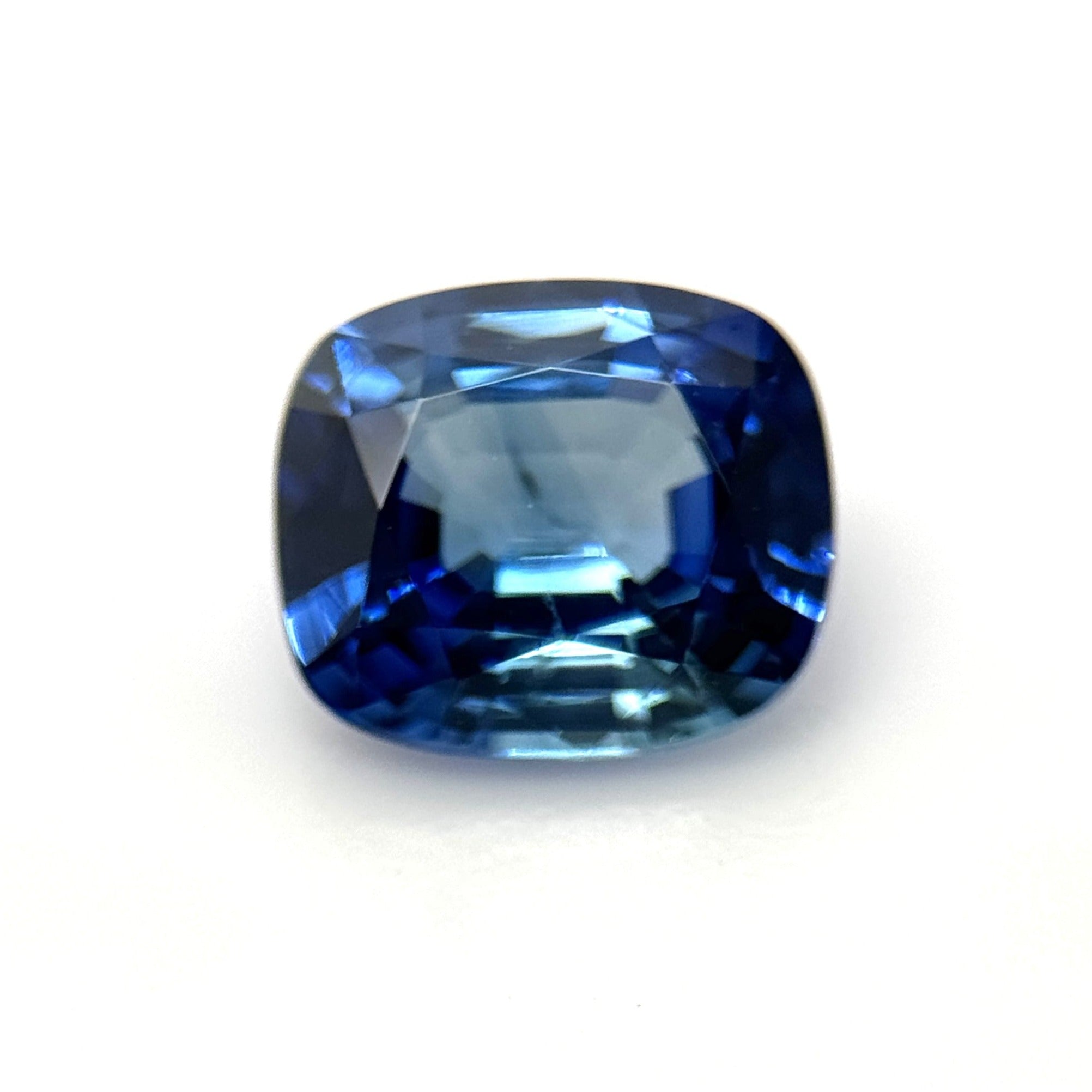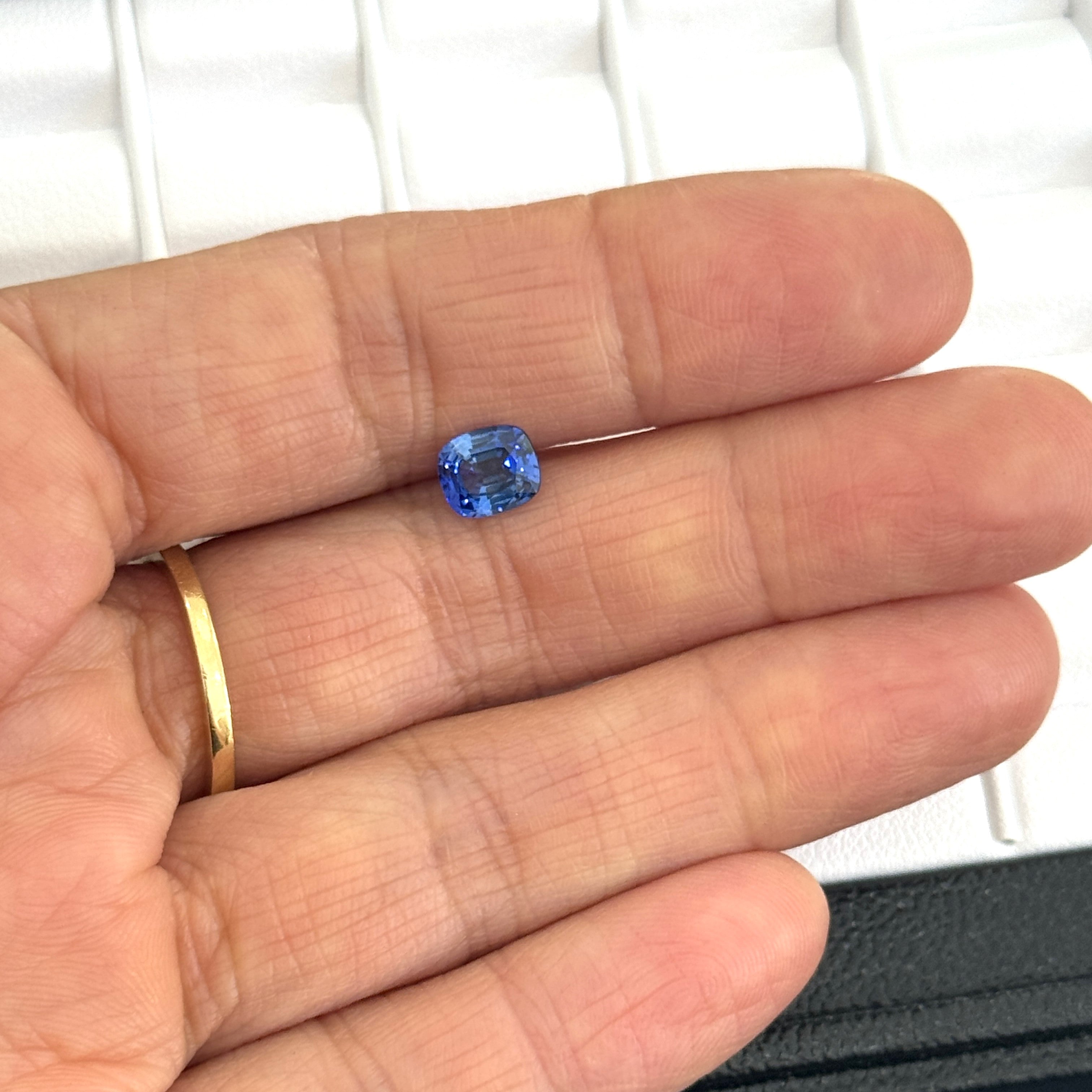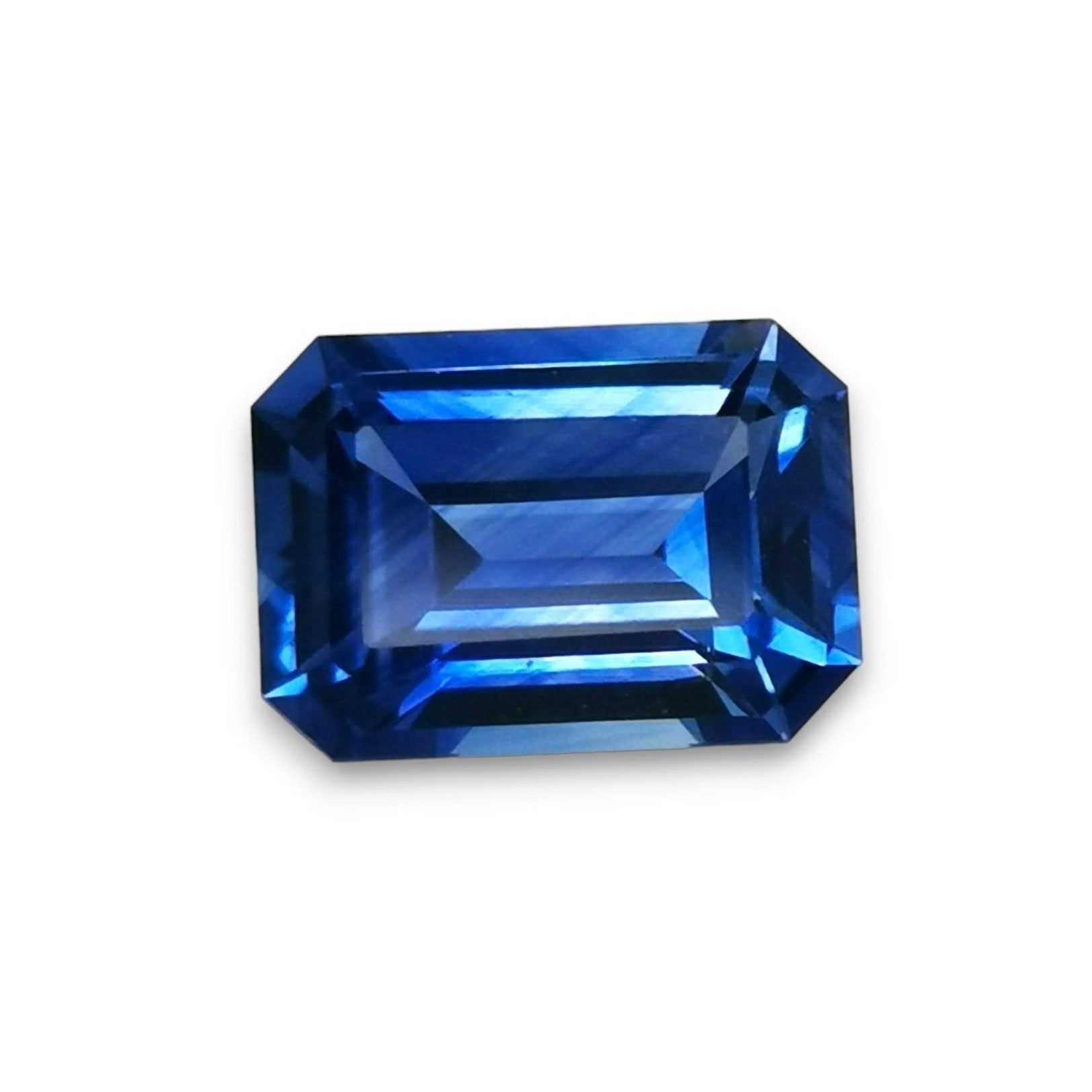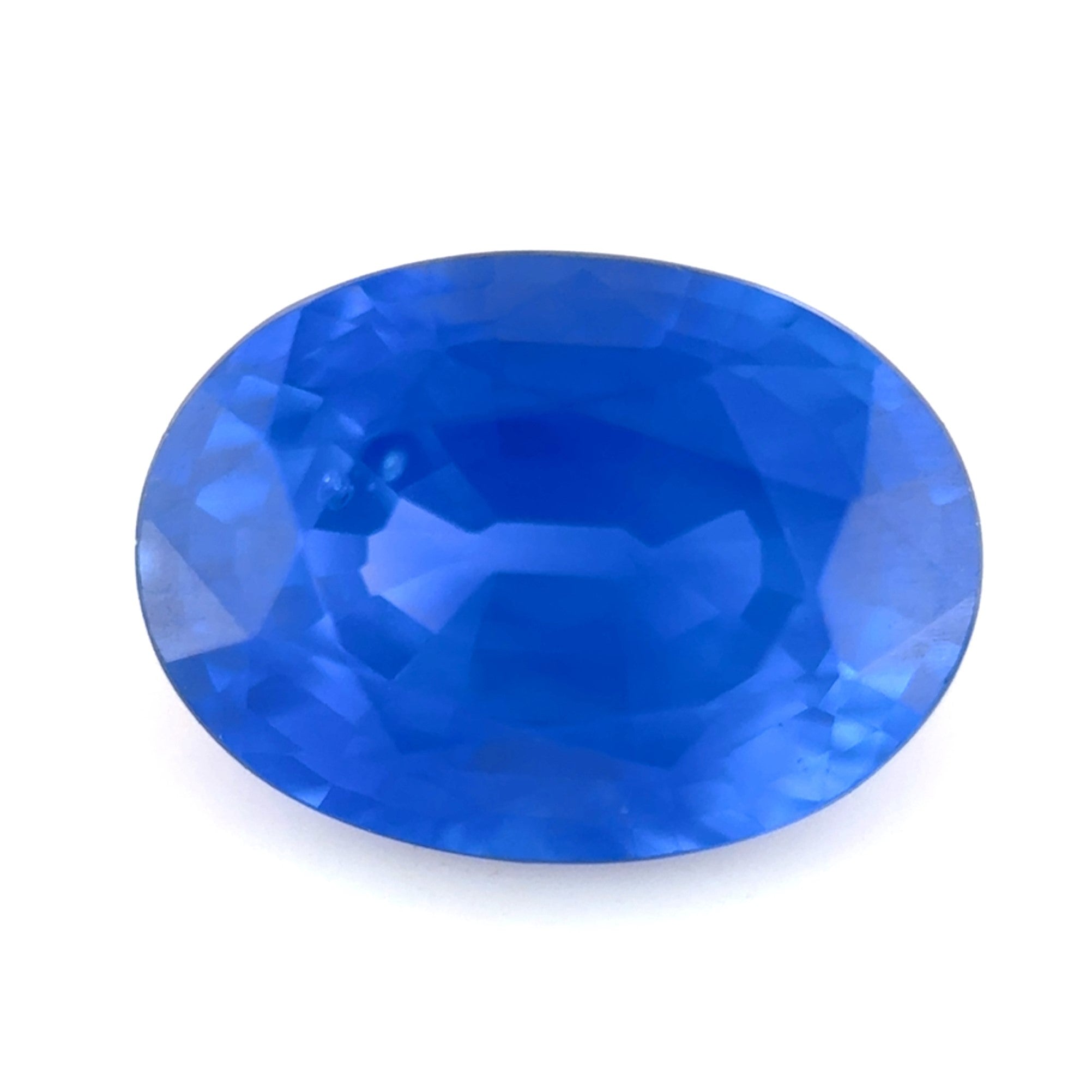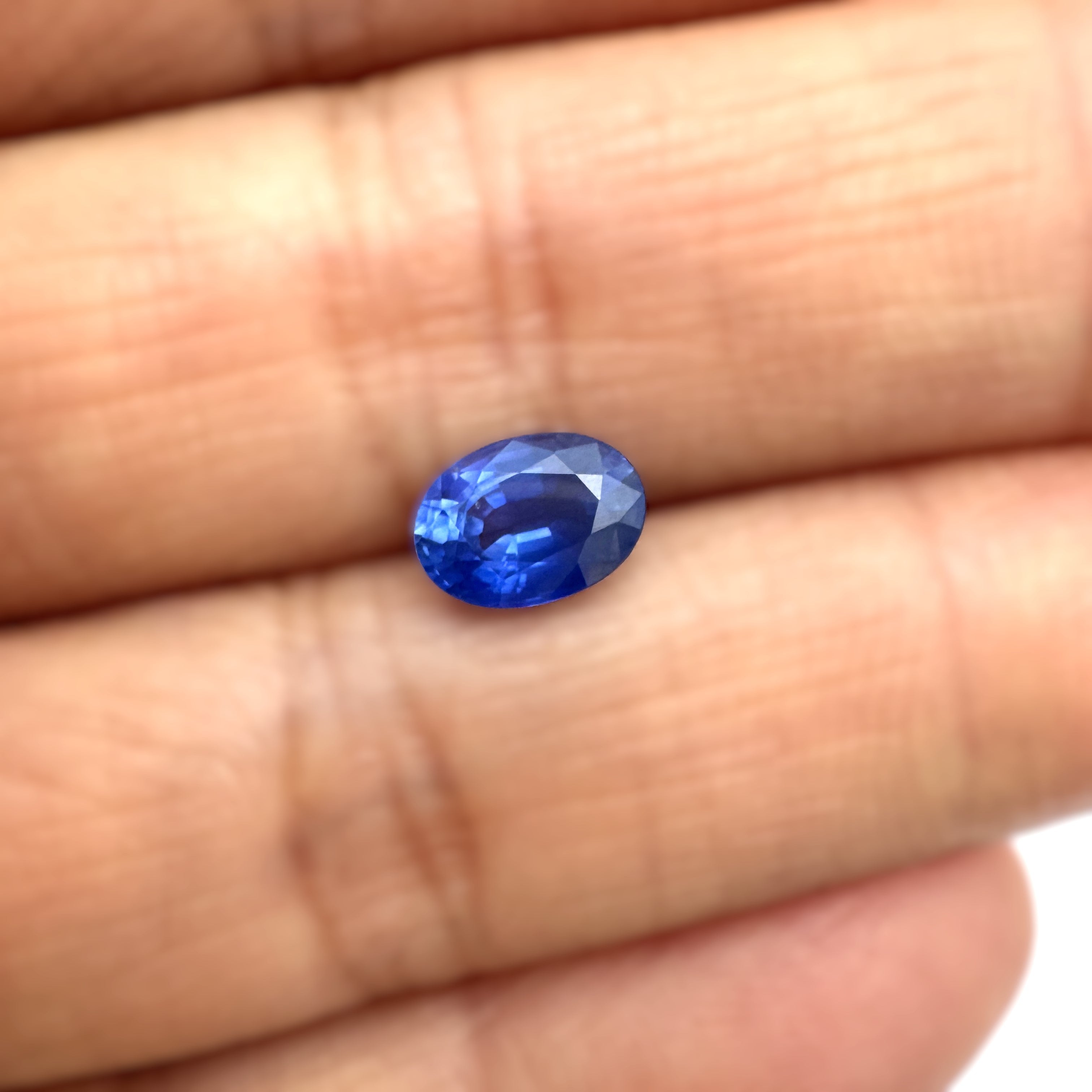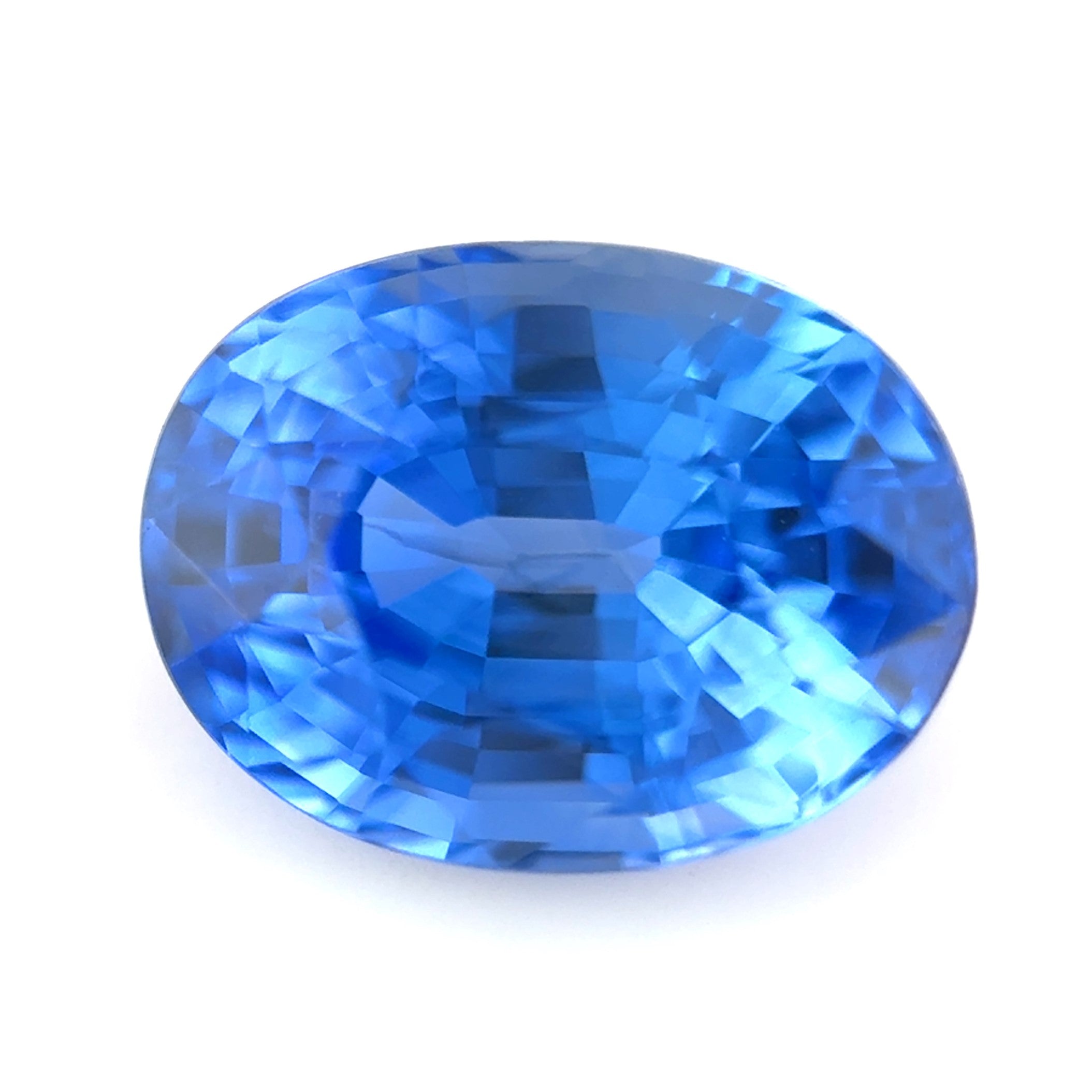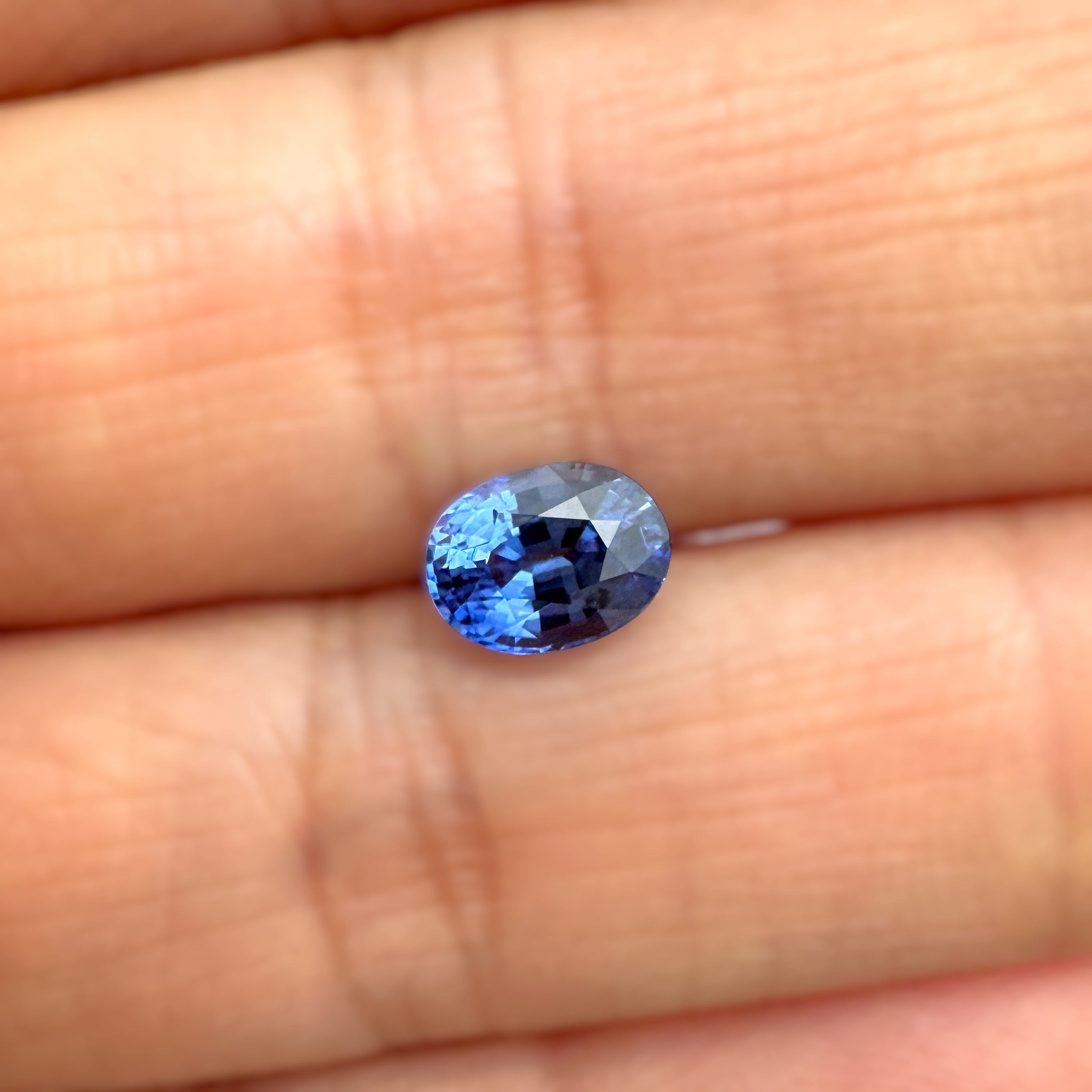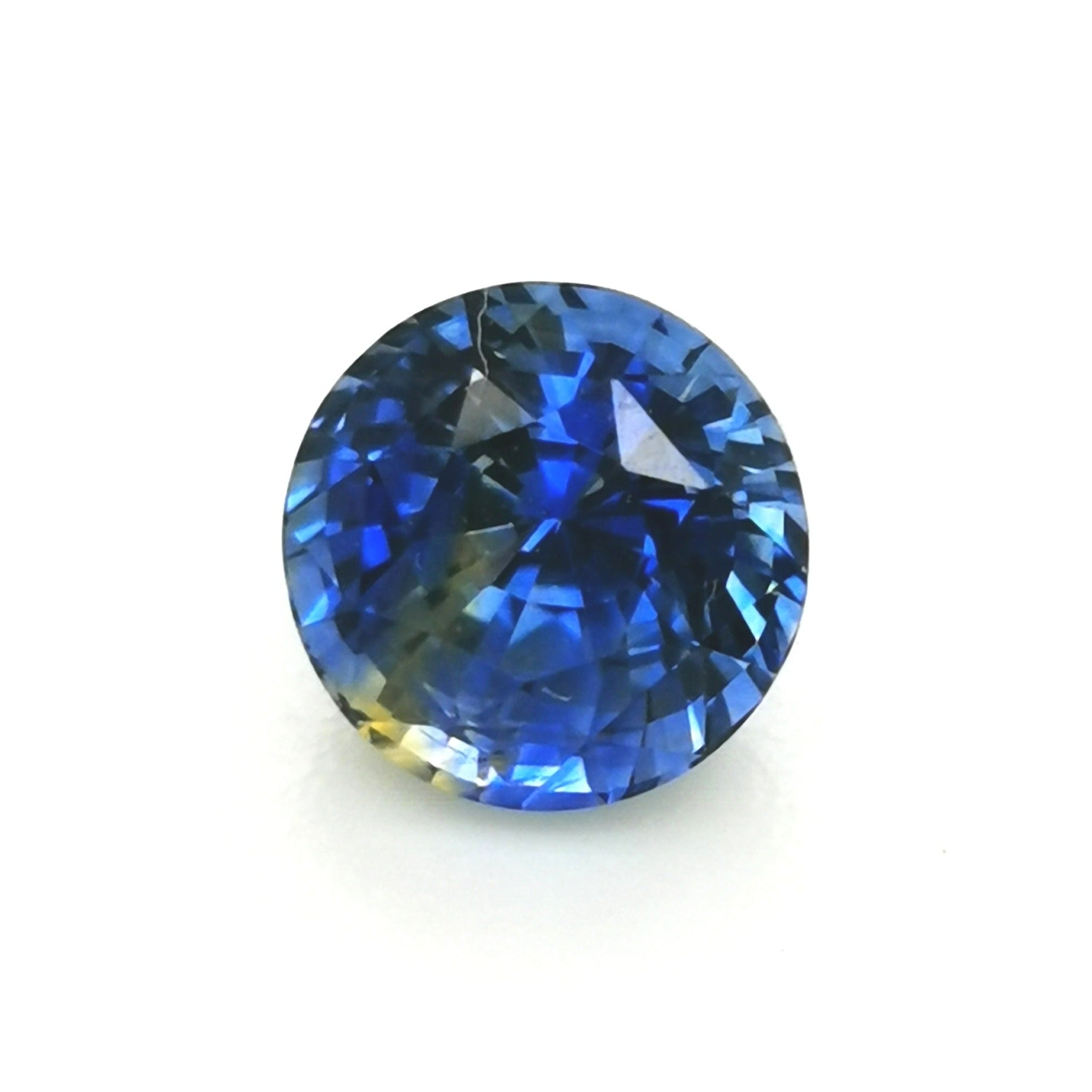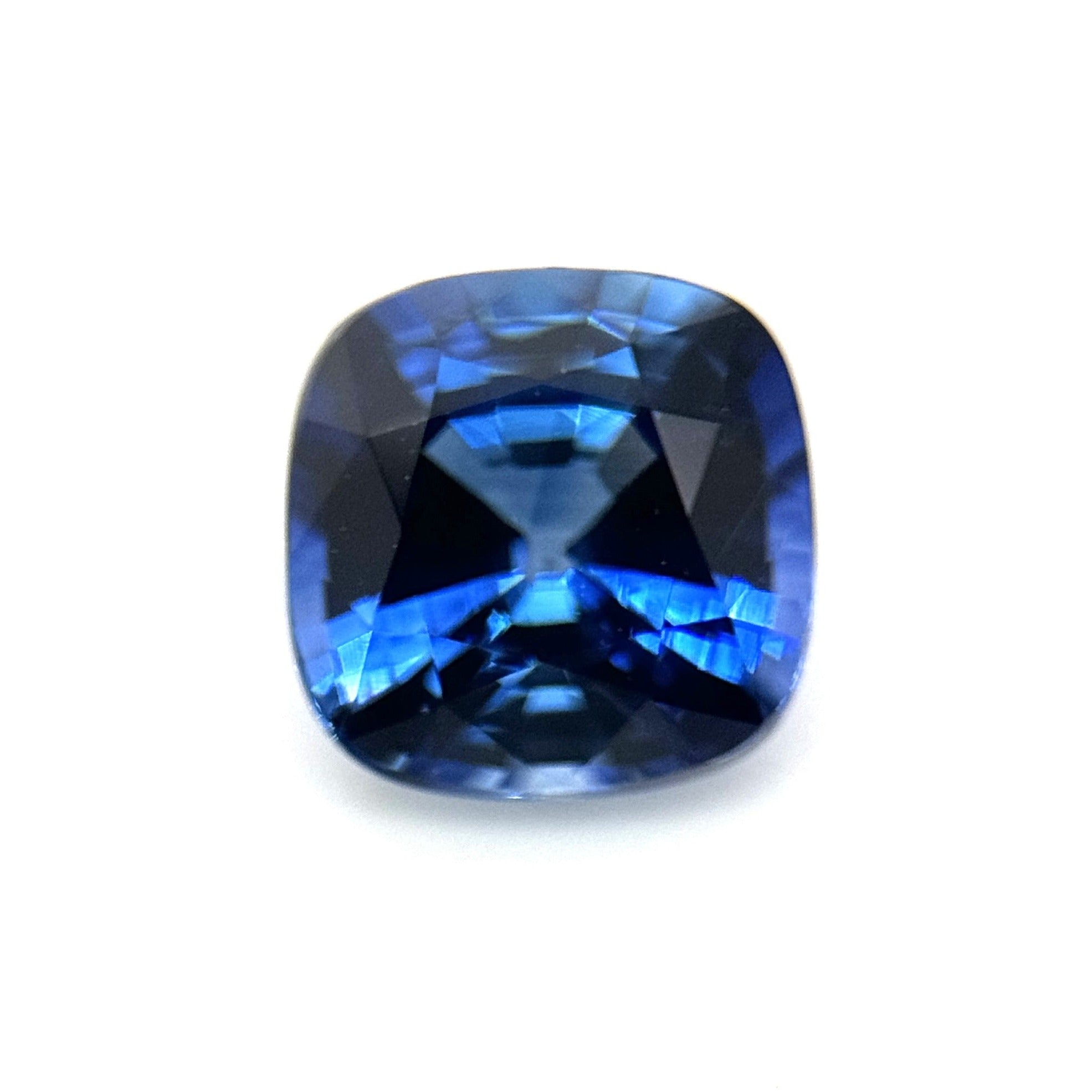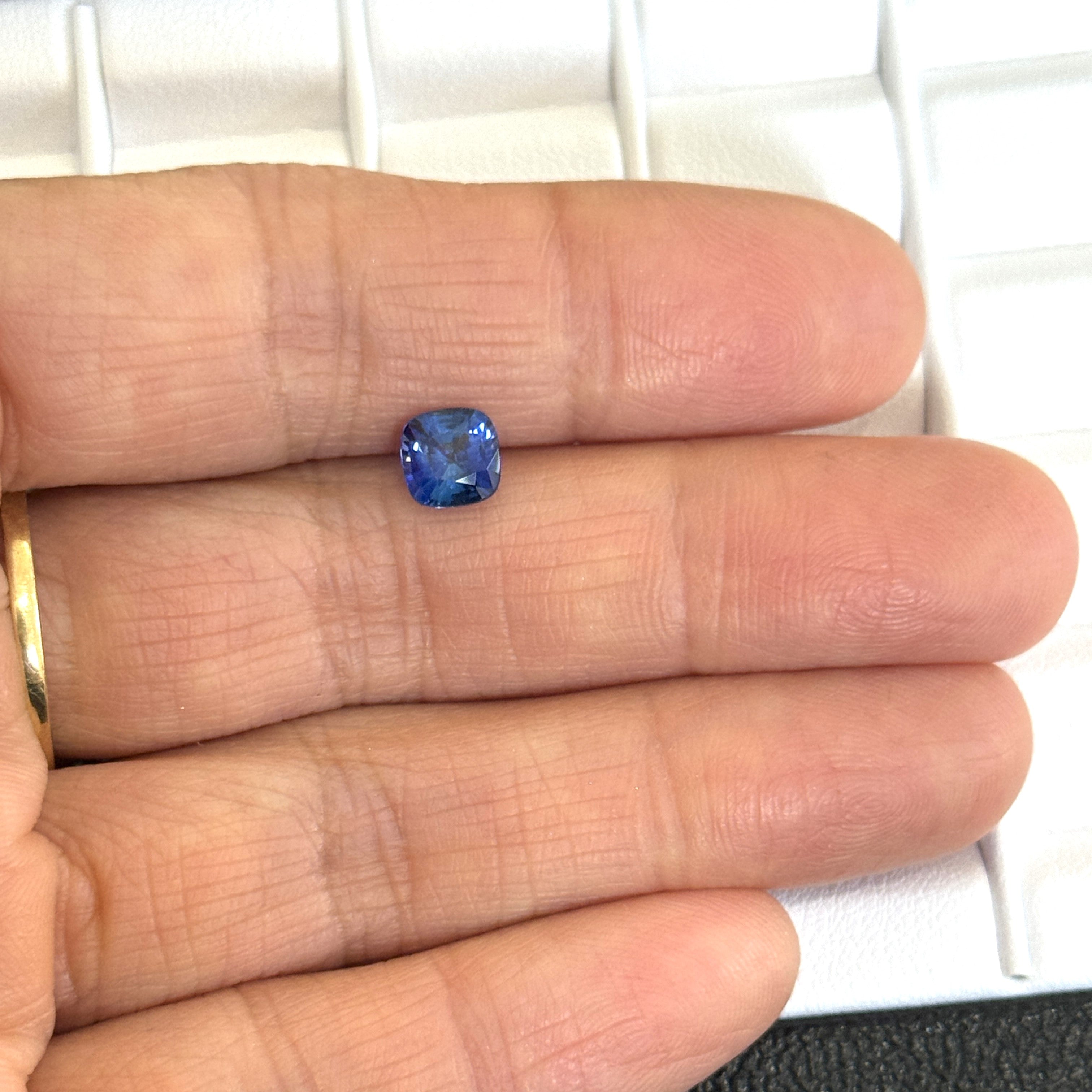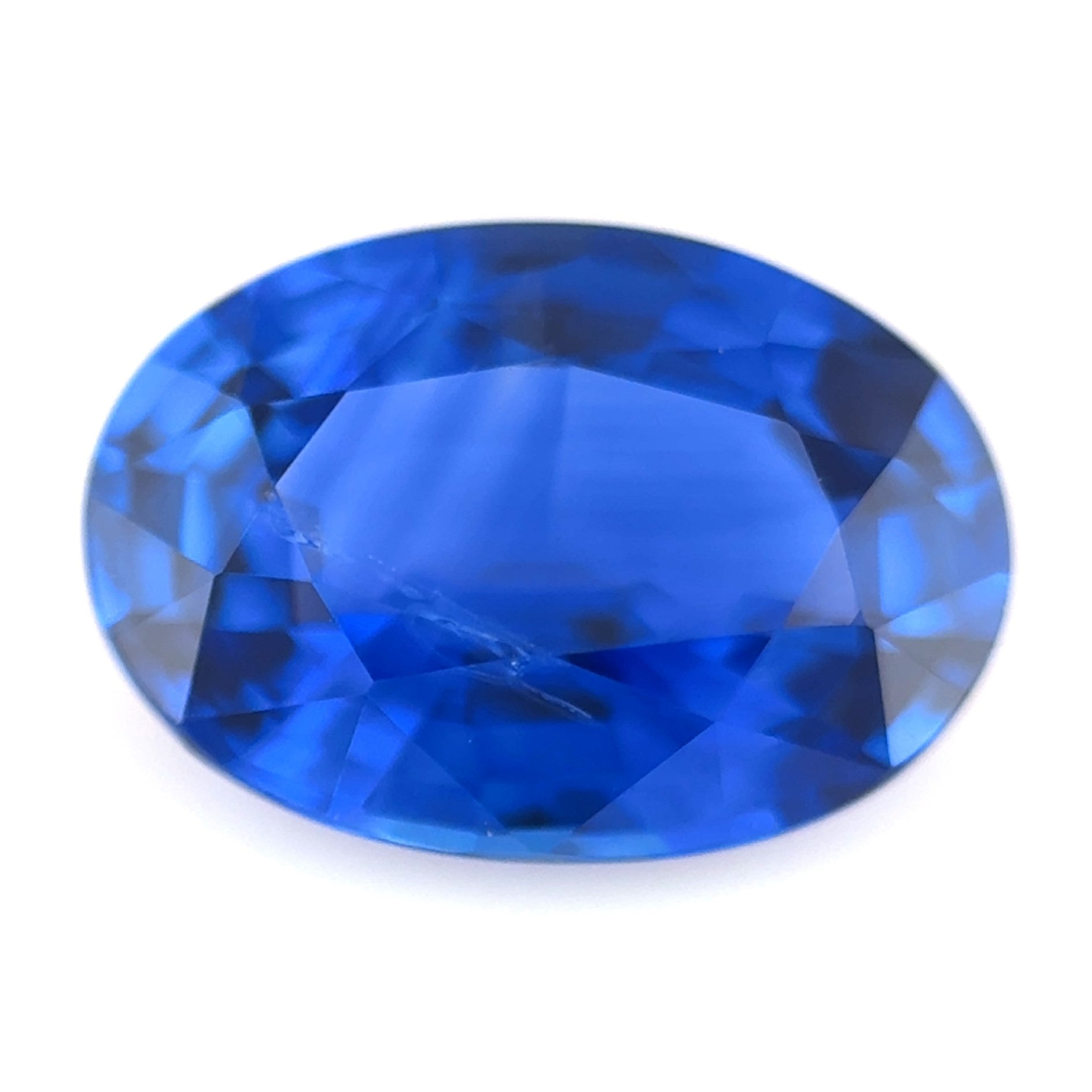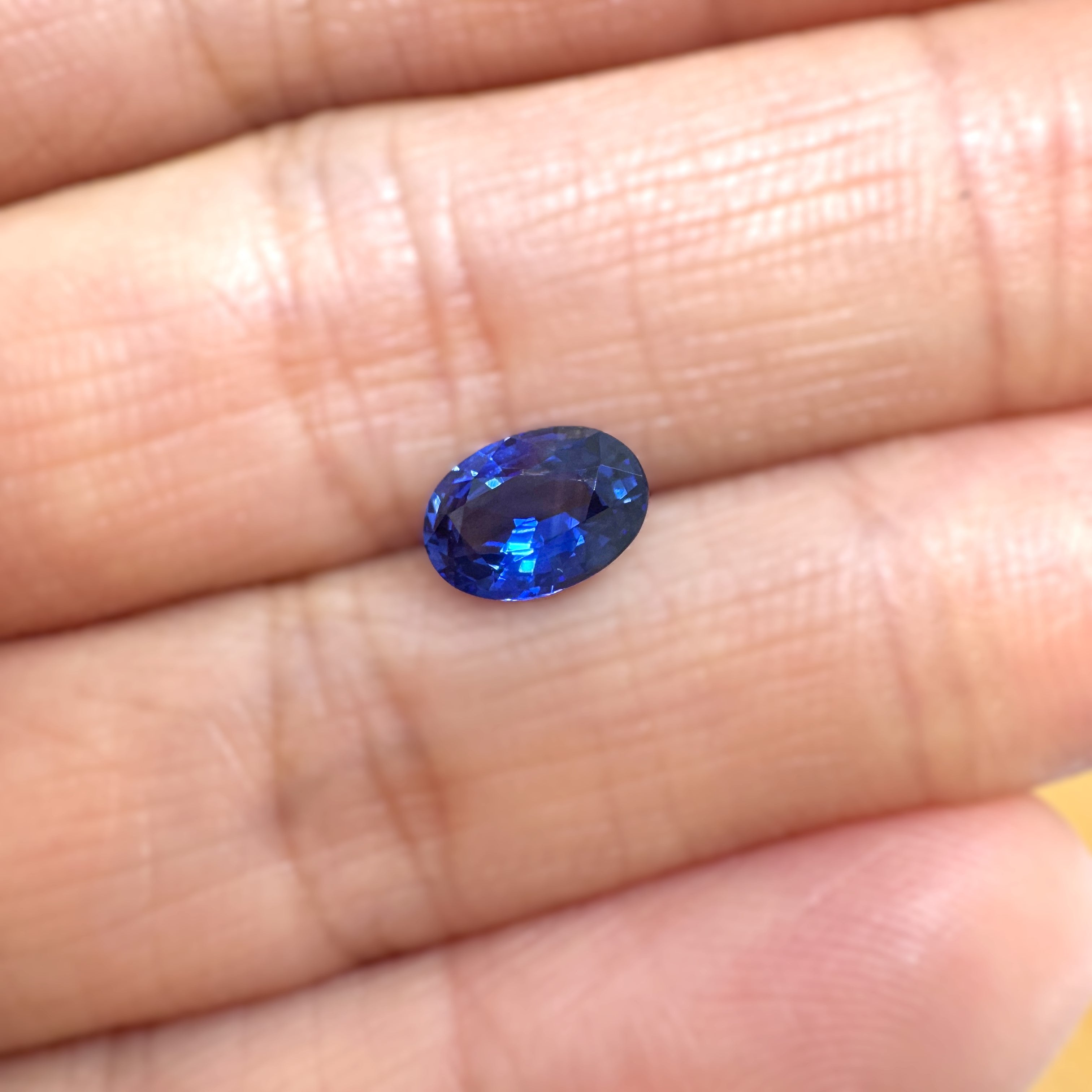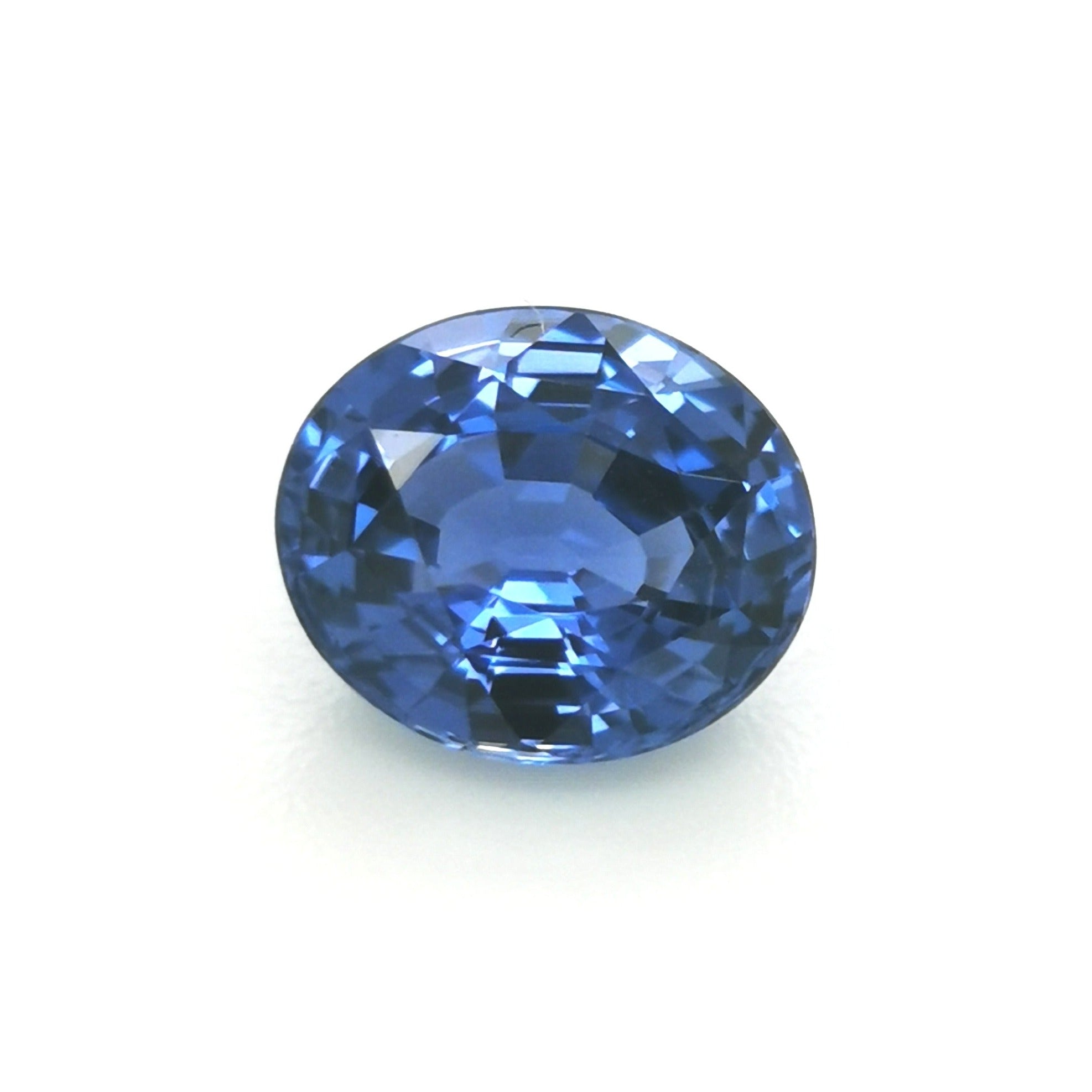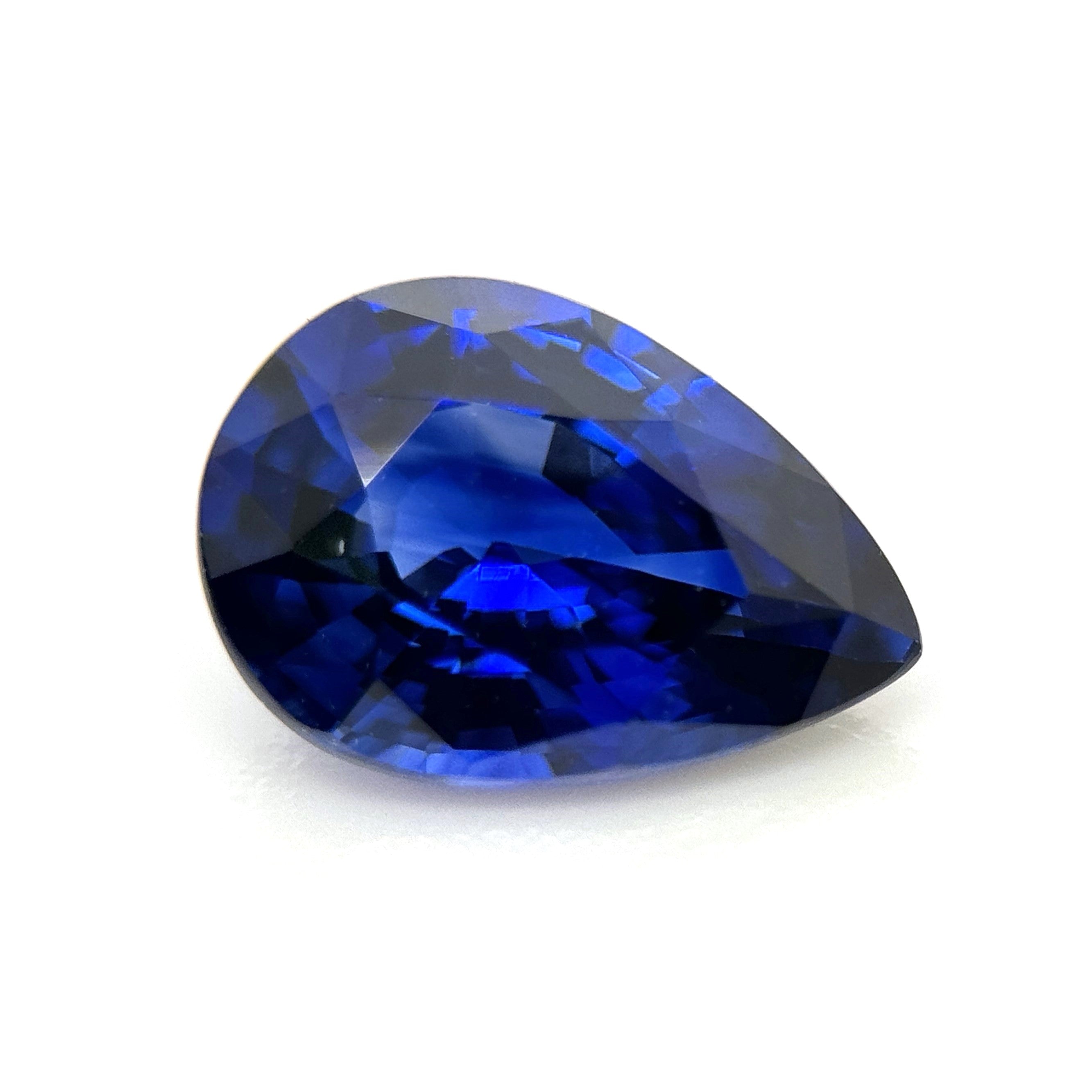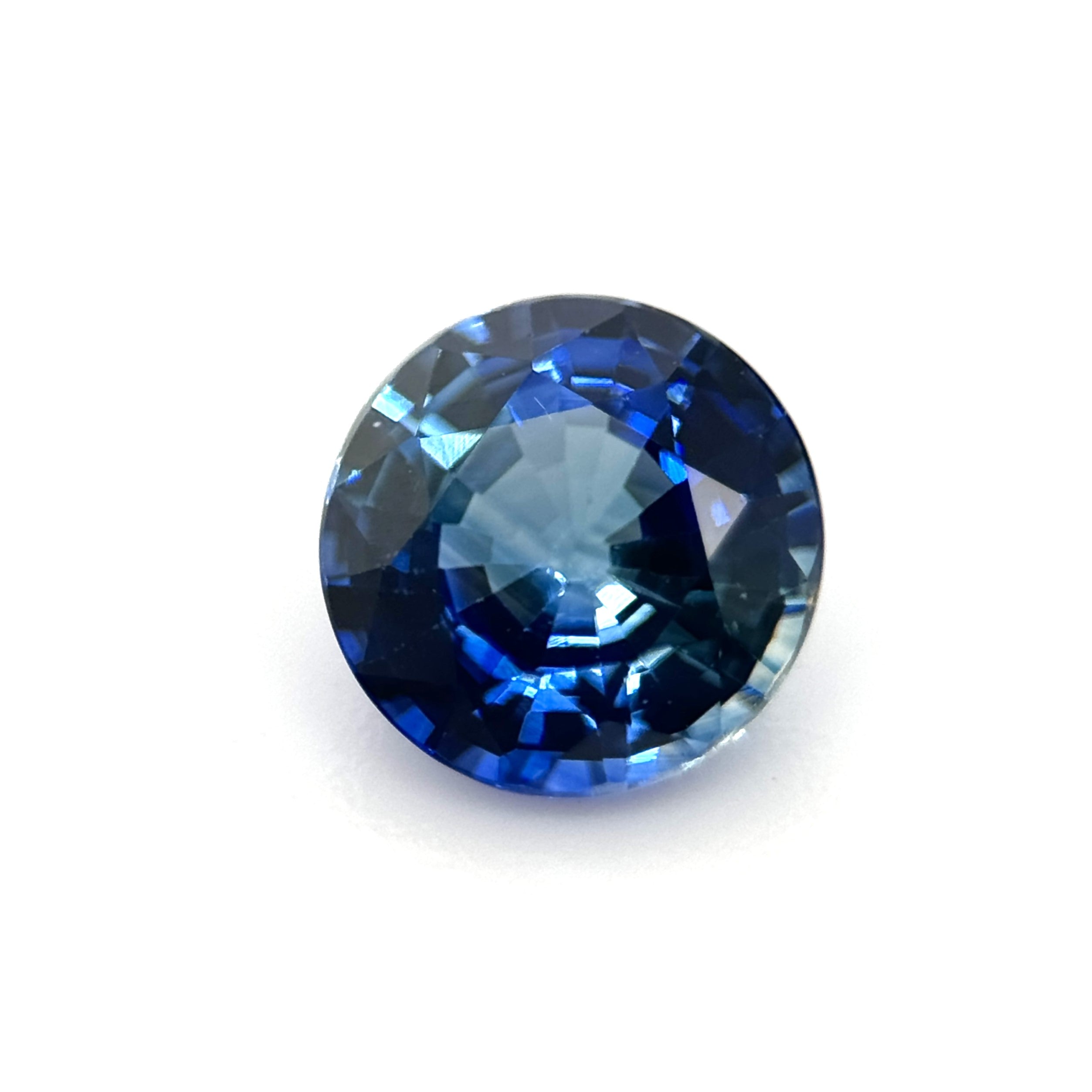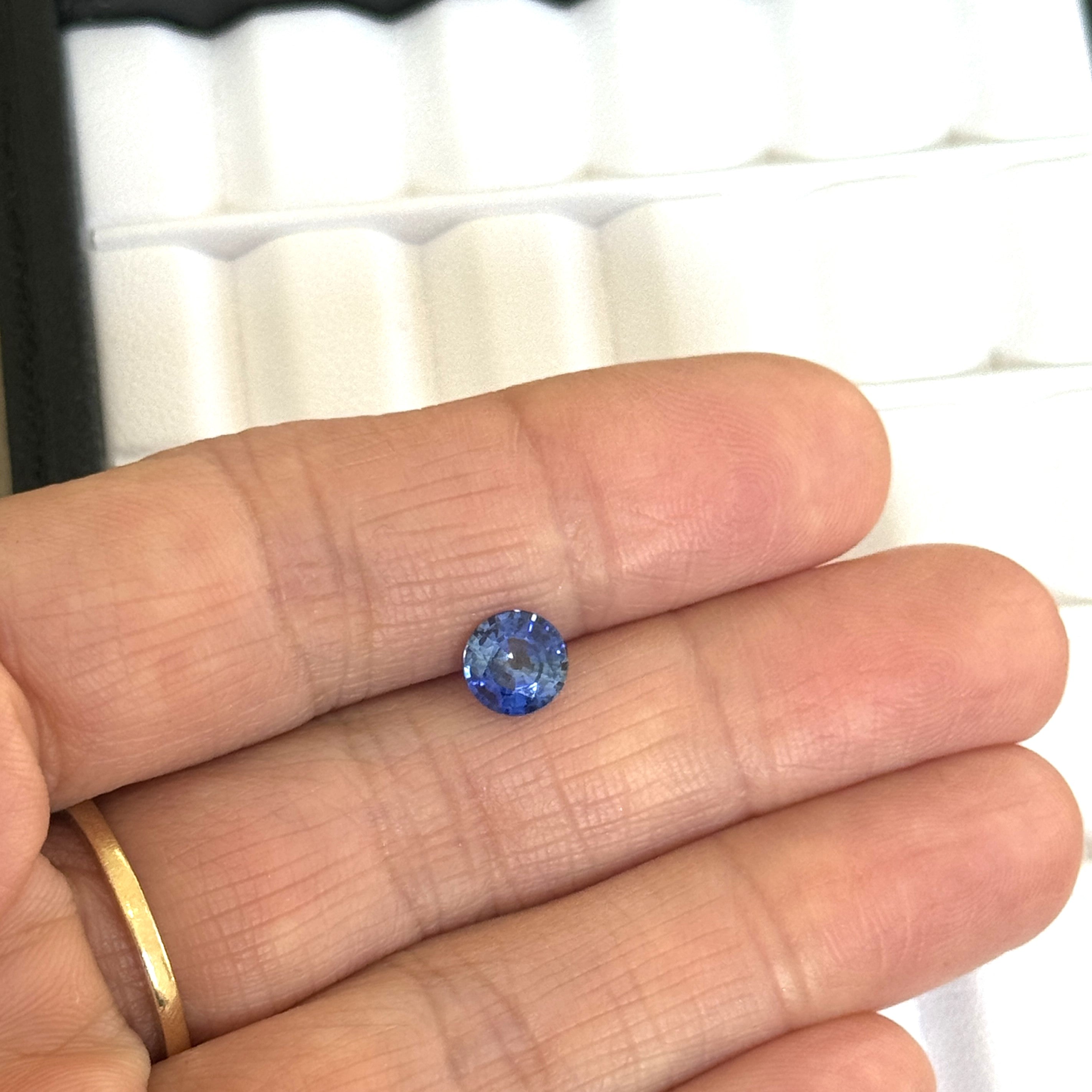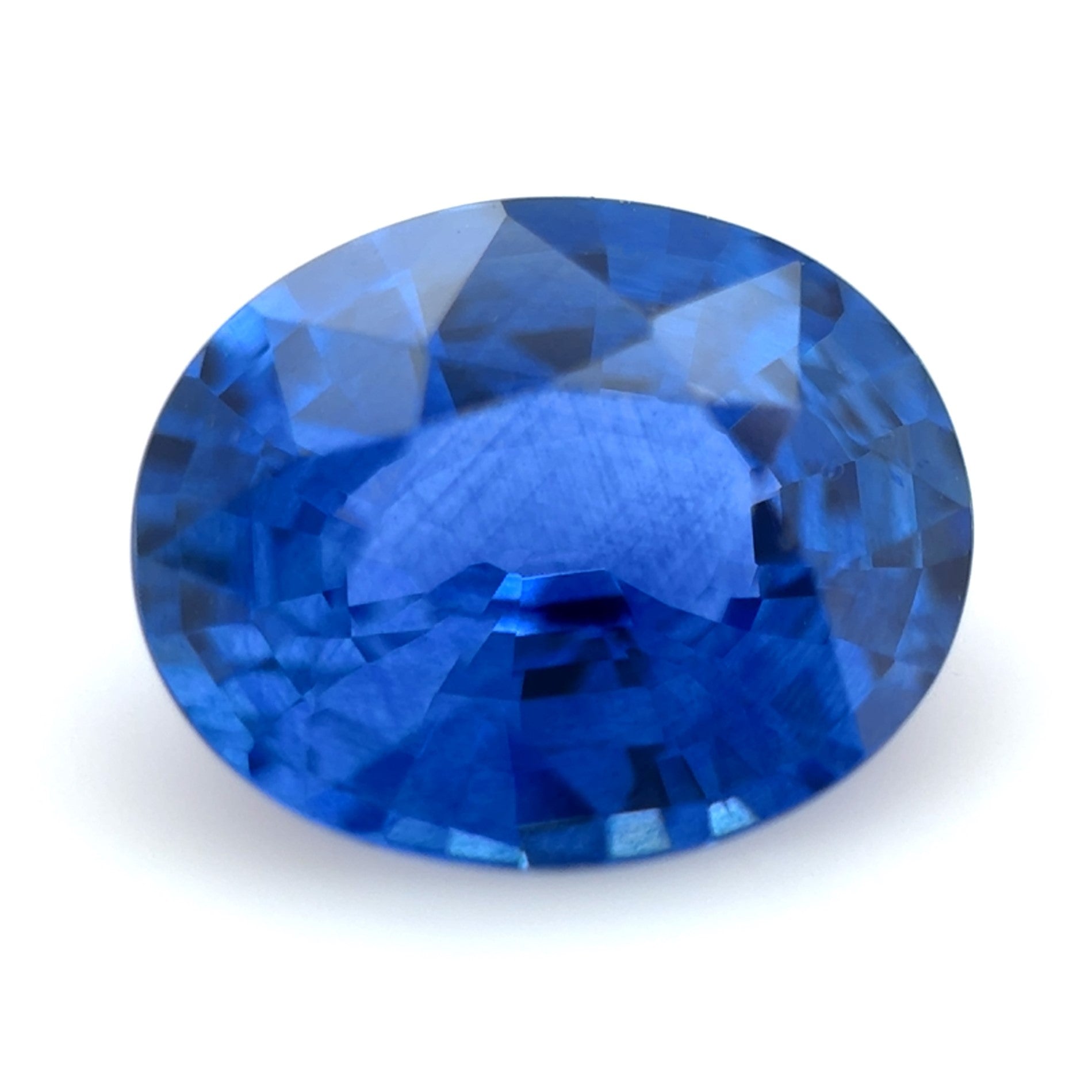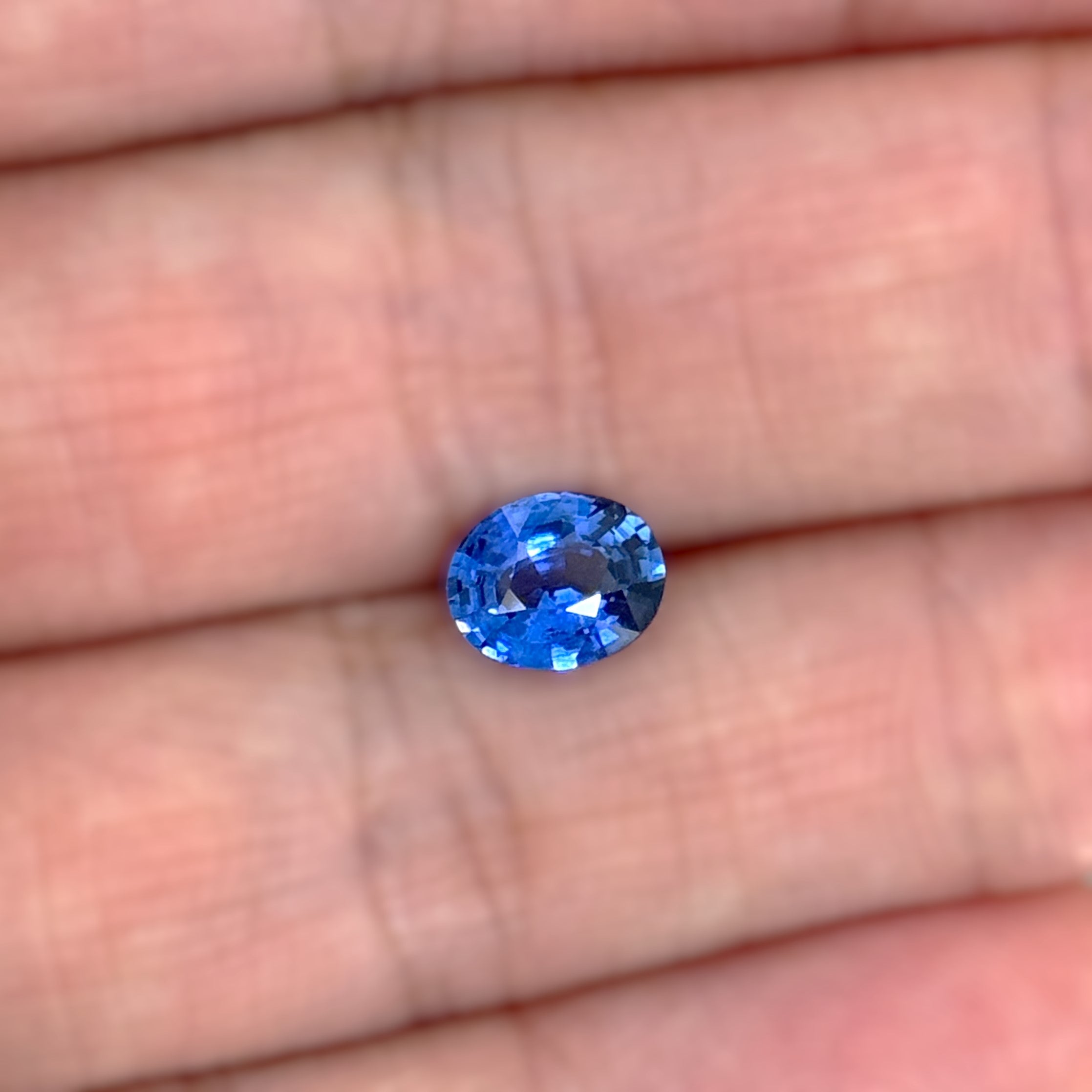Filters
The Ultimate Guide to Blue Sapphires: Origin, Value, and Buying Tips
Immerse yourself in the captivating world of brilliant sustainable blue sapphires that have awed kings and courtesans, styled the rich and famous, and proved their timeless appeal across centuries. In our ultimate guide, we dive deep into the mystique of these gemstones, tracing through its thrilling origins to its hard mode calculation of value. Whether you're a seasoned connoisseur or an aspiring enthusiast, we present to you expert buying tips, keeping you ahead in your pursuit of these azure beauties. Embark on this scintillating journey and let blue sapphires unravel their secrets just for you.
On our website, you will find a wealth of information about blue sapphires. We offer detailed articles discussing the properties of blue sapphires, different cuts and sizes available, and their rarity in the market. Additionally, we provide an extensive selection of high-quality blue sapphires with various cuts and carat sizes for purchase.

'Effects of Colors on Gem Values' inappropriately broadens the scope
Although colors indeed impact the resale value of a gemstone, this topic is generally too broad to address entirely in an article that aims to provide a comprehensive guide to one particular gemstone. For instance, discussing how the color of emeralds affects their value or how rubies vary in price due to their hue could quickly sidetrack readers from gleaning insights into blue sapphires.
Instead, we want to focus our attention on explaining the nuances of blue sapphires and providing tips on purchasing them. We'll dive deep into their history, origin, formation, and how these factors influence the value they retain today.
Exploring the Blue Sapphire
Sapphires are one of the most valued and recognizable gemstones globally and have been highly sought after throughout history for their color and durability. But what makes blue sapphires unique?
For starters, unlike other colored sapphires like pink or yellow, blue sapphires are created from elements such as iron, titanium and chromium during crystallization. The traces of all these minerals work together to produce hues within a specific range of blue – from light baby-blue to dark navy-blue – which is why they're often referred to as "cornflower blue."
Formed over tens of millions of years under the earth's surface, Sri Lanka is considered by many experts as the origin of some of the world's most exceptional quality blue sapphires. Other sources include Madagascar, Burma and some parts of Australia; each location produces stones that have slightly different characteristics.
| Source | Characteristics |
|---|---|
| Sri Lanka | A highly prized source with excellent clarity and a brilliance almost unmatched by any other variety |
| Madagascar | Blue sapphires from Madagascar often have hues that lean slightly towards violet or purple |
| Burma | Known for producing deeper shades of blue sapphires |
| Australia | Australian blue sapphires typically have greenish-golden tones when held against the light |
The origin of a sapphire has a significant impact on its value, much like how the flavor of wine produced in different regions can influence taste.
Understanding the features and qualities that make up blue sapphire will help anyone navigate the process of purchasing with confidence. Next up, we'll be dissecting the Four C's – Color, Cut, Clarity, and Carat – to give you an overview of what to look for when making your selection.
- Sapphires are highly valued and recognized gemstones known for their color and durability. Blue sapphires, in particular, are unique because they are formed from elements such as iron, titanium, and chromium during crystallization. The presence of these minerals results in a range of blue hues, from light baby-blue to dark navy-blue, often referred to as "cornflower blue."
The origin of blue sapphires also affects their characteristics and value. Sri Lanka is considered a top source, producing stones with excellent clarity and unmatched brilliance. Madagascar sapphires may lean slightly towards violet or purple hues, while Burma produces deeper shades of blue sapphires. Australian blue sapphires typically have greenish-golden tones when held against the light.
Understanding these features and qualities can help individuals confidently navigate the process of purchasing blue sapphire. In the next section, we will explore the Four C's - Color, Cut, Clarity, and Carat - to provide an overview of what to look for when selecting a blue sapphire.
Origin and Formation
Sapphires are a gemstone variety of the mineral corundum, which gets its blue coloration from the presence of iron and titanium trace elements. Sapphires can form in different regions of our planet's crust, primarily through igneous processes. One well-known location for sapphire mining is Sri Lanka, where the geology favors metamorphic formation.
Another region renowned for sapphires is Kashmir, which historically produced some of the best-quality blue sapphires on Earth. However, geological prospecting depleted much of that region's resources. Madagascar is another important producer of unheated blue sapphires and has supplied global markets with many mesmerizing hues over recent years. The variations in geography and mineral presence influence the distinct characteristics of individual stones.
Now let us take a look at various cuts and sizes available for these beautiful gemstones.
Various Cuts and Sizes
Blue sapphire comes in various shapes and sizes. Some popular cuts include Princess cut 0.46 Ct, Princess cut 0.44 Ct, Pear cut 0.84 Ct, Round cut 1.22 Ct, Marquise cut 1.44 Ct, Asscher cut 1.29 Ct, and Heart cut 3.46 Ct. Each type of cut exudes unique qualities; for instance, round-cut appears more substantial than other cuts while princess cut implies modernity .
It's essential to note that there is no "right" or "wrong" when it comes to sapphire cuts. Instead, selecting one should revolve around personal preference.
Sapphire sizes can also range from small chips to several carats or even larger untreated specimens.
Ultimately, the size and cut of a sapphire come down to personal preference. However, one should consider where they plan on wearing the stone primarily, as some cuts might better suit formal wear versus daily wear.
When purchasing a sapphire, it’s imperative to verify its genuineness. Opt for renowned sellers who provide certification of authenticity or reputable online stores that provide images and descriptions of the product .
Having looked at the cuts and sizes available let us examine profound blue sapphire's characteristics.
- Based on industry data, the global sapphire market size was valued at $1.15 billion in 2019 and is forecast to grow at a compound annual growth rate (CAGR) of 4.6% from 2021 to 2027.
- The demand for blue sapphires, specifically those that are unheated and vividly royal blue, have seen rapid price increases - sometimes doubling every 6 months to a year.
- It's estimated that a super rare unheated vivid royal blue sapphire costs roughly $11,000 AUD per carat in the current market.
Characteristics of Profound Blue Sapphires
Blue sapphires are among the most coveted gemstones globally, with their value determined by a combination of factors such as clarity, cut, carat weight, and color. But what makes blue sapphires so unique, and how can you distinguish a genuinely profound blue sapphire?
A striking feature of blue sapphires is its velvety hue and saturation. In essence, a high-quality natural blue sapphire should possess vibrant coloration that's not too dark or light. Vivid royal blue sapphires are considered super rare and often fetch exorbitant prices due to their exceptional quality.
Besides, they boast excellent luster and transparency, meaning that light passes through them effortlessly without distortion. A profound blue sapphire must also be free from inclusions - impurities within the stone - thus enhancing its overall aesthetic appeal.
When searching for a high-quality profound blue sapphire, consider the origin of the stone. Ideally, sapphires from Madagascar and Sri Lanka have garnered attention for their impeccable velvety hues with minimal levels of heat treatment. That being said, it's essential to note that physical assessments remain one of the surest ways of determining whether a gemstone is genuine or not.
With an understanding of the characteristics of profound blue sapphires let's now look at Identifying properties and varieties.
Identifying Properties and Varieties
There are various ways to detect whether a blue sapphire is authentic or not. One way to tell if it's real is to examine its refractive index under a magnifying lens; if it's higher than 1.76, then you're likely dealing with a genuine sapphire. Also worth considering is checking for any discolorations within the stone using ultraviolet light; diamonds tend to display fluorescence under UV light while many natural sapphires do not.
Another notable way of differentiating varieties is to consider the origin of the blue sapphire. If looking for rare unheated stones, Kashmir sapphires tend to have a hazier texture when compared to Burmese and Sri Lankan stones
Blue sapphire varieties can include those with black streaks or star patterns, such as asterism sapphires. Star sapphires feature needle-like inclusions that refract light in a star-shaped pattern while Parti-color sapphires contain more than one shade or color within the gemstone.
Understanding Heat Treatments
Heat treatments refer to a common practice of treating sapphires with heat, which involves exposing the gem to high temperatures to enhance its color or clarity. It is an accepted enhancement technique that has been used for an extended period in the gemstone industry. While heat treatment can improve the appearance of a blue sapphire, it's essential to consider the kind of heat treatment used and whether it's been fully disclosed by the seller. Untreated, natural blue sapphires are rarer and more valuable, and as such, they tend to attract higher prices.
Having basic knowledge about types of enhancements ensures that you can make an informed purchase. Heat treatments are one of the most common ways of enhancing color and clarity, but there are other methods like lattice diffusion, beryllium treatment, among others. Be cautious since treatments can affect the value significantly.
Unveiling The Blue Sapphire's Value
The blue sapphire is among the most sought-after gemstones globally due to its rich history, stunning coloration, and value in jewelry-making. When determining the value of your sapphire gemstone or the one you intend to purchase/pawn/sell, several factors come into play. Some key considerations include its rarity, clarity (or lack thereof), cut quality & symmetry (relevance mainly if you plan on engaging a jeweler), carat weight, origin (specifically Ceylon) & hue (medium-dark tone is most common).
For instance, untreated blue sapphires in vivid royal blue range are considered super rare and thus command high prices - up to $11000 AUD per carat. For high-quality unheated blue sapphires with ideal color - vibrant medium-blue hue with excellent saturation - prices can range from $3200 - $5000 per carat for stones of various sizes and cuts. While treated sapphires might appear similar to unheated ones, their value is lower since they have undergone color and clarity treatments, which detract from their rarity.
Understanding the blue sapphire’s value puts you in an advantageous position for prevailing market prices.
It's essential to note that blue sapphire prices have been increasing rapidly, sometimes doubling every six months or year. However, it's worth mentioning that some jewelers may offer overpriced stones that do not represent top-tier quality. Therefore, doing extensive research on reputable dealers and grading systems like GIA can help you make an informed decision and avoid paying exorbitant prices.
Sapphires are not only valued based on their physical attributes but also their emotional and historical significance. In some cultures, they symbolize truth, sincerity and believed to bring good fortune. That said, when purchasing any gemstone, including blue sapphires, evaluating its aesthetic appeal and meaning to you should be considered equally important.
The challenge of pricing gemstones dependant on the reputation of a jeweler is problematic. How can a consumer determine the veracity of prices especially when delicate enhancements like heat treatment (which can enhance beauty without detracting from its rarity) aren't fully disclosed by buyers? Some high-end jewelers partner with international laboratories like GIA (Gemological Institute of America) to provide mass-produced certificates attesting to the stone's authenticity and enhancement treatment type. Thinking about a sapphire purchase like finding true love: sometimes what appears perfect might hide flaws underneath; hence it’s necessary to evaluate all elements holistically.
A 1.4-carat unheated Ceylon natural blue sapphire sold for $8000 AUD in a reputed jewelry store certified authentically by GIA with a report confirming its unheated nature and natural origin. In contrast, an untreated 1-carat Ceylon sapphire sold at a pawnshop with no certification because the seller claimed it was meant to be low-priced can sell from under $500 AUD up to $3000 AUD depending on factors like clarity, cut quality, and symmetry.
Pricing Guide and Factors
There are many factors that determine the price and value of blue sapphires, making it essential for buyers to have background knowledge before purchasing. Some of these factors include color, size, origin, enhancements, clarity, and sparkle. One of the most important elements when determining the grading of a sapphire is its color. Sapphires with higher saturation and vibrancy command higher prices.
Think of color as the most critical ingredient in baking a cake; without it, the cake wouldn't be what you wanted.
Size is another factor that exponentially increases the pricing of sapphires, with larger stones being up to eight times the price of smaller ones. Origin also affects value significantly, with Kashmiri and Burmese blue sapphires being highly valued for their unique beauty and distinctive color.
Enhancements such as heat treatment can affect price, with unheated stones being rarer and more valuable. Clarity has less influence on sapphires compared to diamonds; however, inclusions do affect value. Eye-clean stones are rare and highly valued for their clarity. Lastly, sparkle or brilliance also contributes to a sapphire's worth. Stones that reflect light well are priced higher.
Here's a table summarizing blue sapphire pricing based on certain criteria:
| Criteria | Price Range |
|---|---|
| 1-carat cushion cut AAAA-grade unheated natural stone | $2,000 - $2,750 |
| 1-carat oval cut AA-grade heated natural stone | $600 - $1,200 |
| 1-carat princess cut A-grade treated synthetic stone | $50 - $150 |
Insider's Tips for Buying Blue Sapphires
When buying blue sapphires, it's essential to educate yourself about different kinds available in the market to make informed purchases. Natural blue sapphires without treatments are rare and highly valued, while treated natural sapphires are more common and cheaper. On the other hand, synthetic sapphires cost less than natural sapphires but are not used in fine jewelry.
Suppose you're looking for a blue sapphire to incorporate into your engagement ring. In that case, it's crucial to ensure it has no visible inclusions or blemishes and has a vibrant color saturation and an excellent sparkle.
Additionally, when buying blue sapphires, consider working with reputable dealers who can provide certificates of authenticity and detailed information about the stone's origin, enhancement, treatment status, and any other relevant factors that might affect its value.
Here's a table summarizing products related to blue sapphire offers:
| Product | Description |
|---|---|
| A-grade Blue Sapphire | Good quality blue sapphires |
| AA-grade Blue Sapphire | High-quality heated or untreated blue sapphires |
| AAAA-grade Blue Sapphire | Exceptional quality unheated natural blue sapphires |
View these dazzling collection of blue sapphire jewelry pieces on our website!
Pro Tip: Always work within your budget; regardless of budget limitation, there is always an excellent stone suitable for different budgets.

